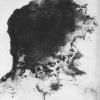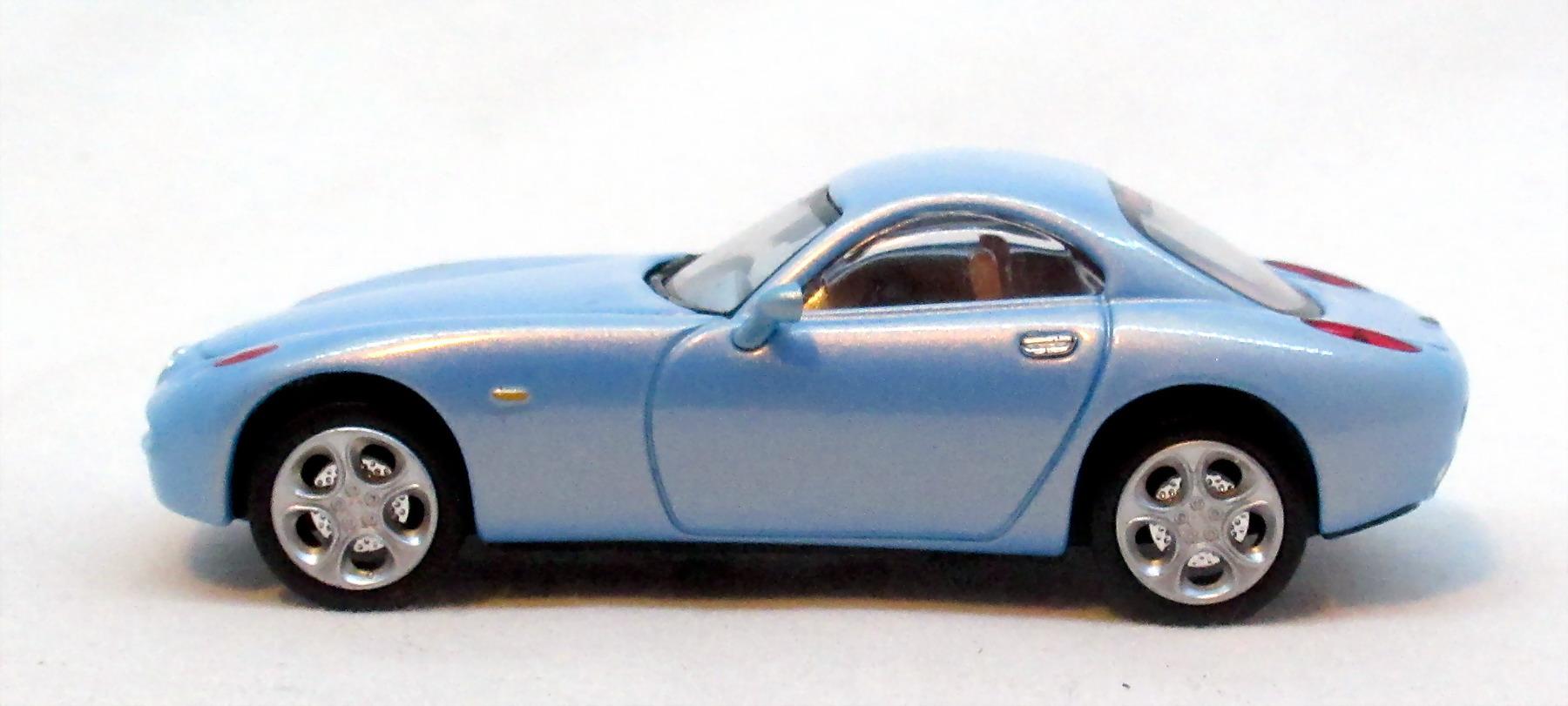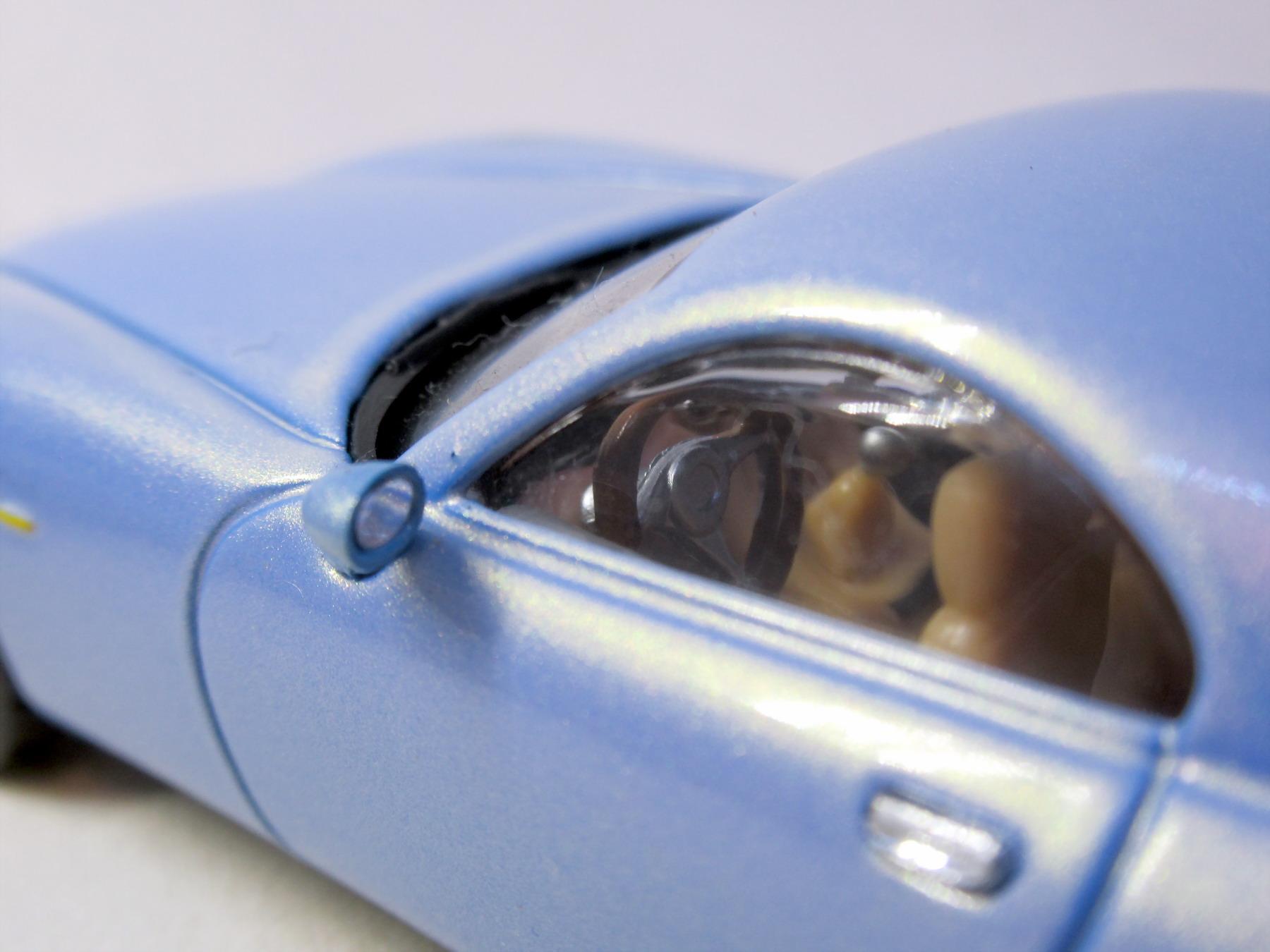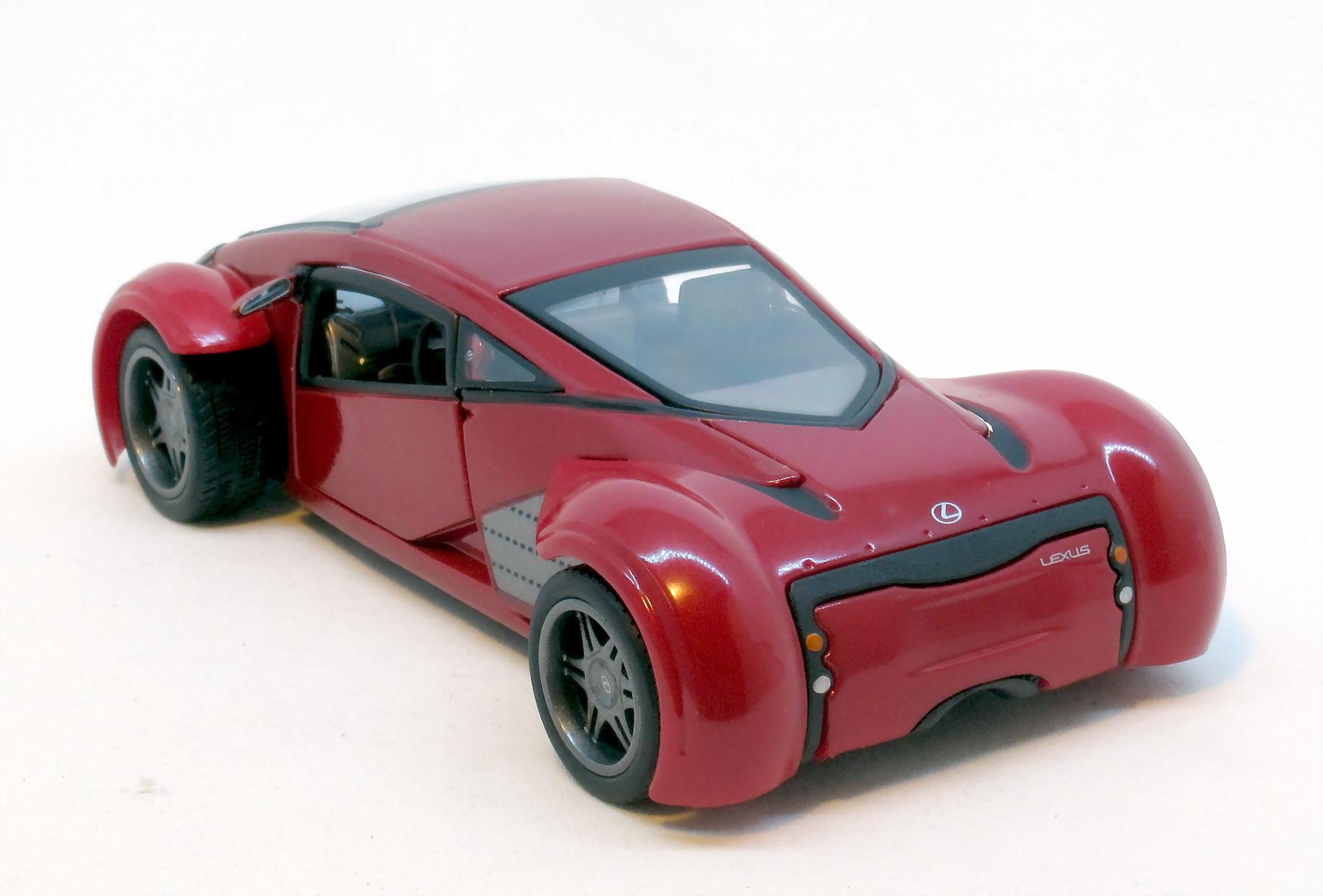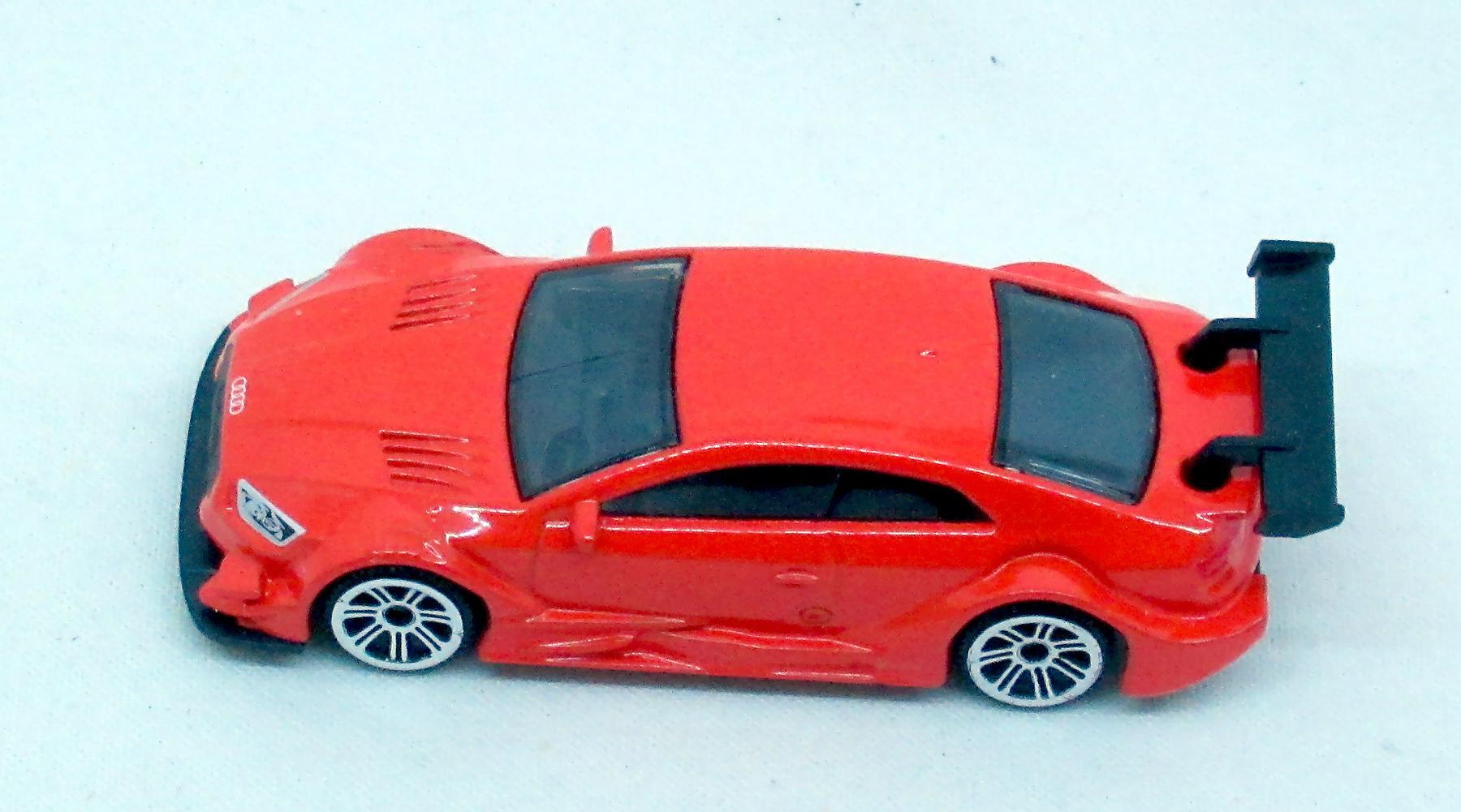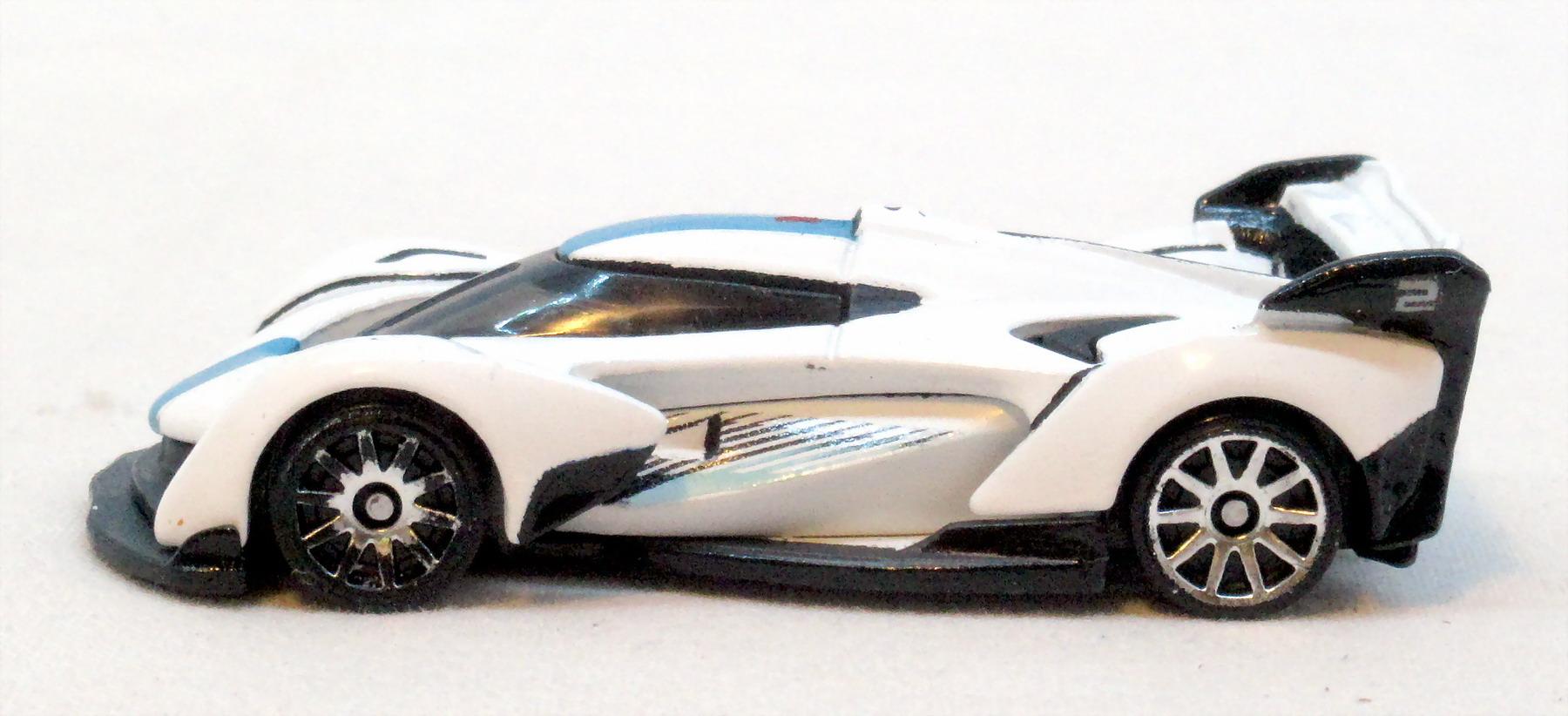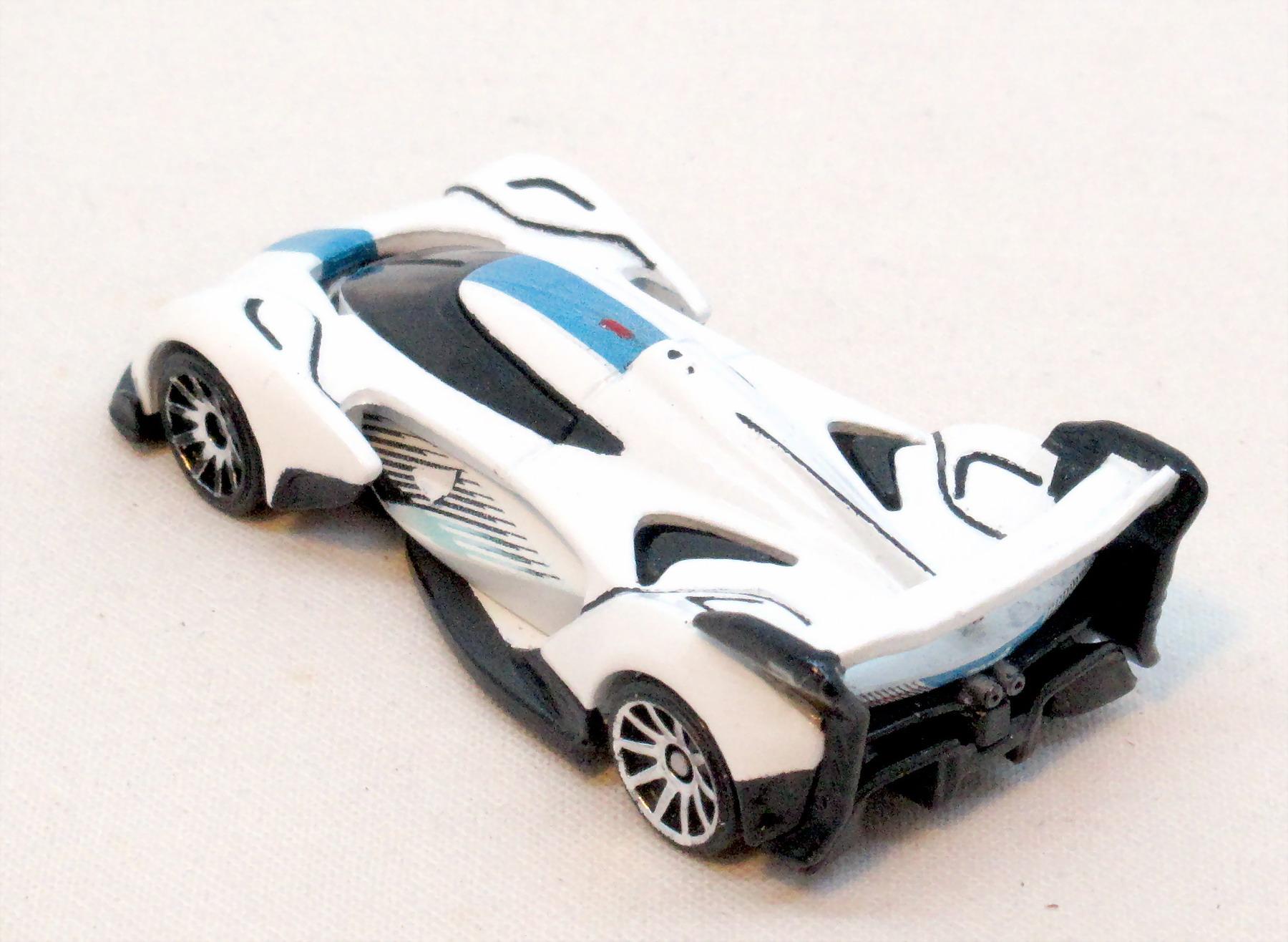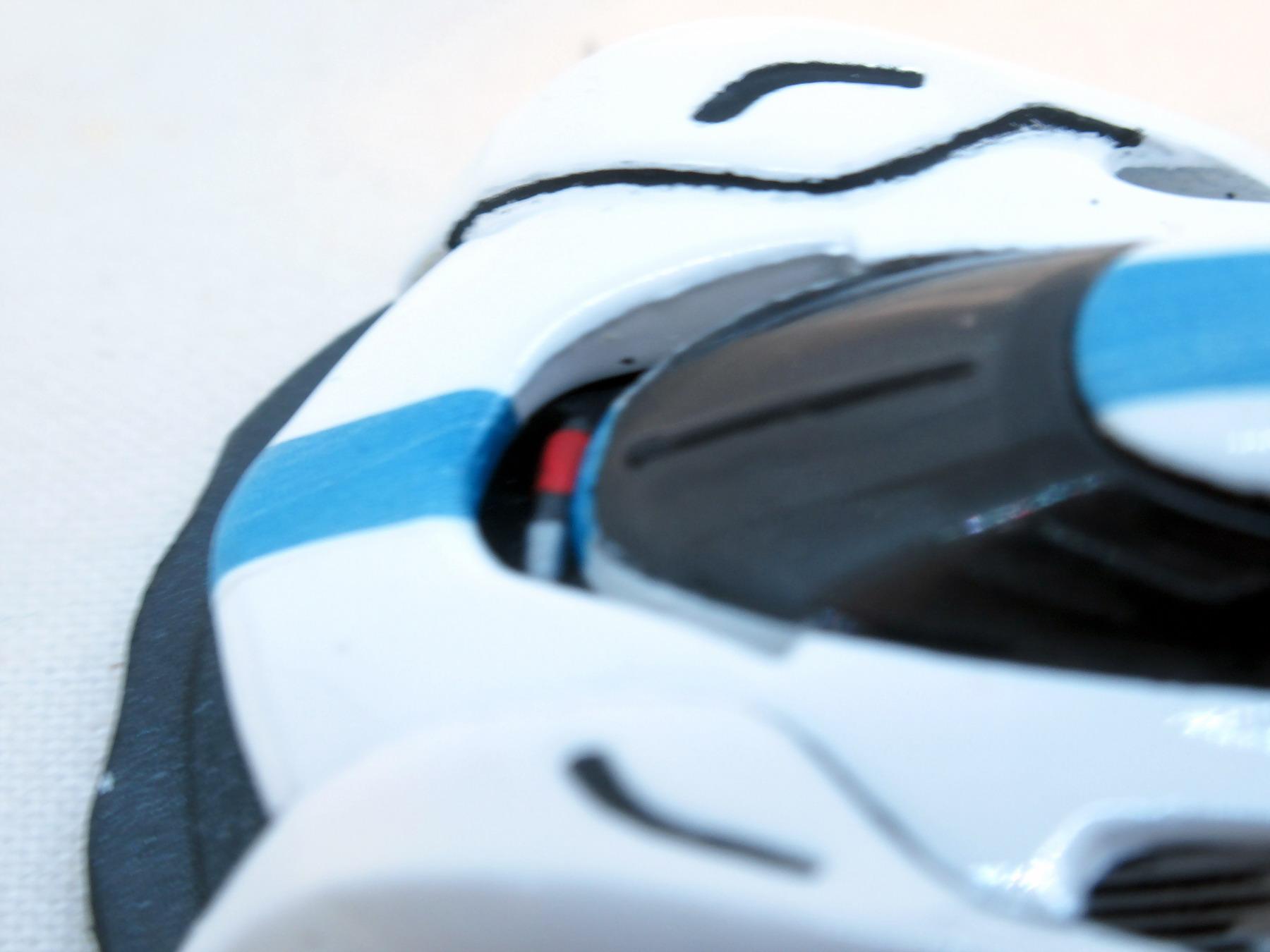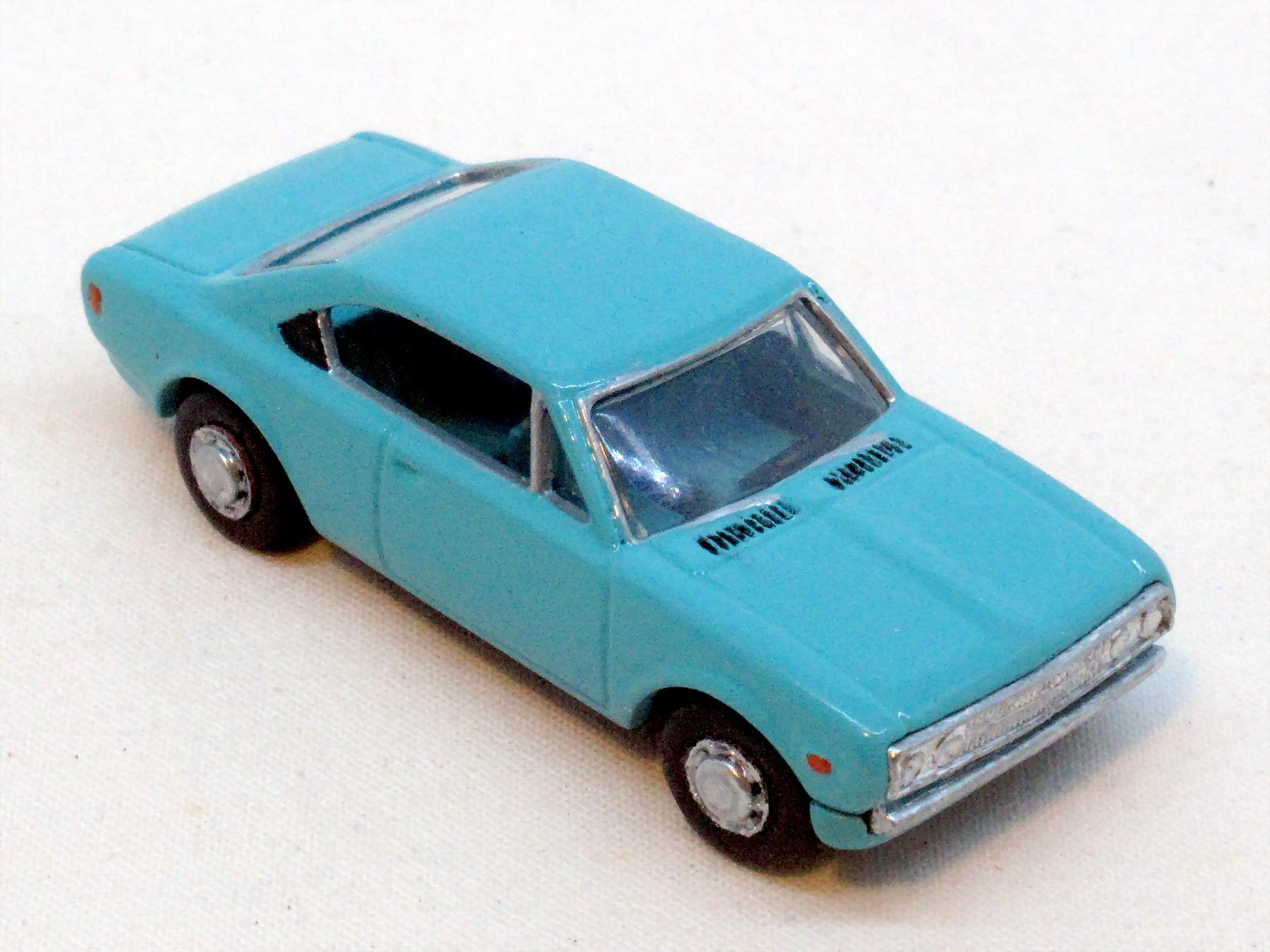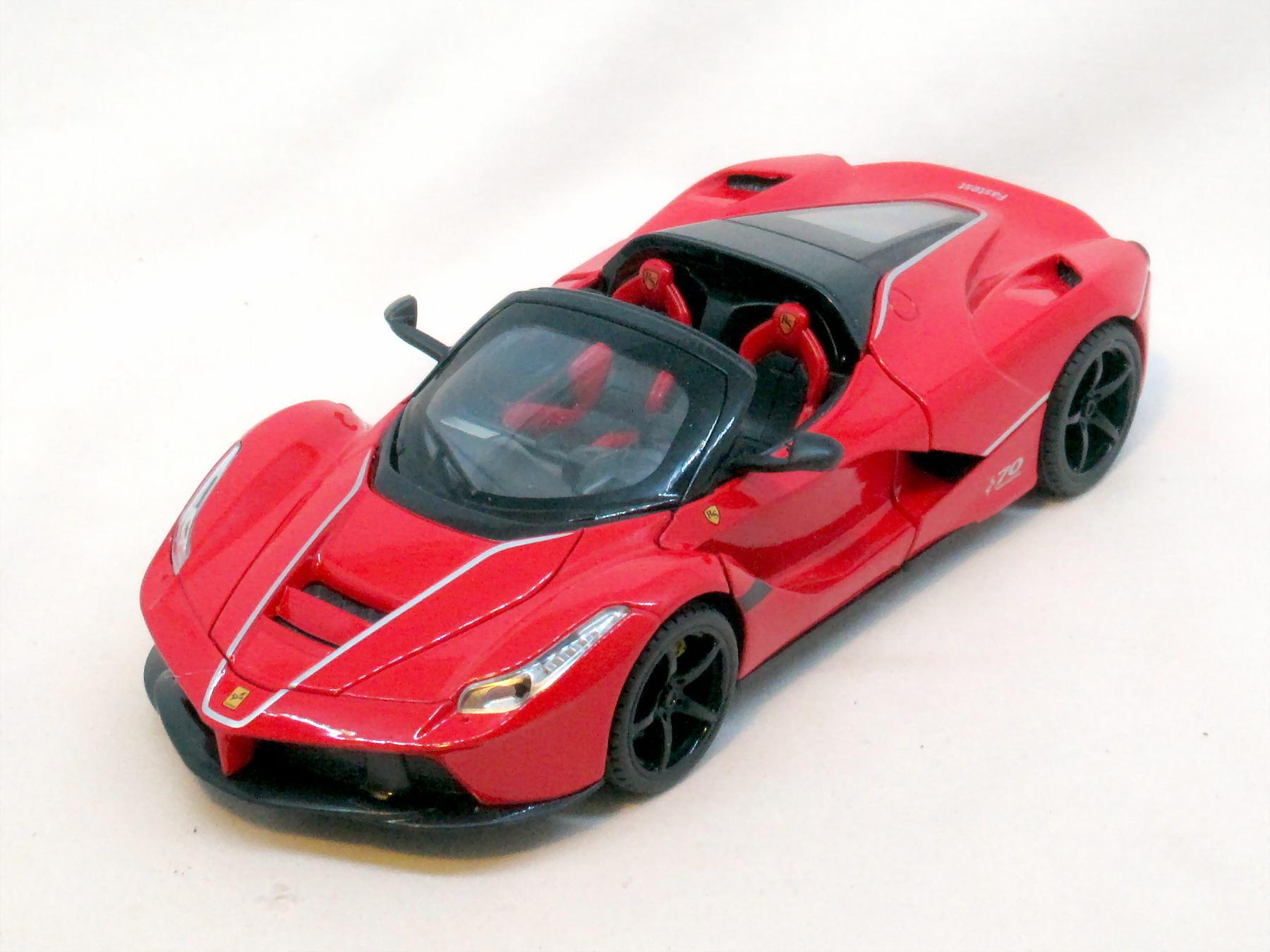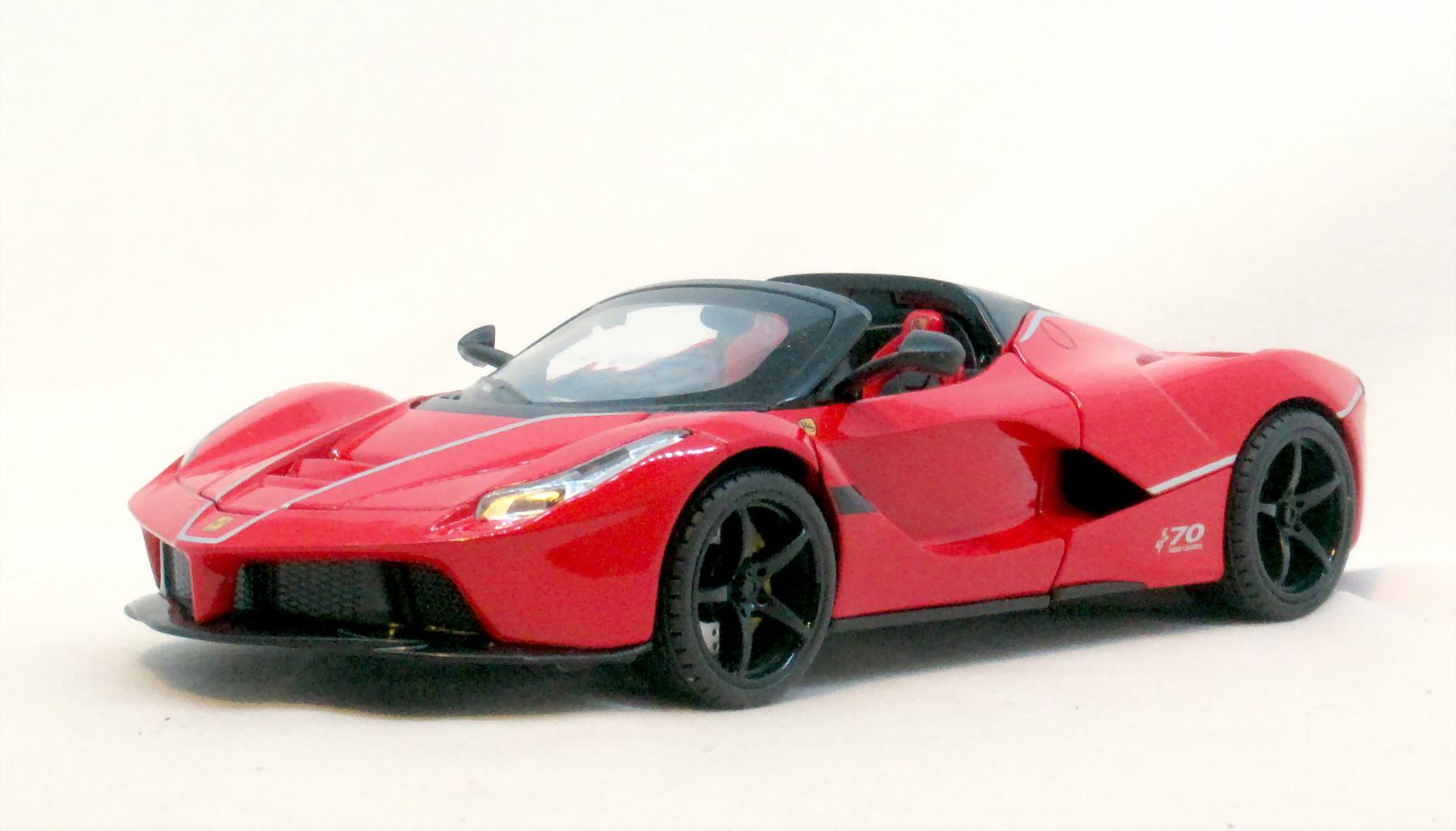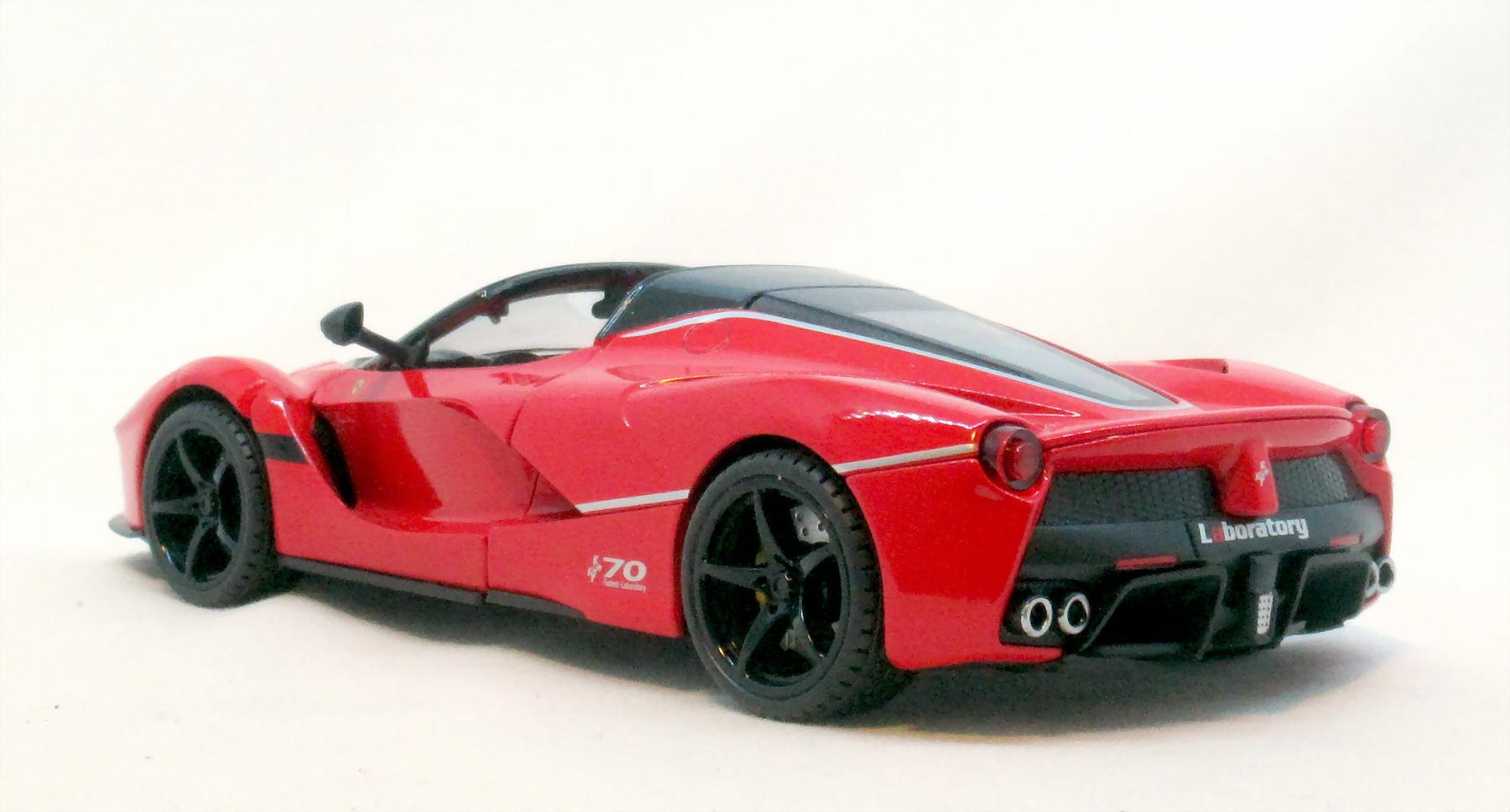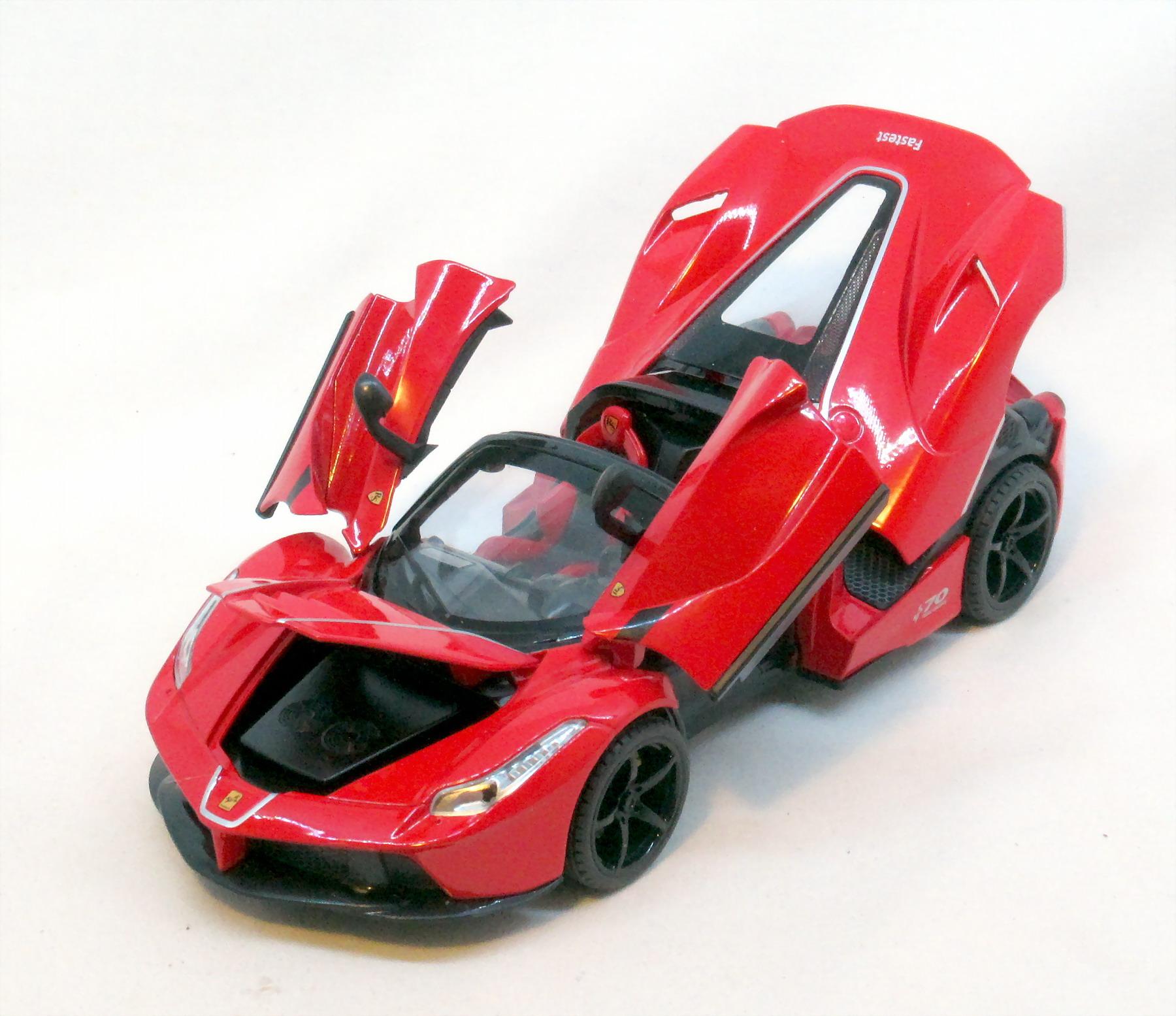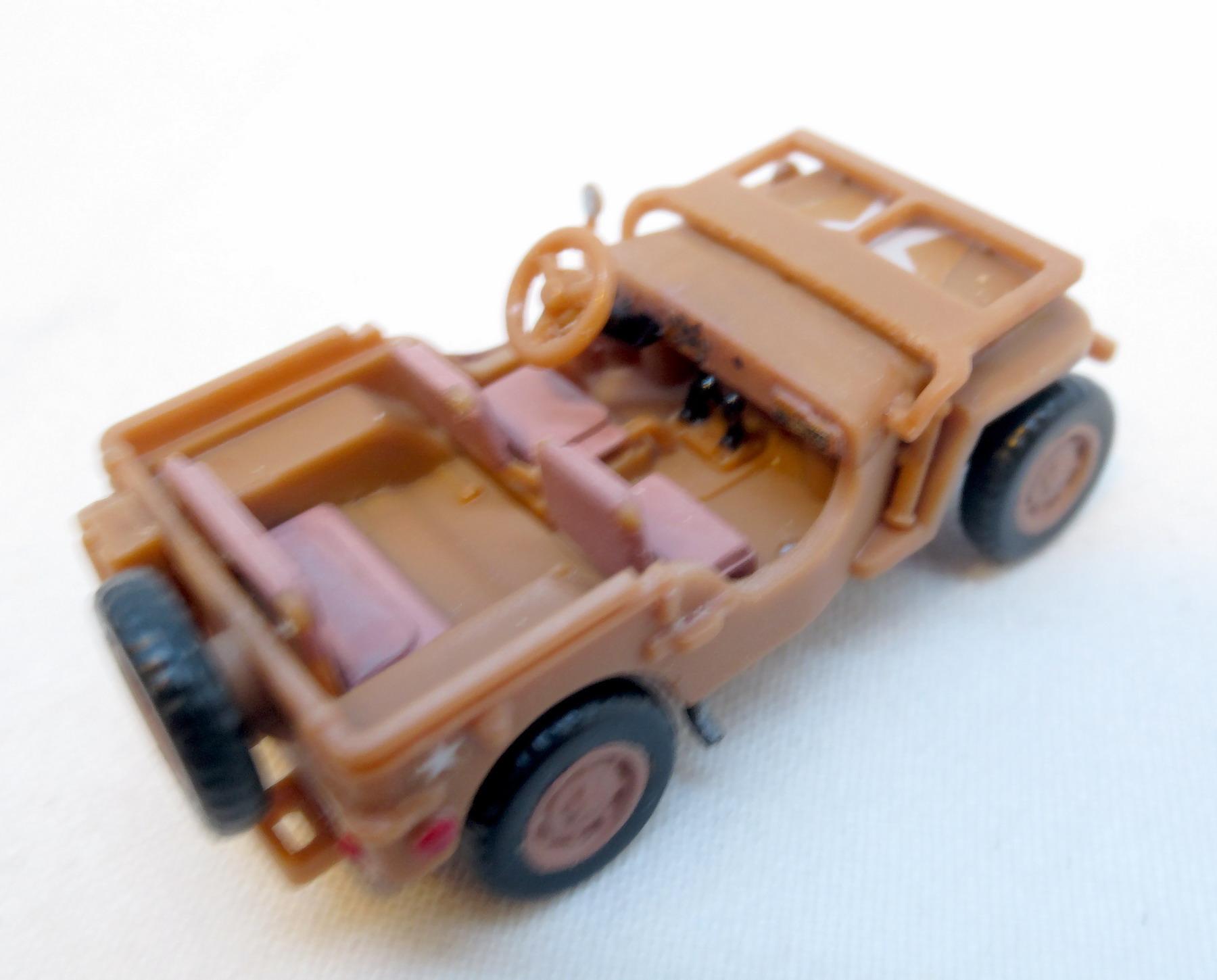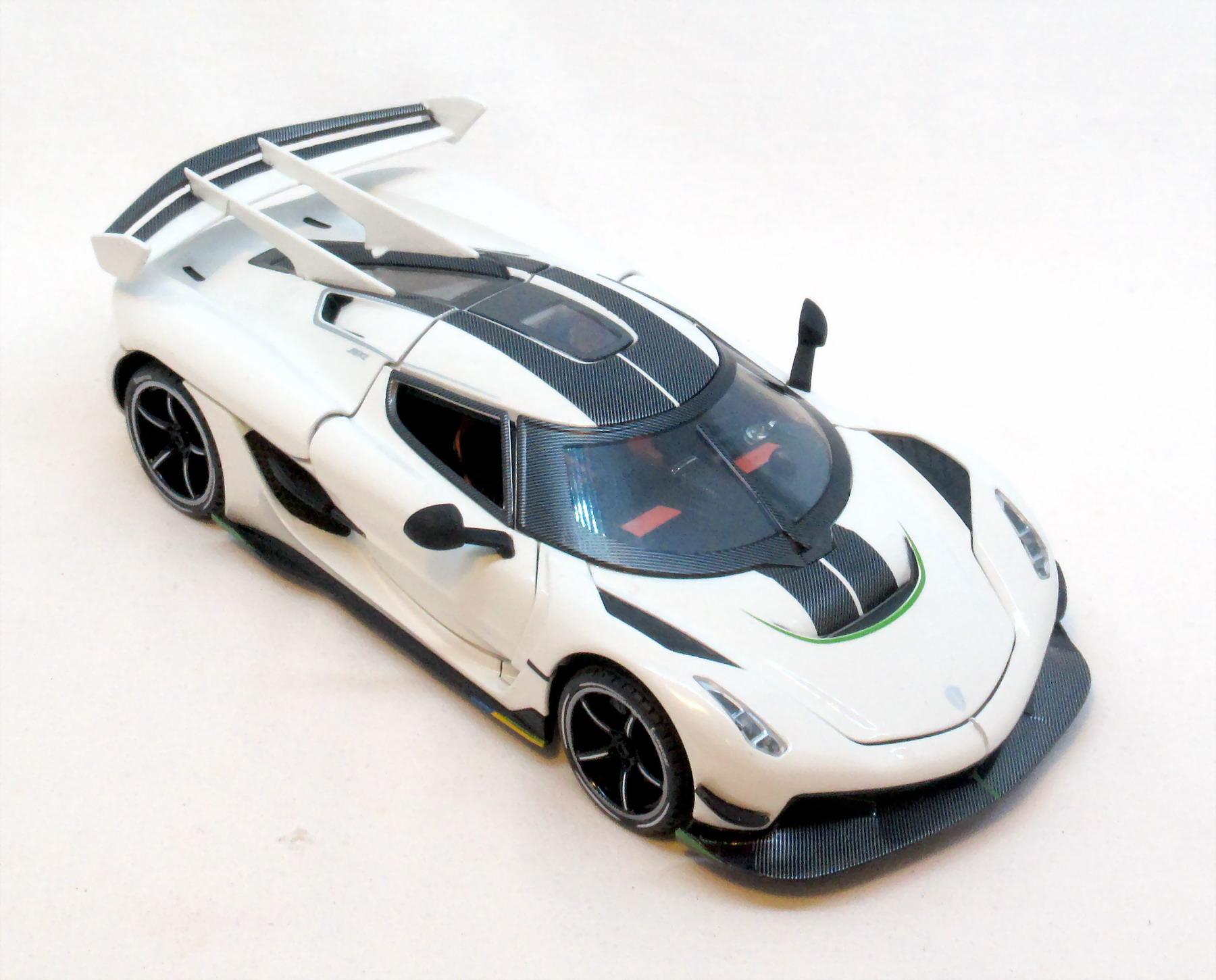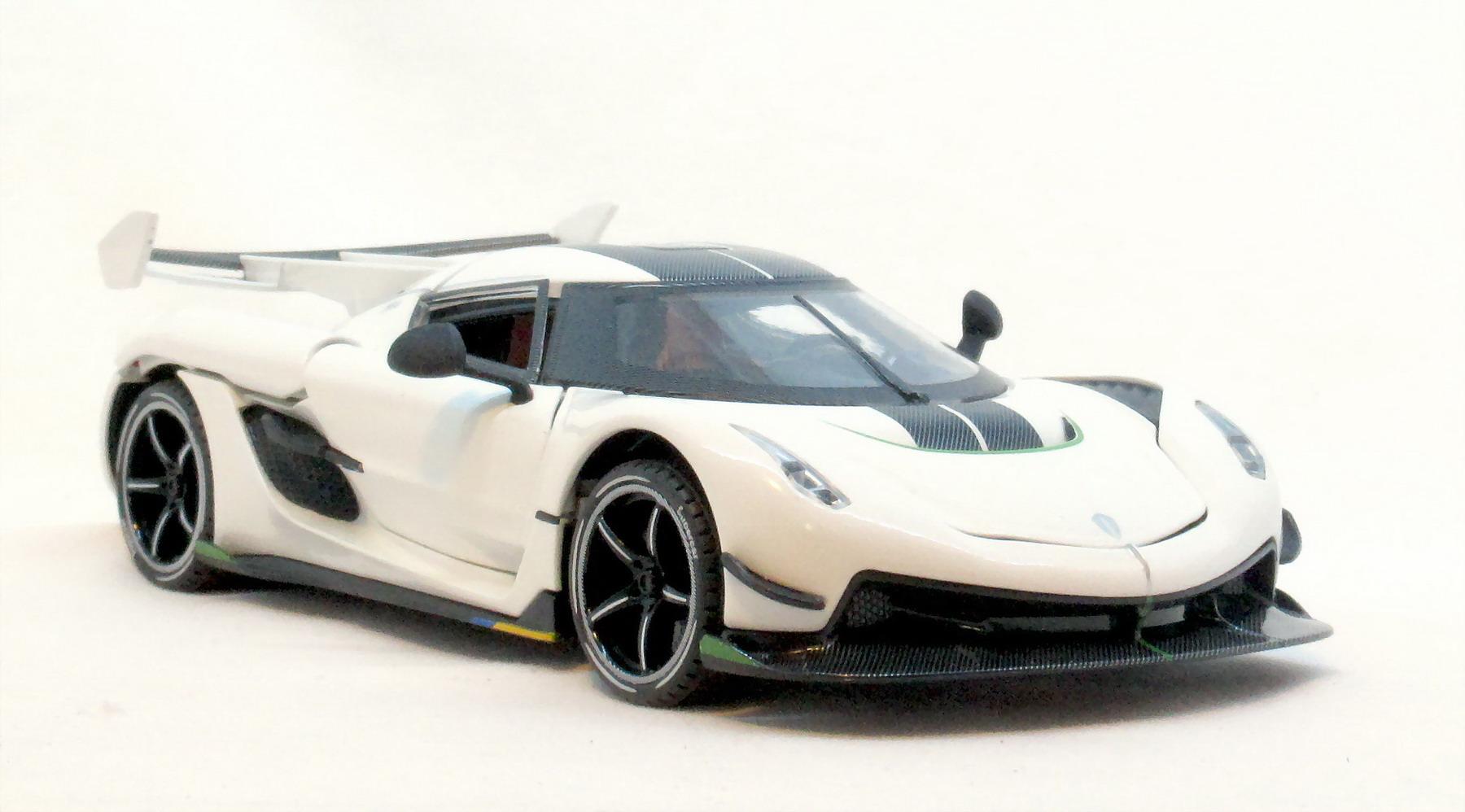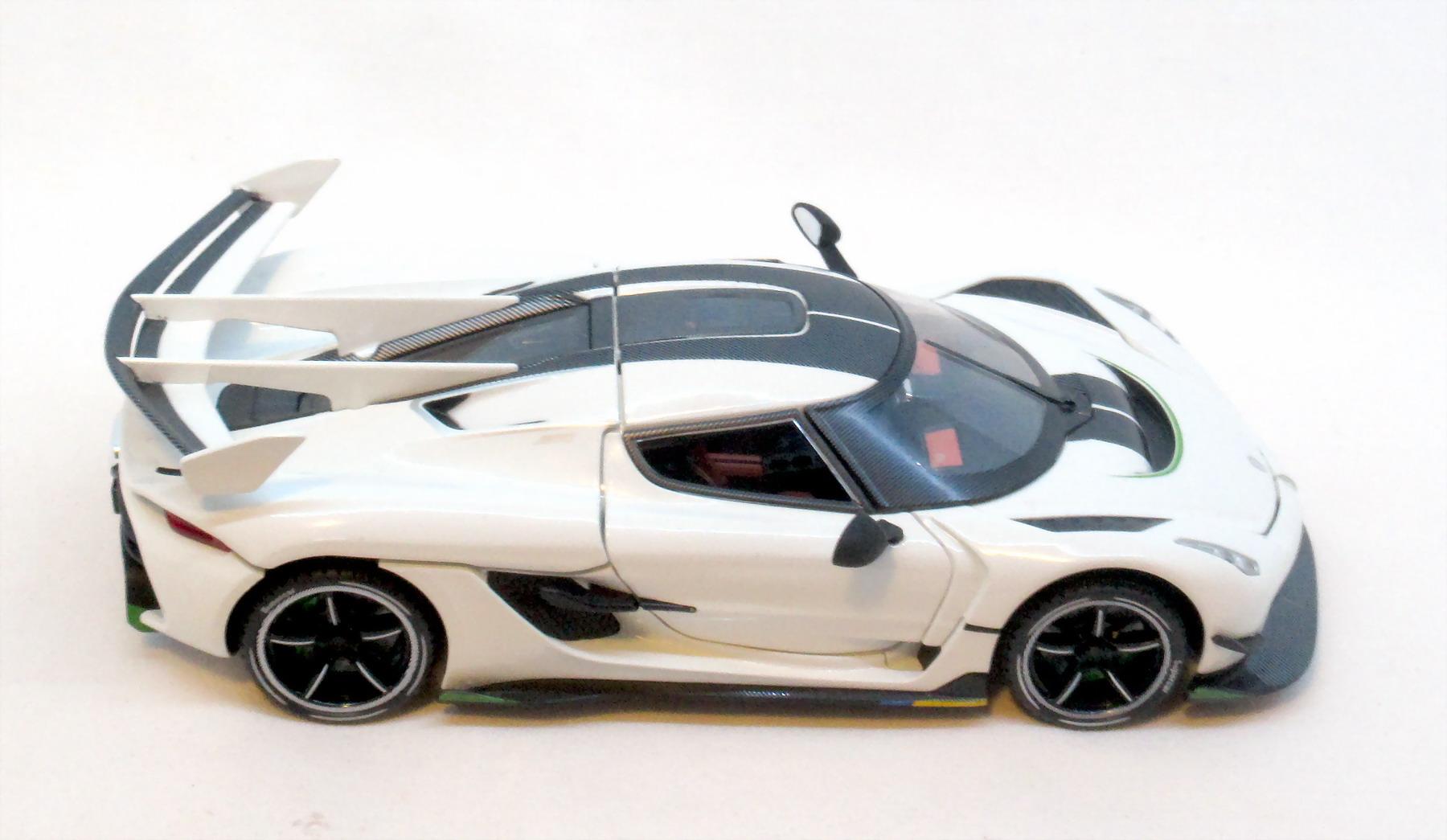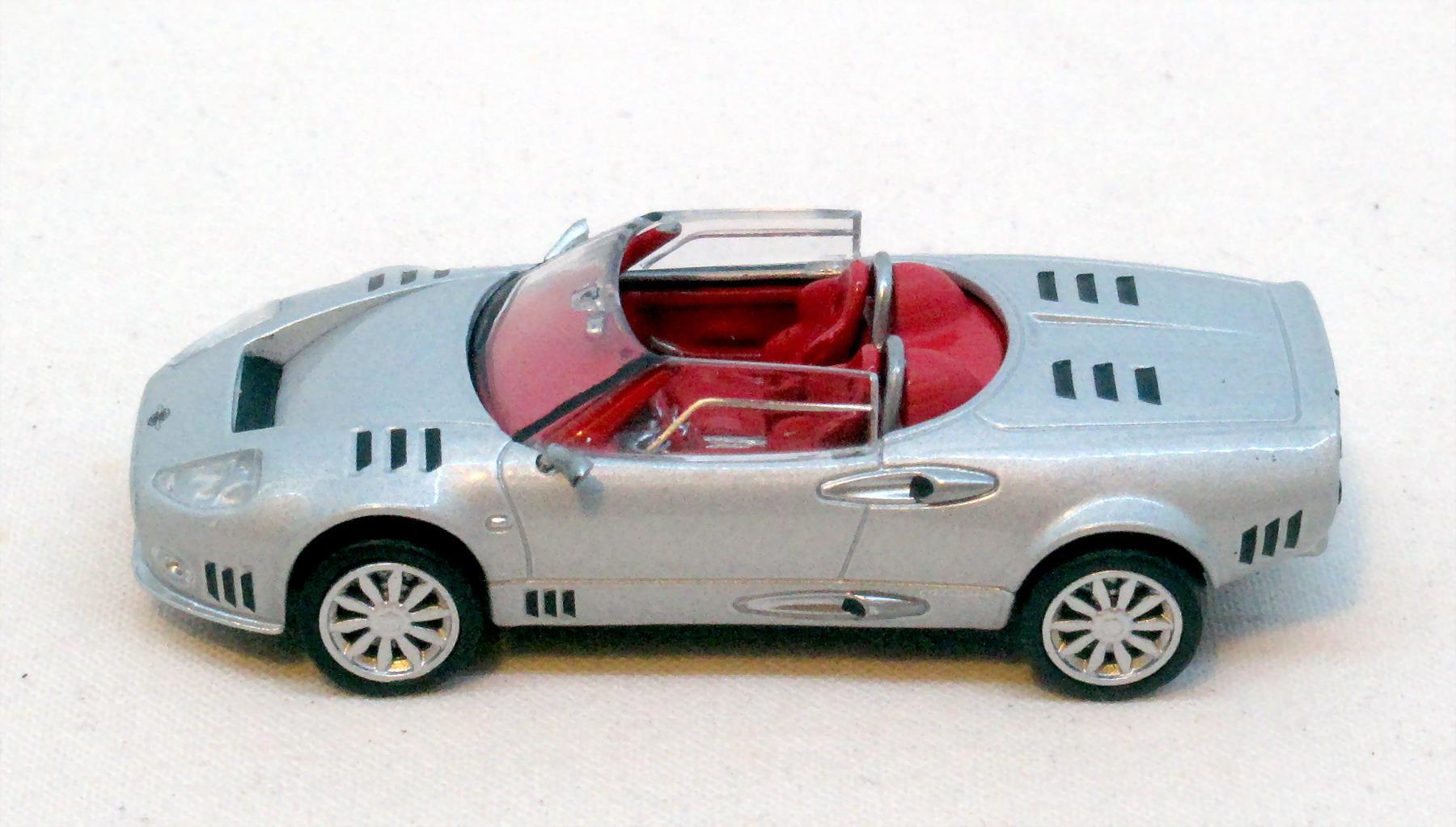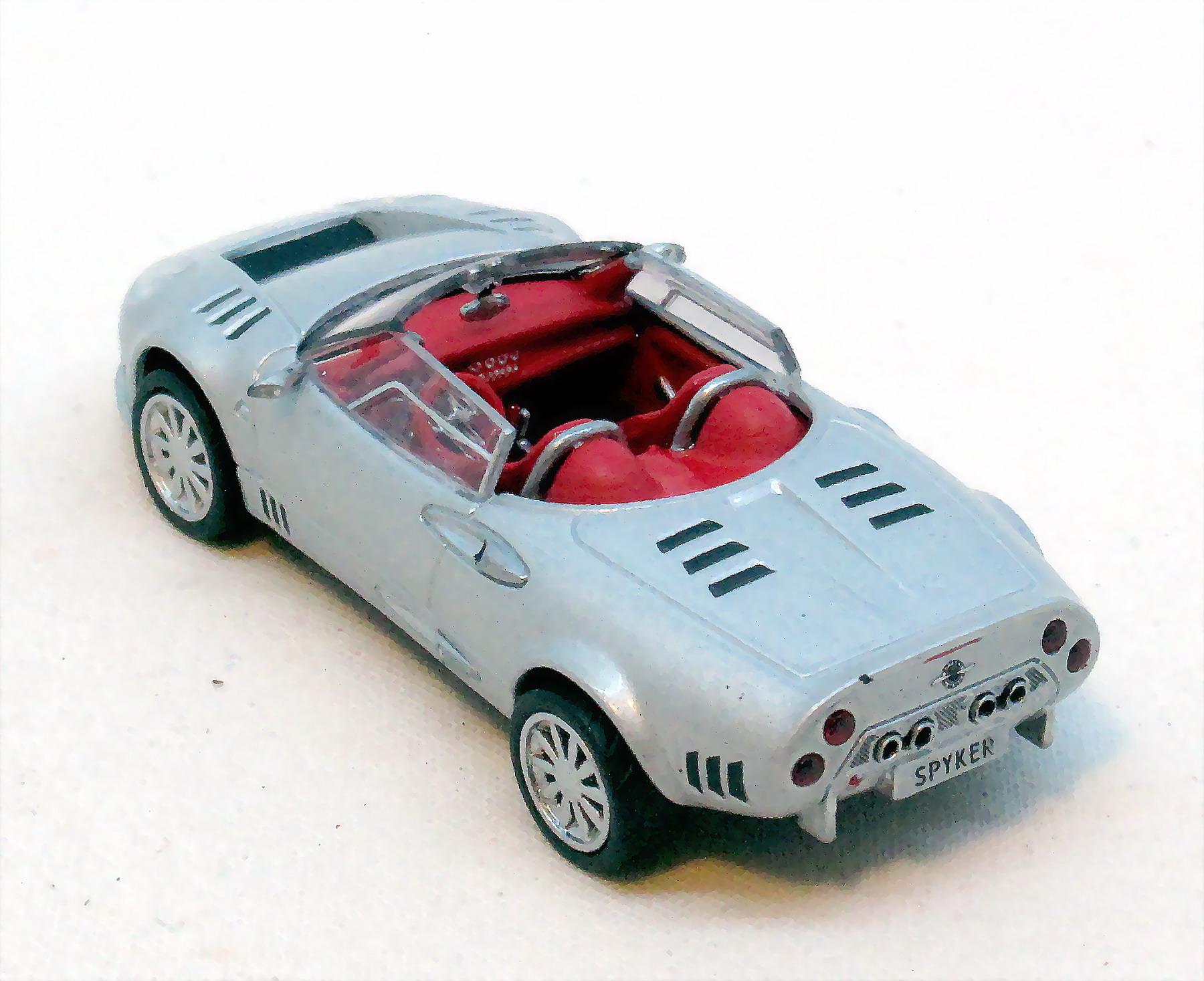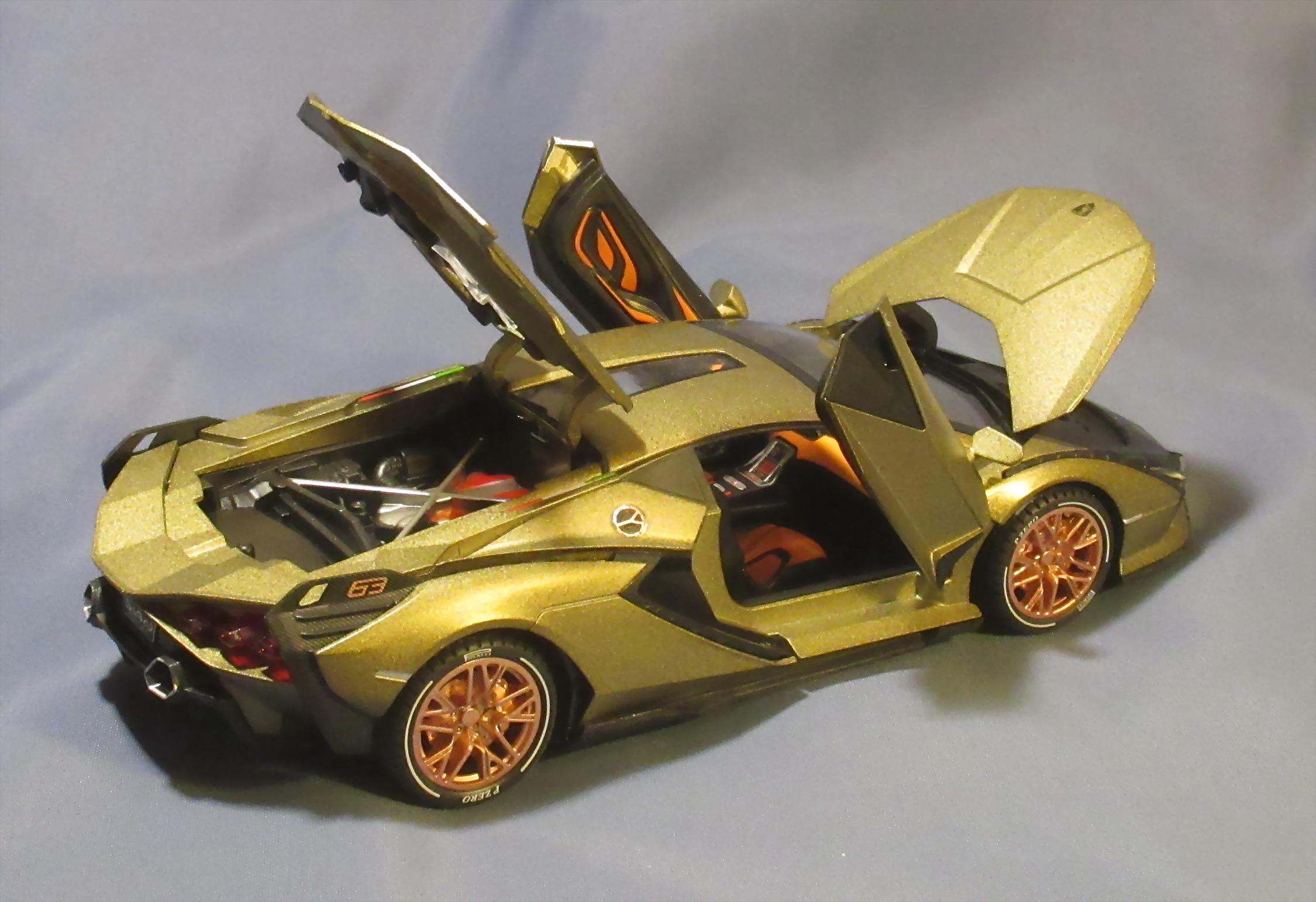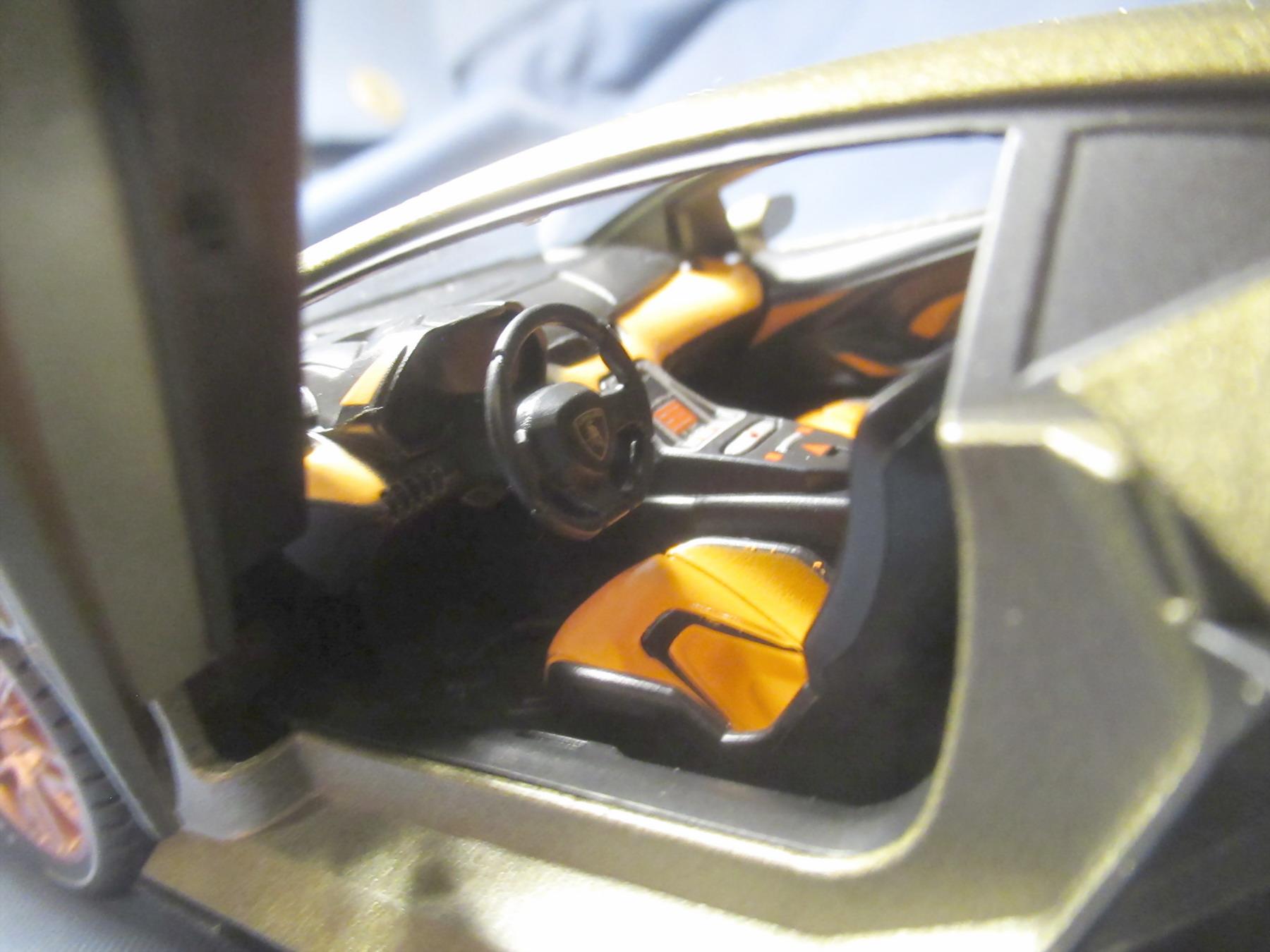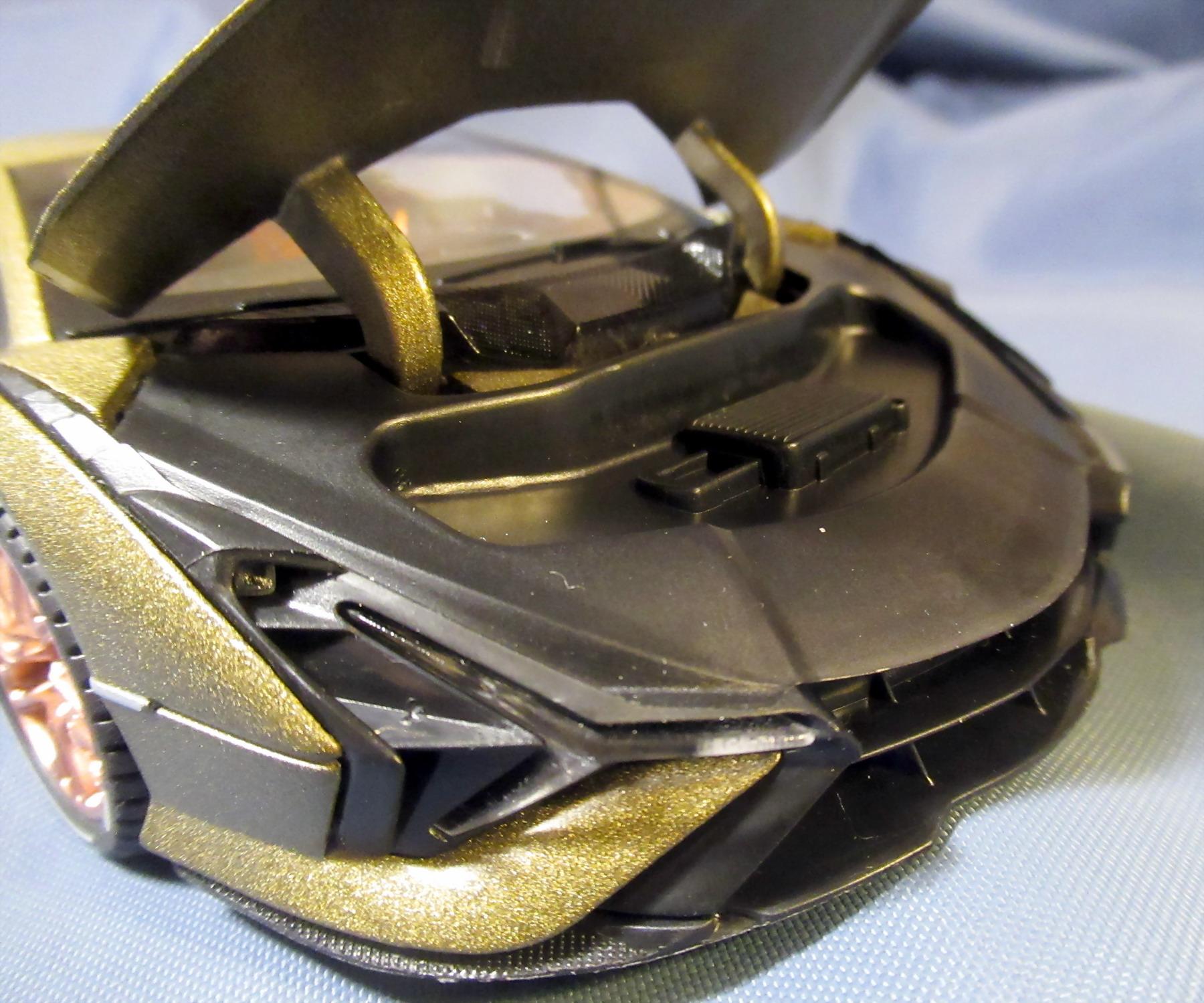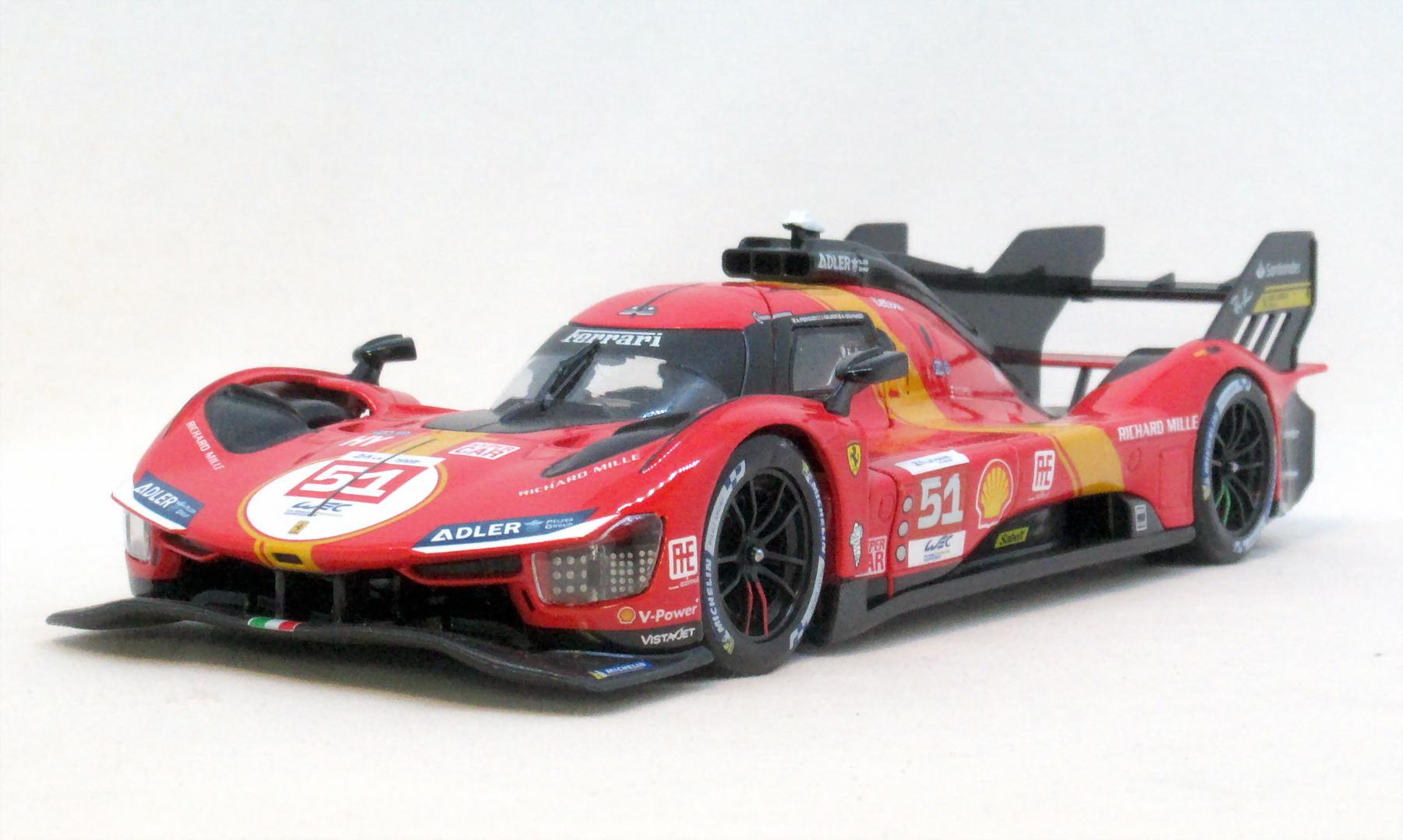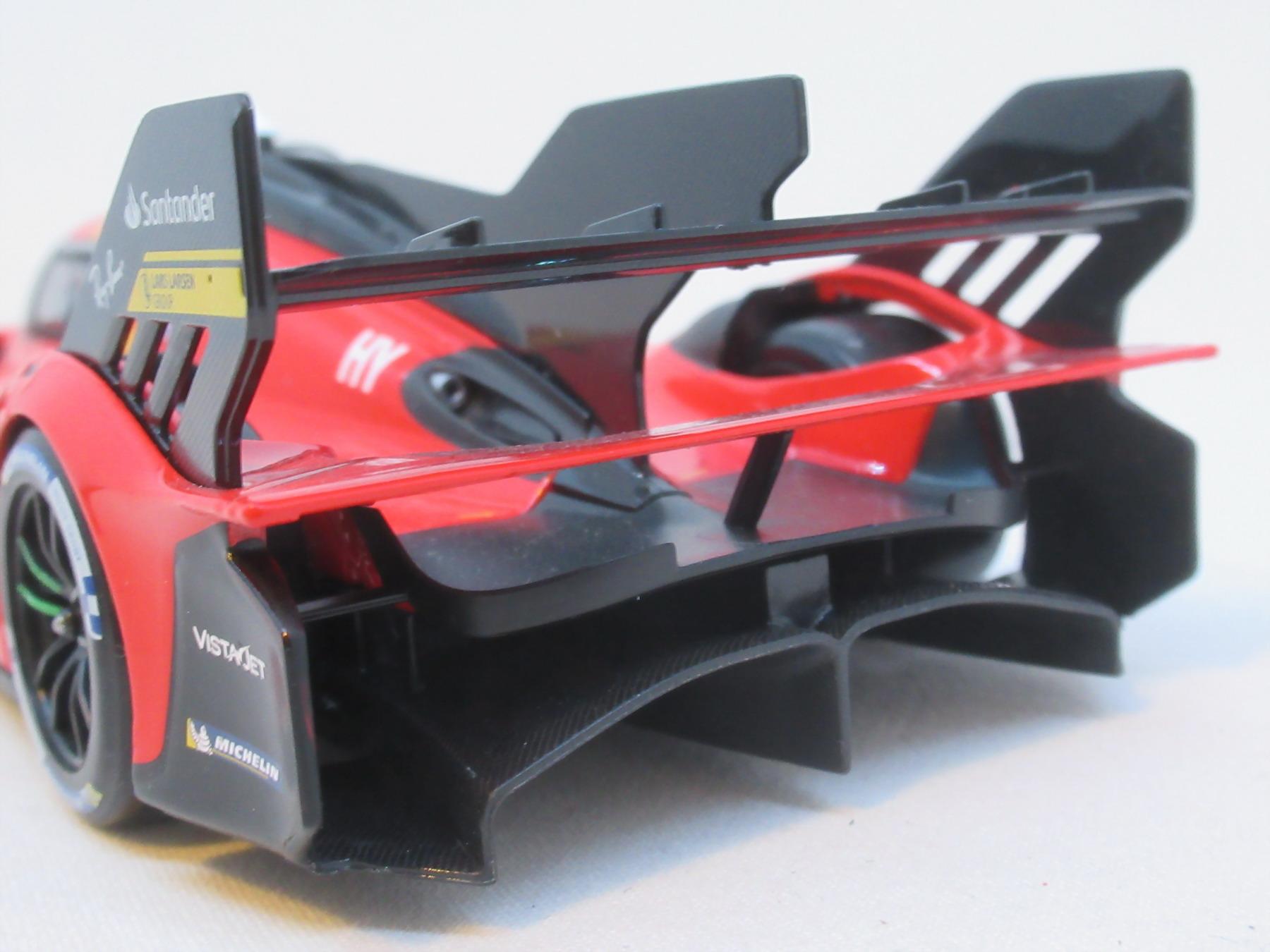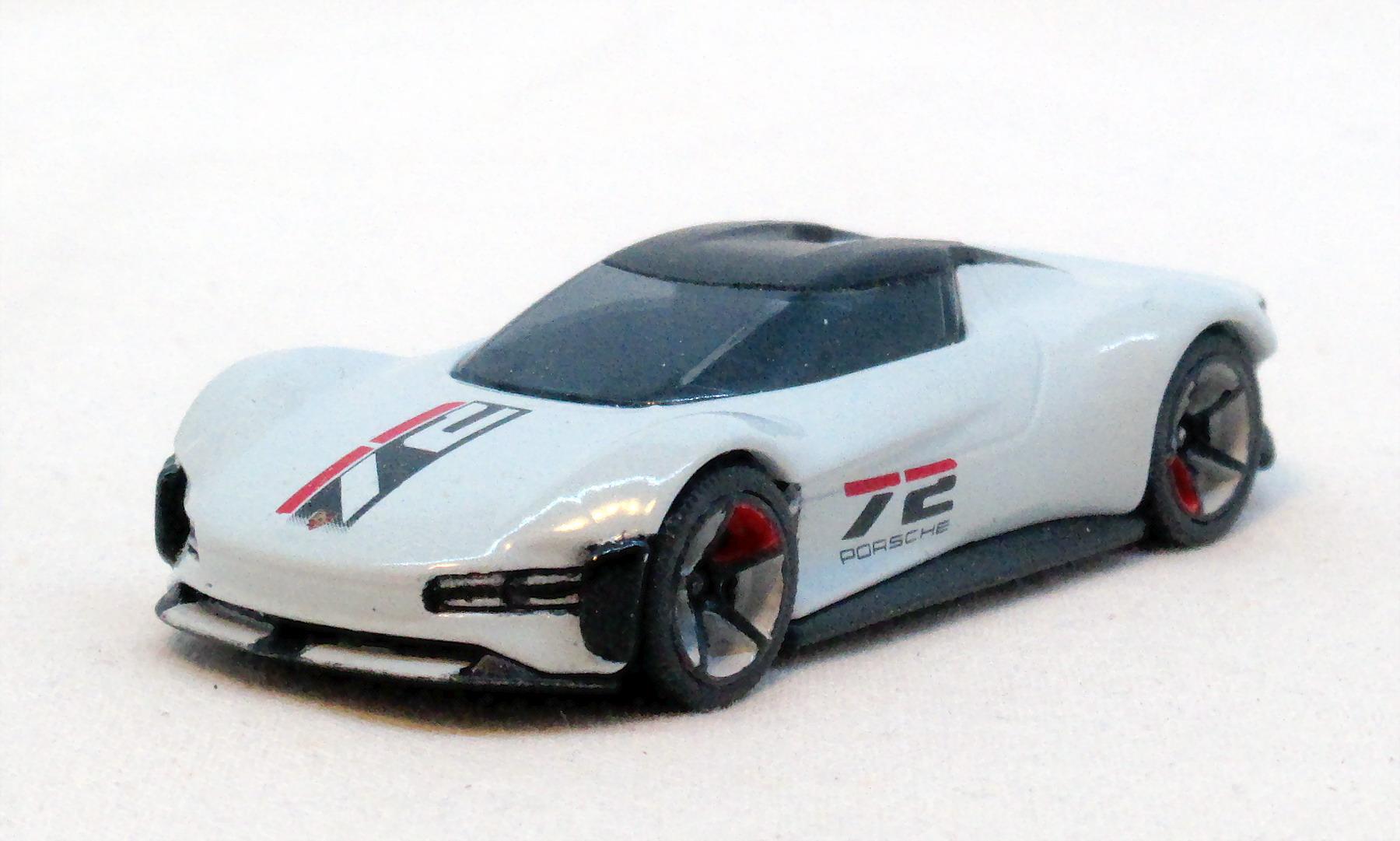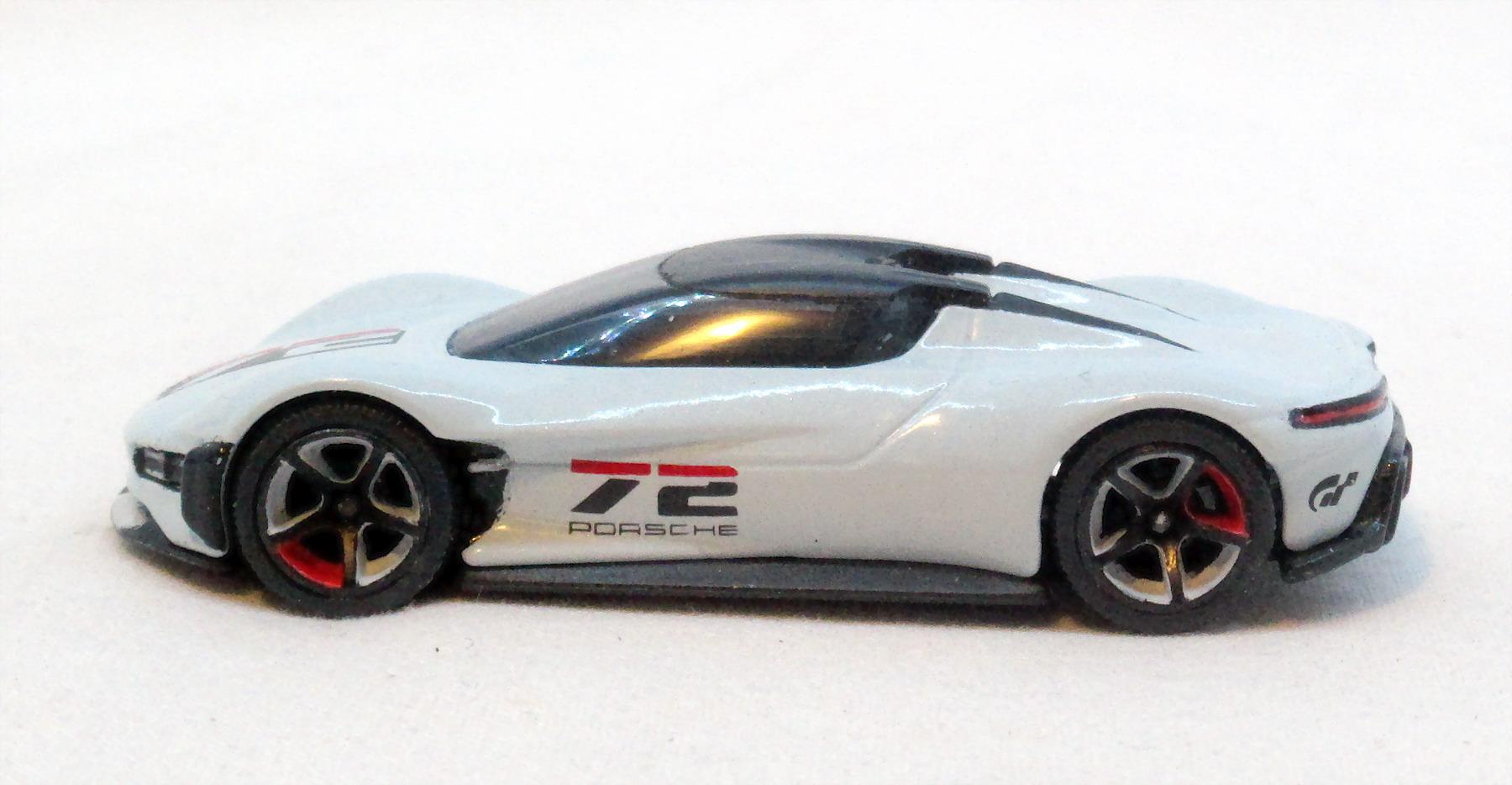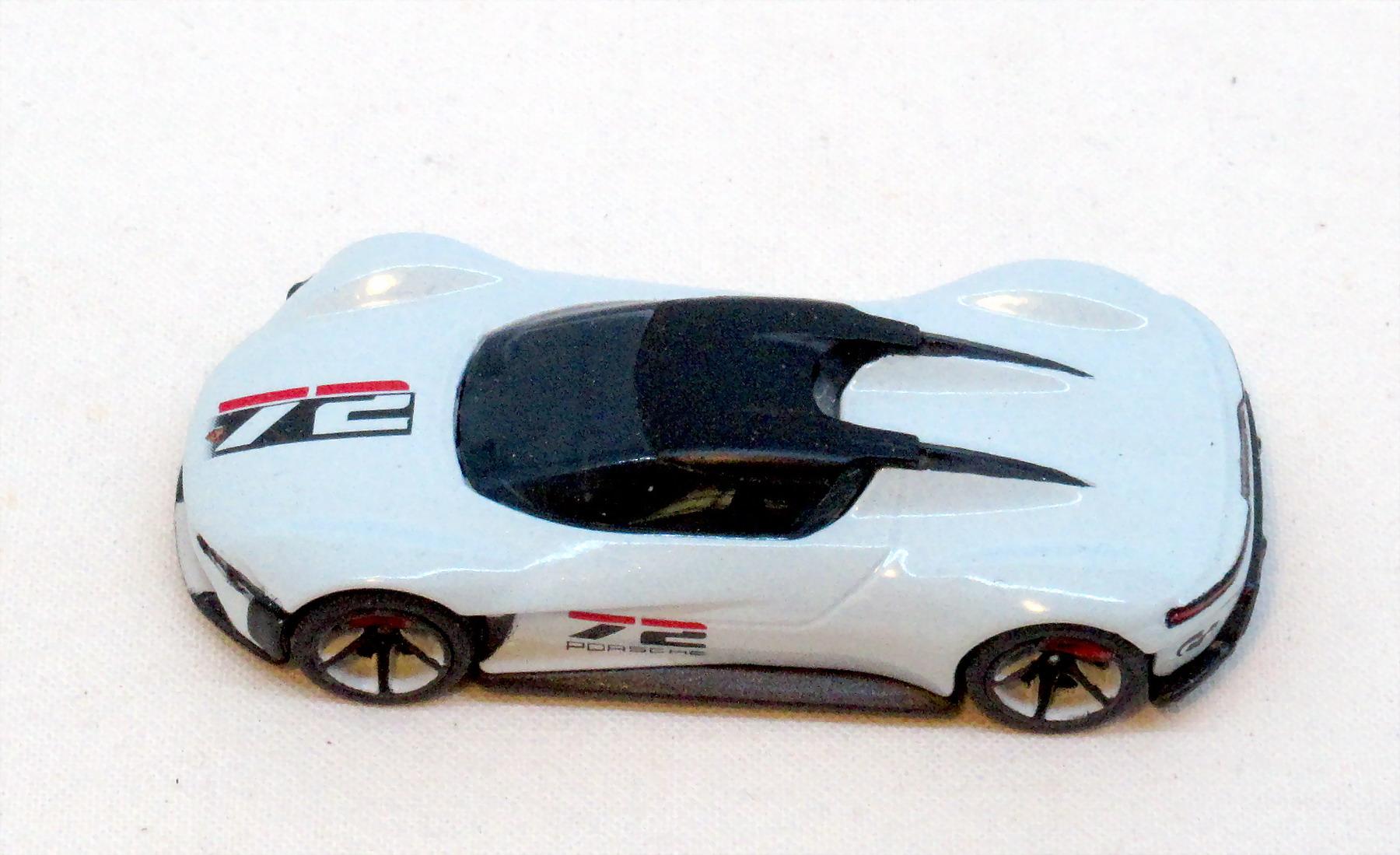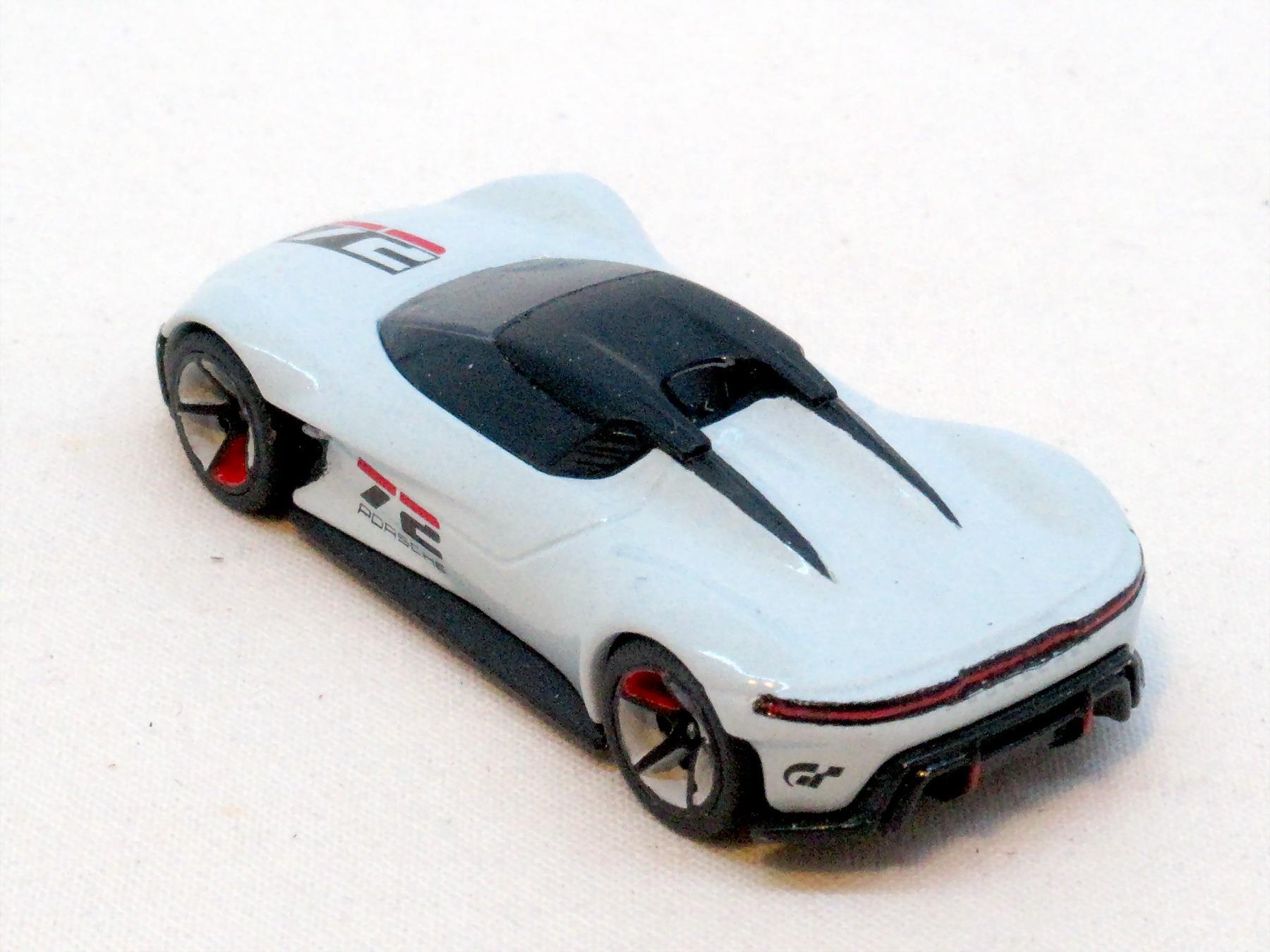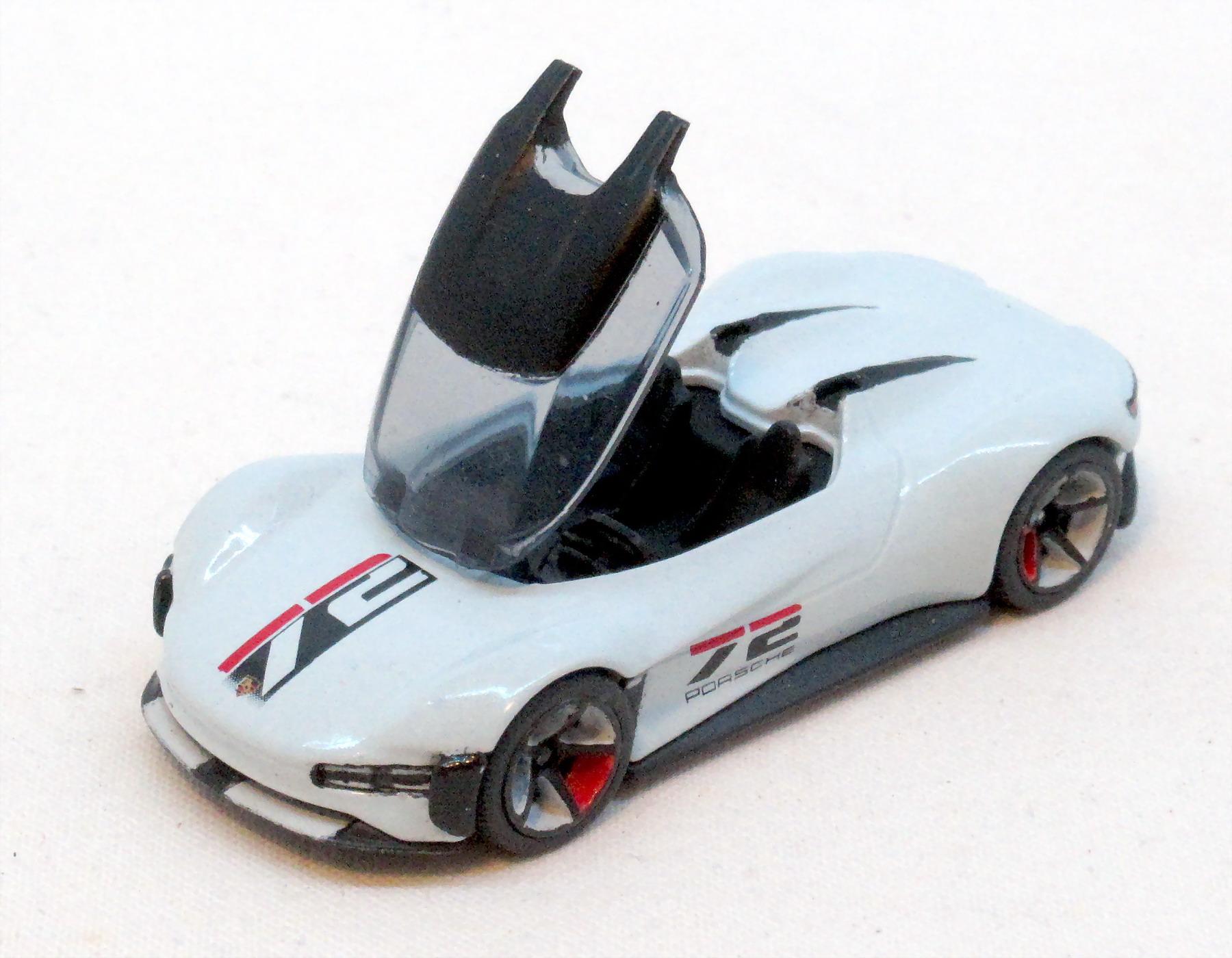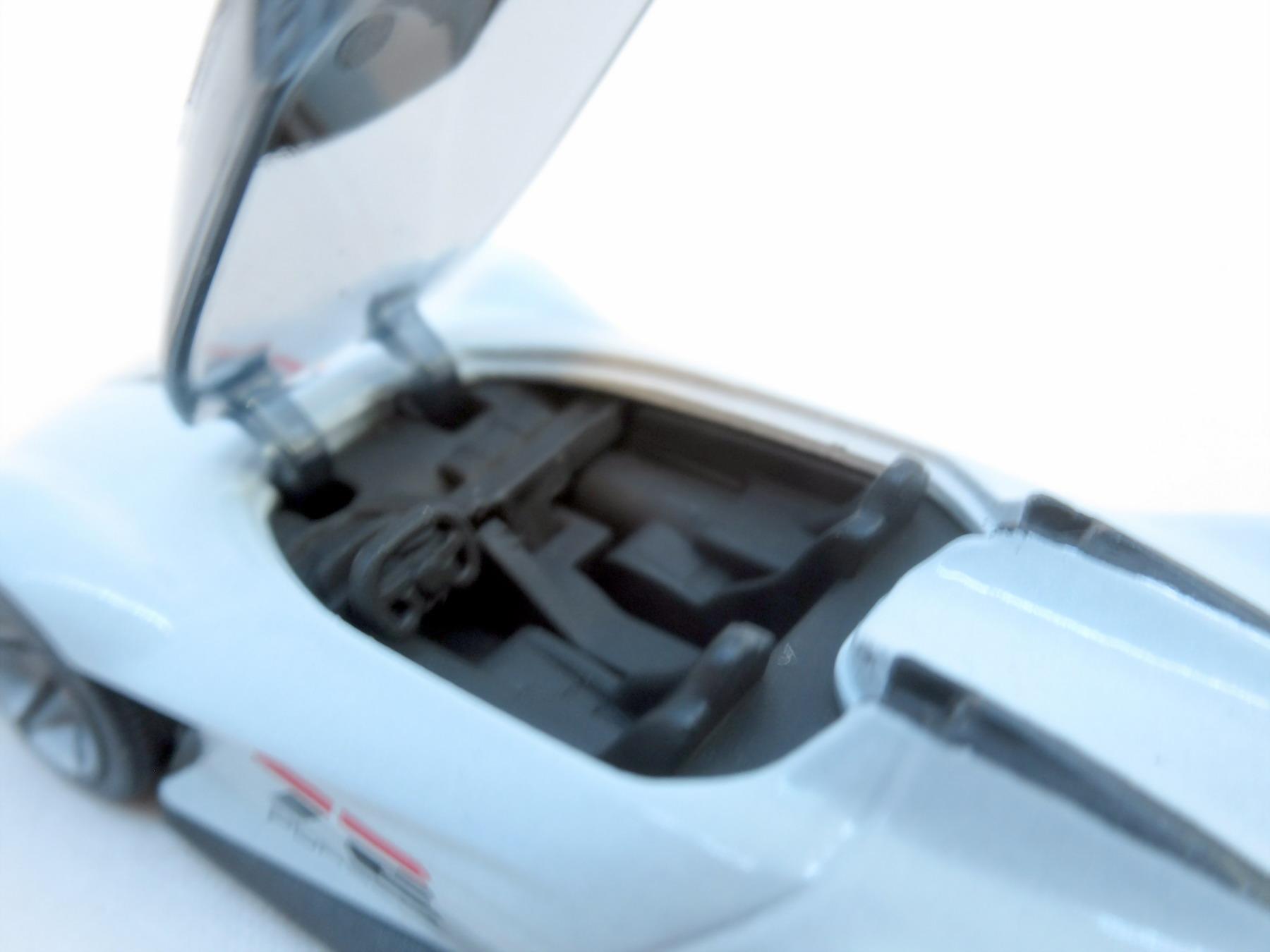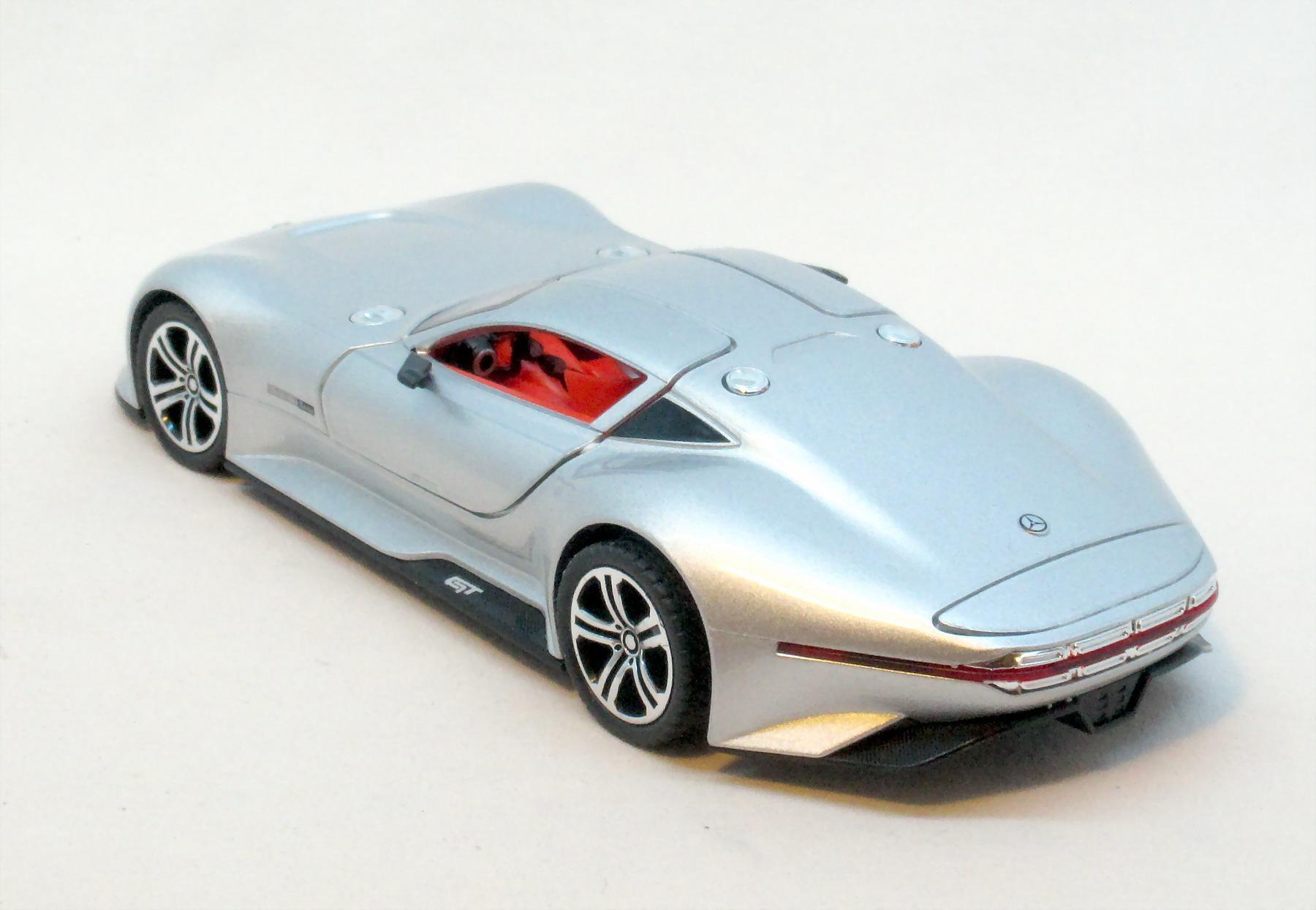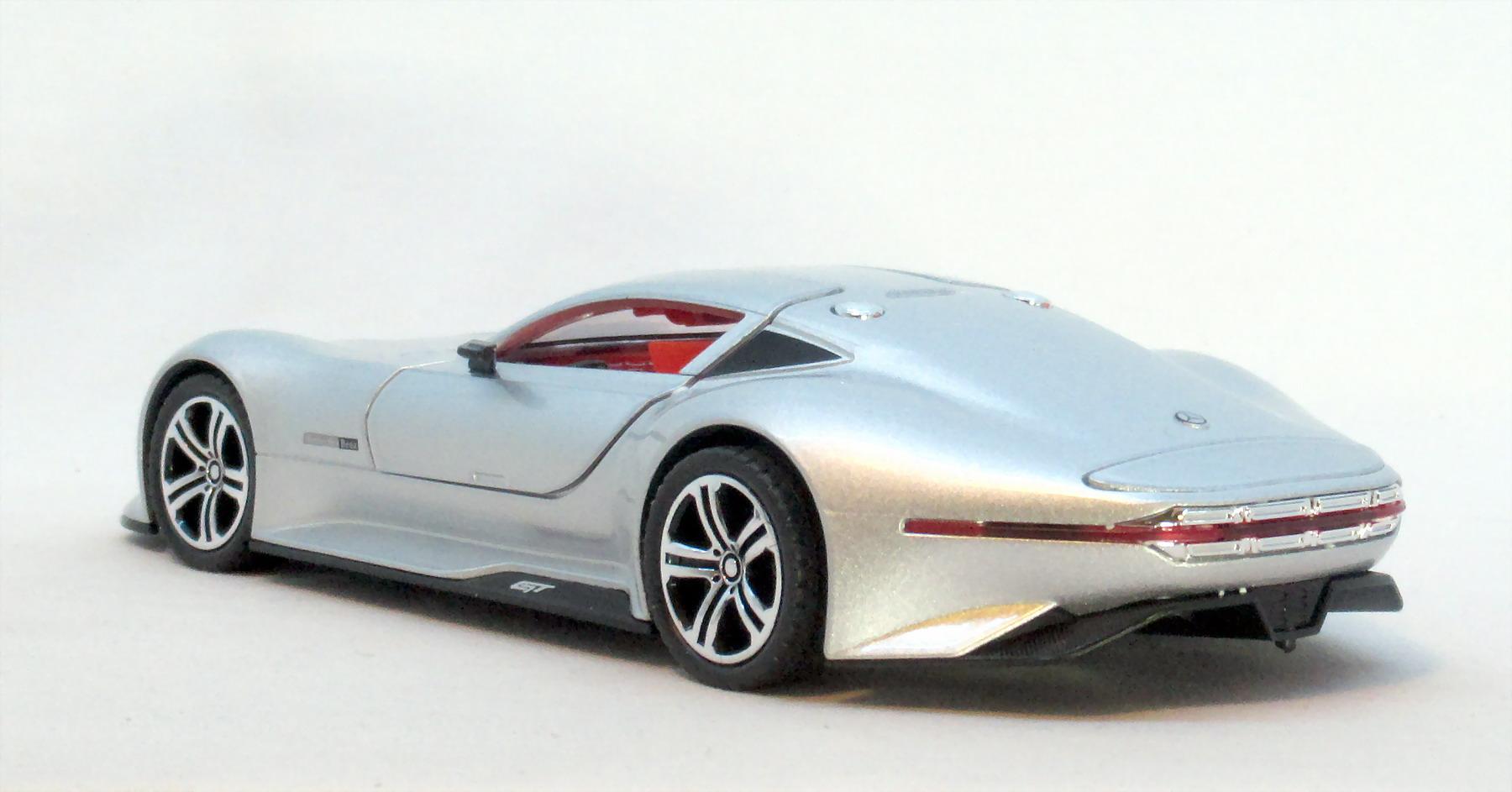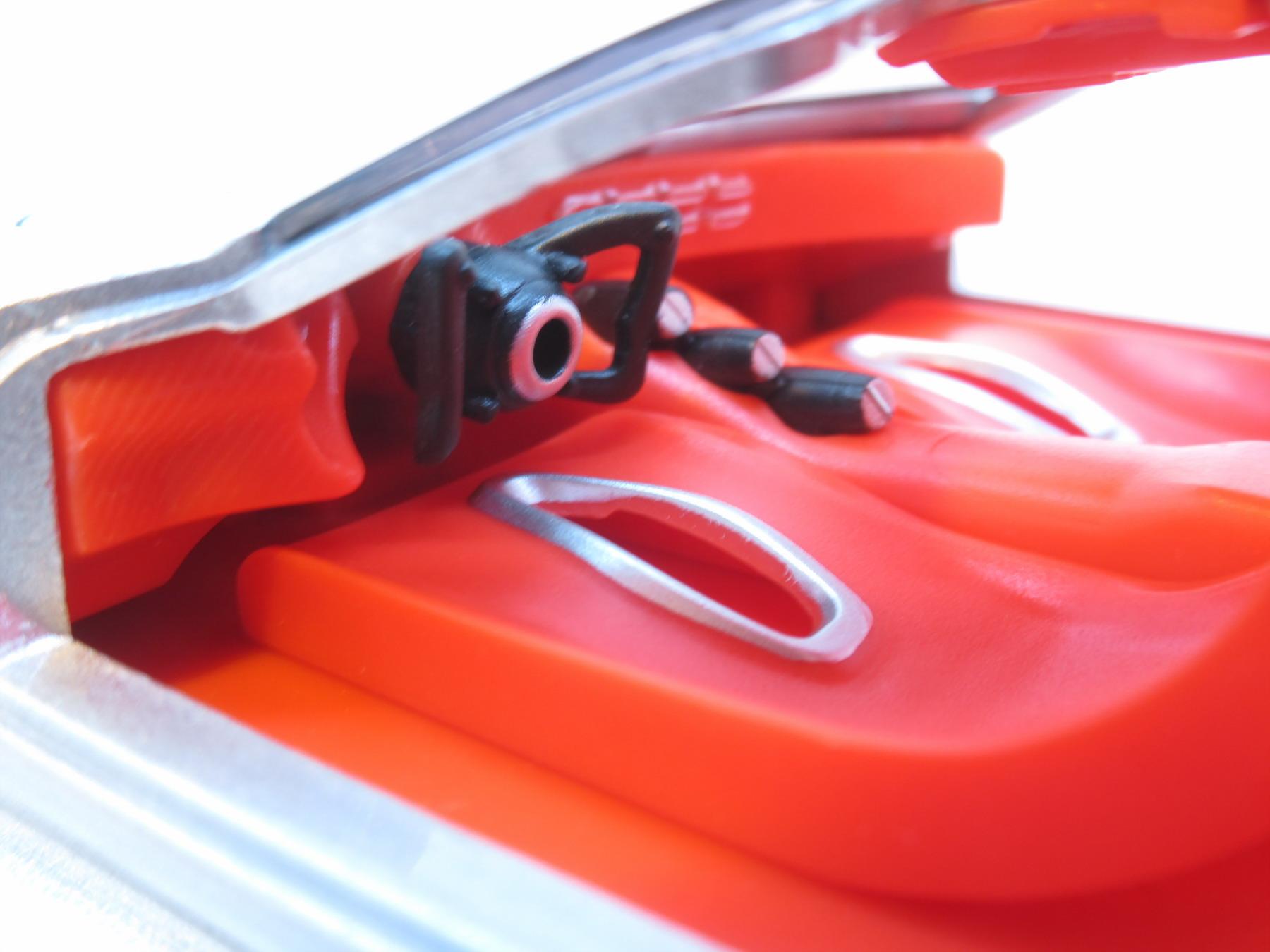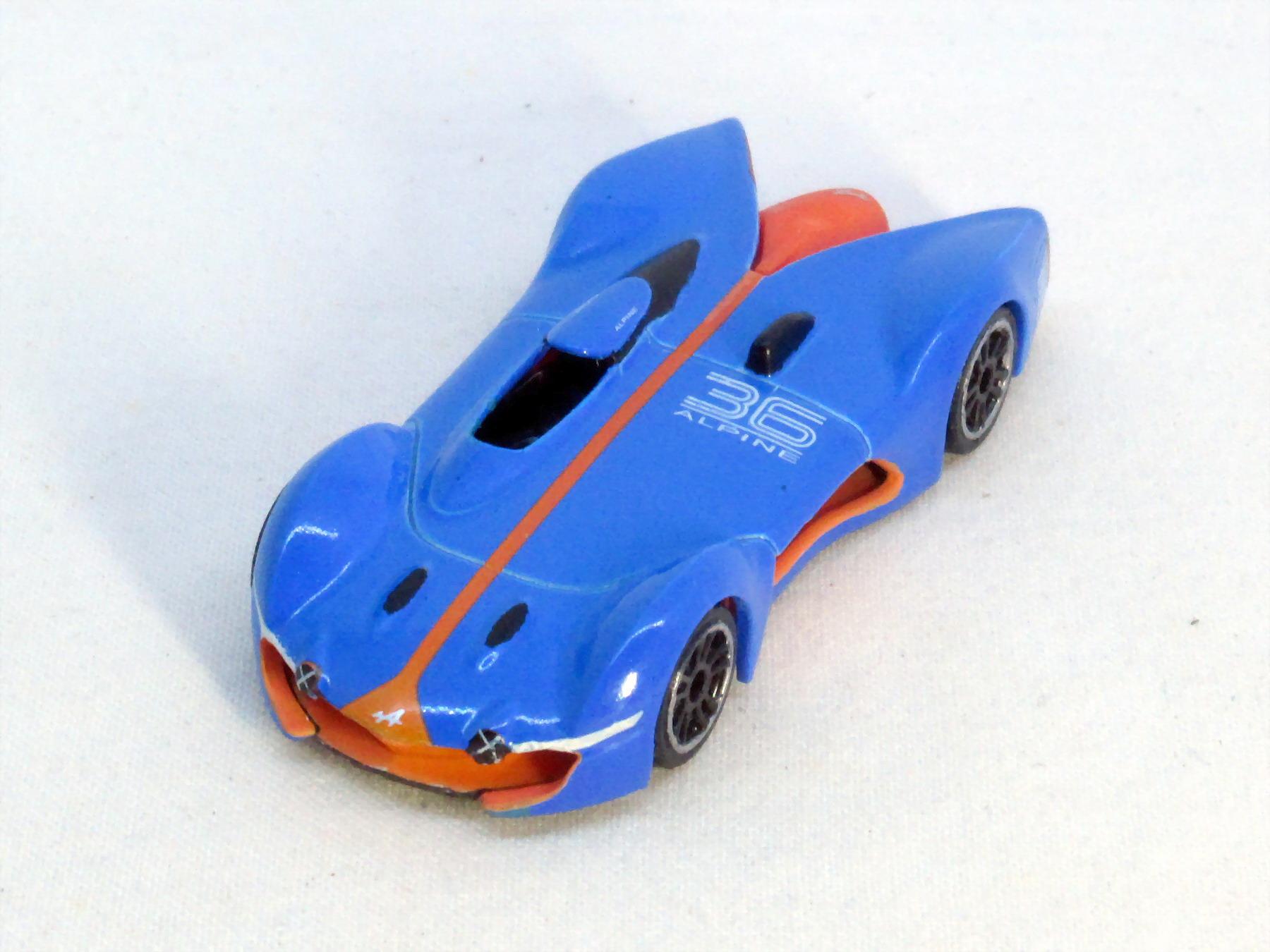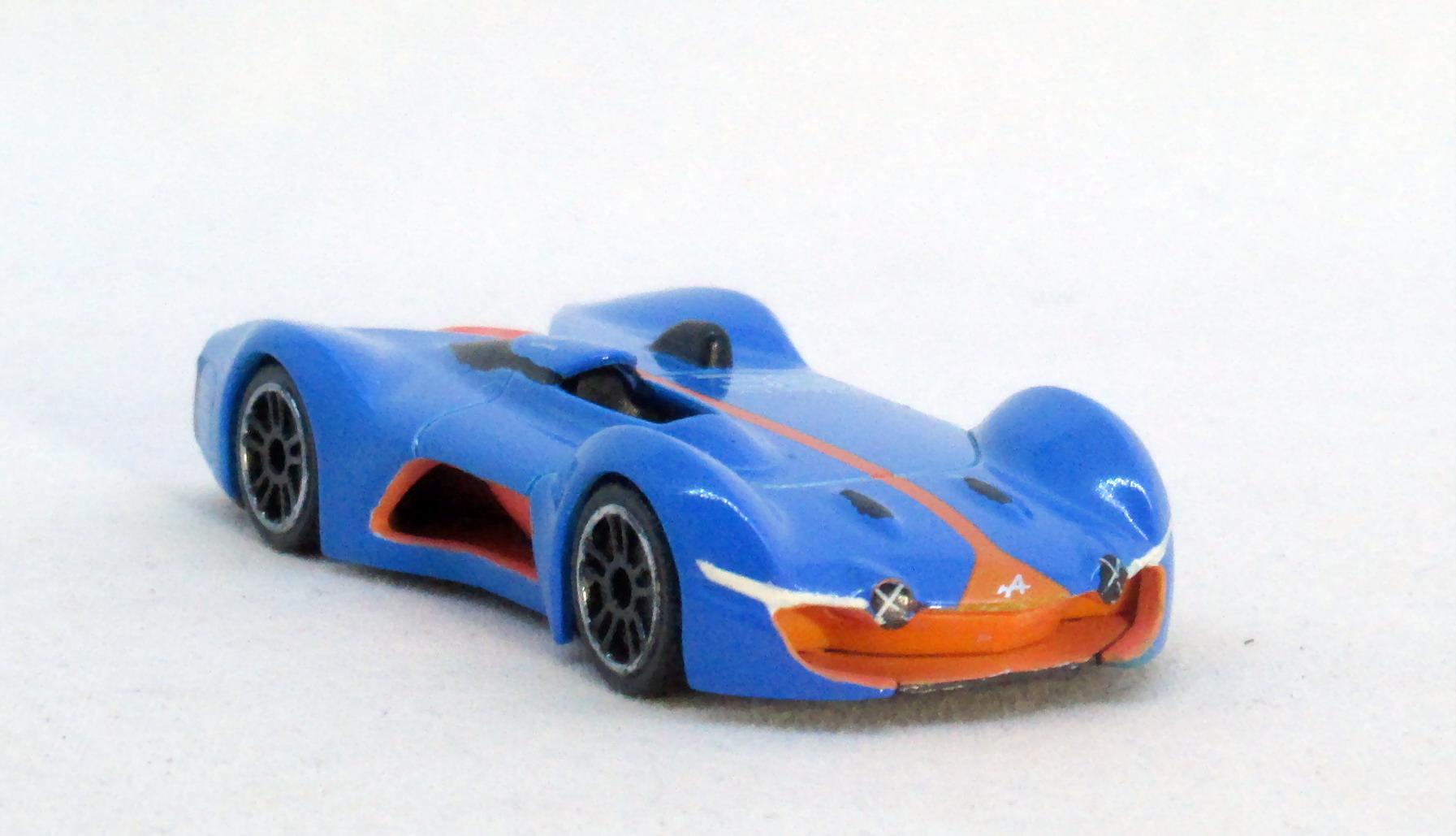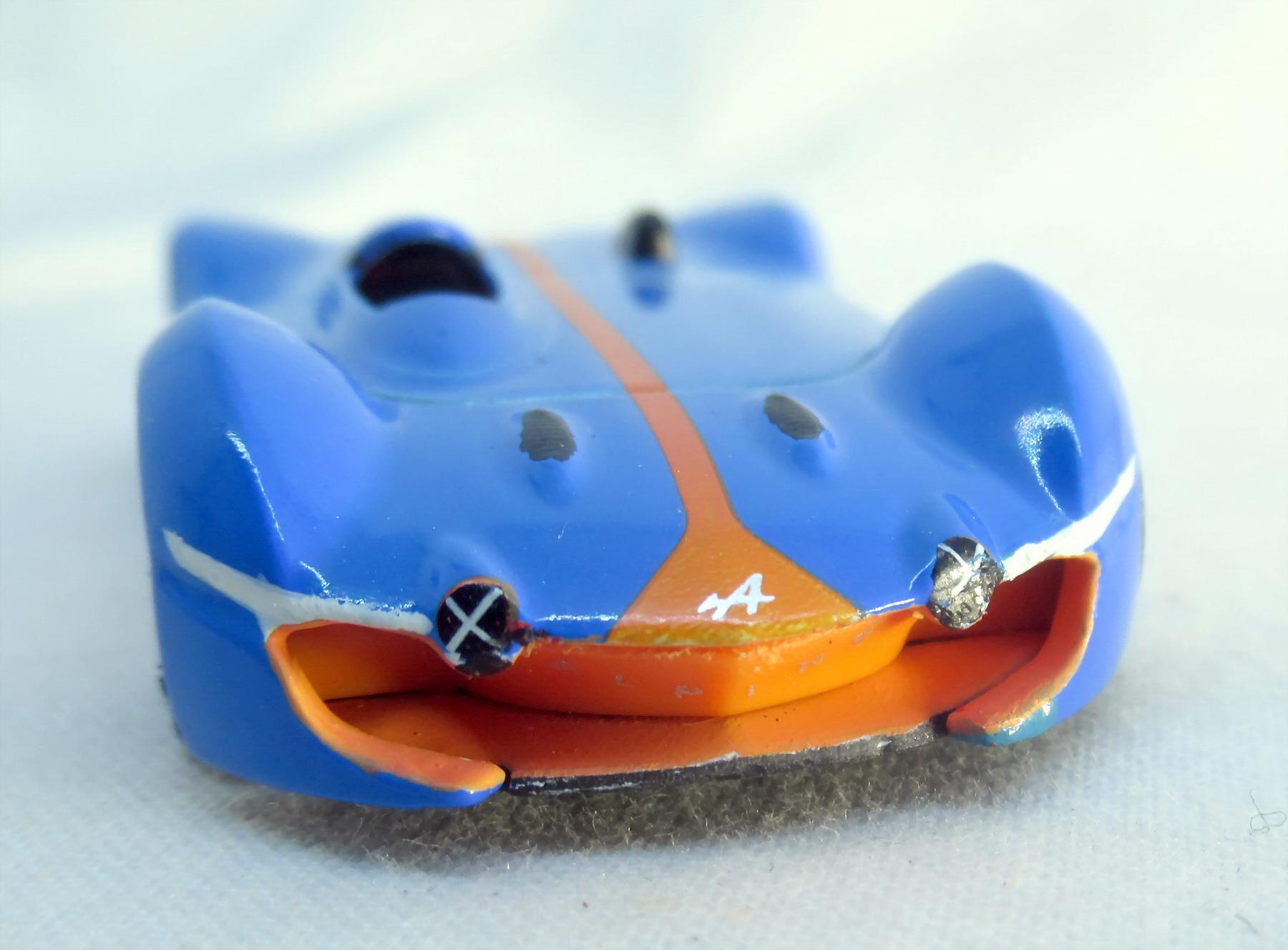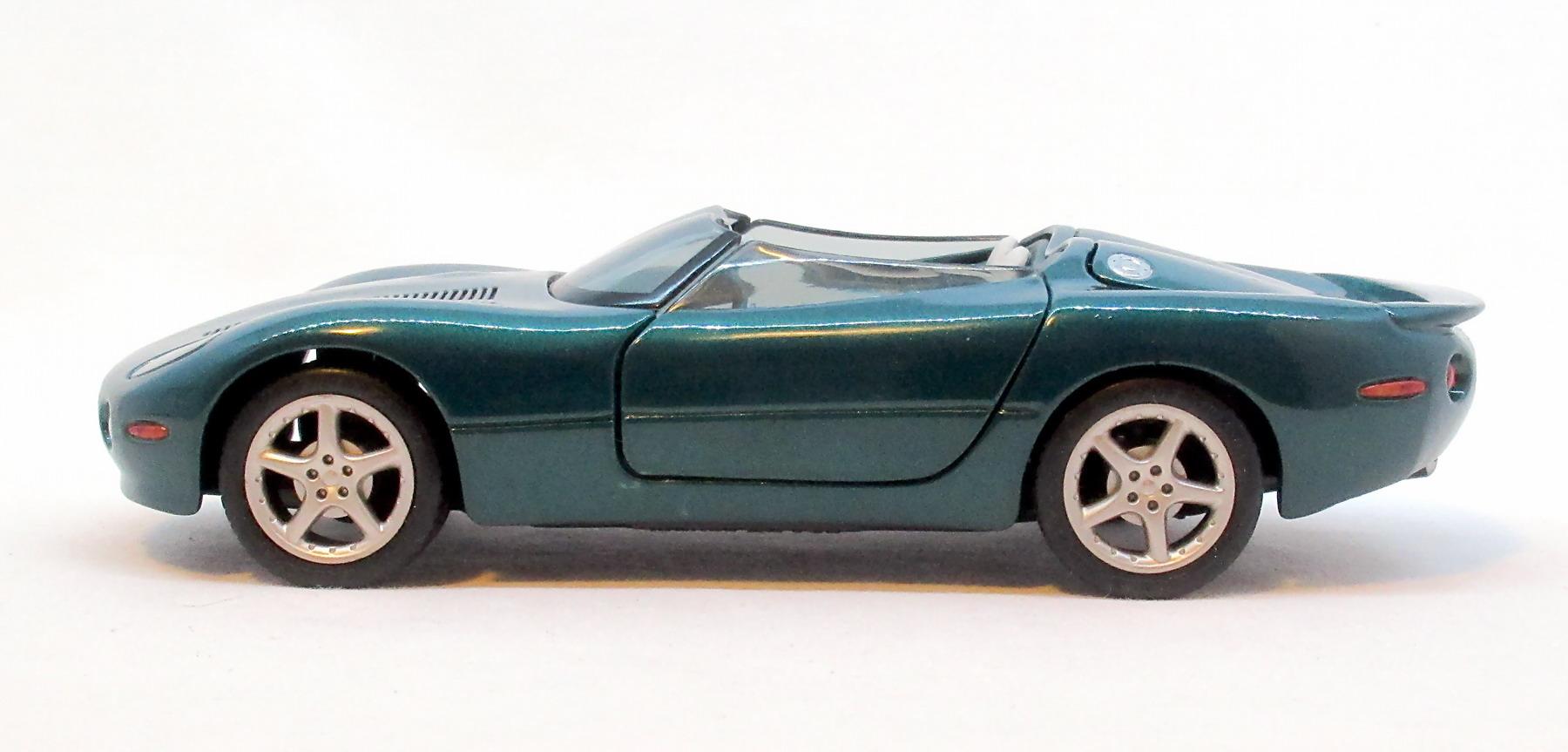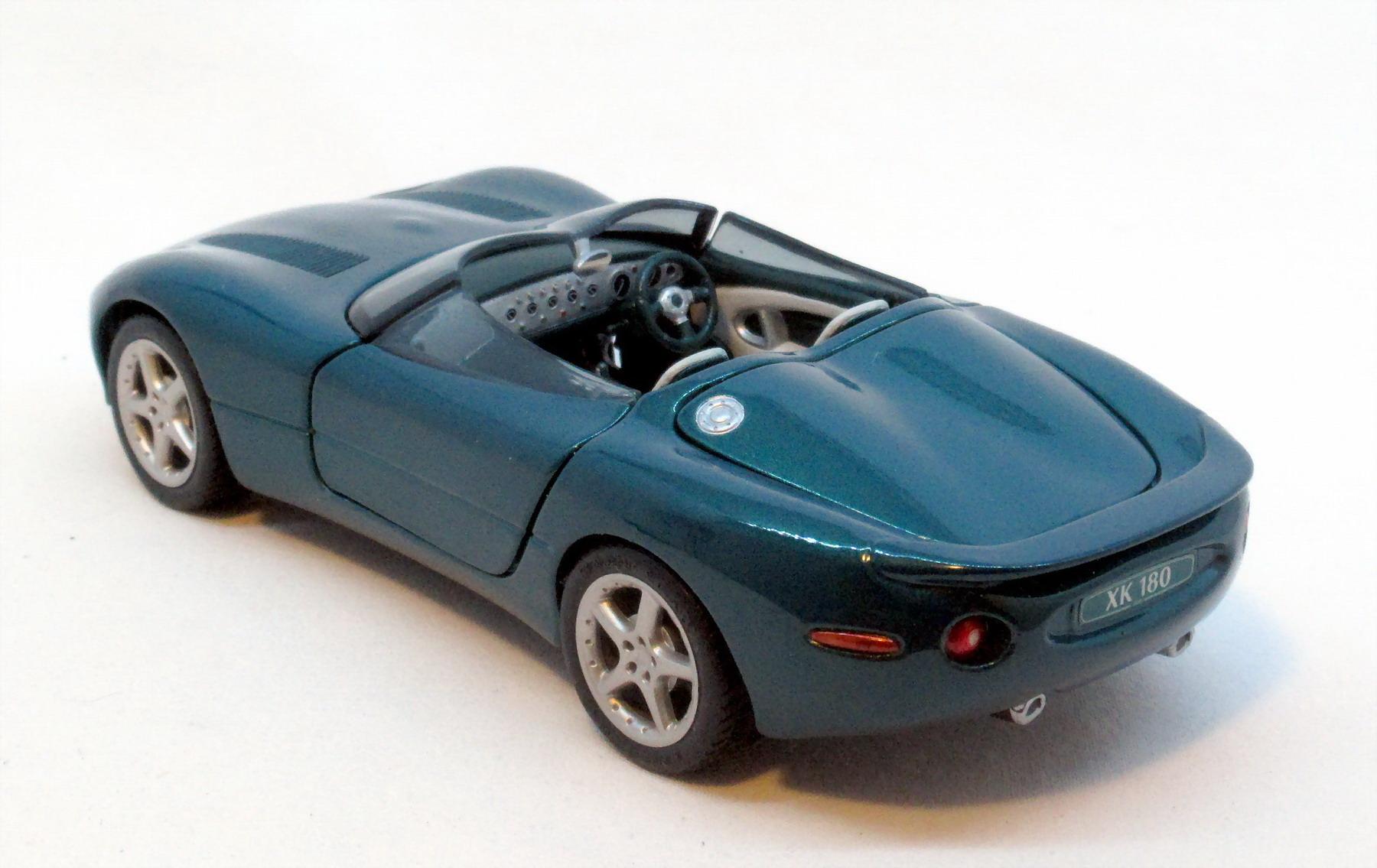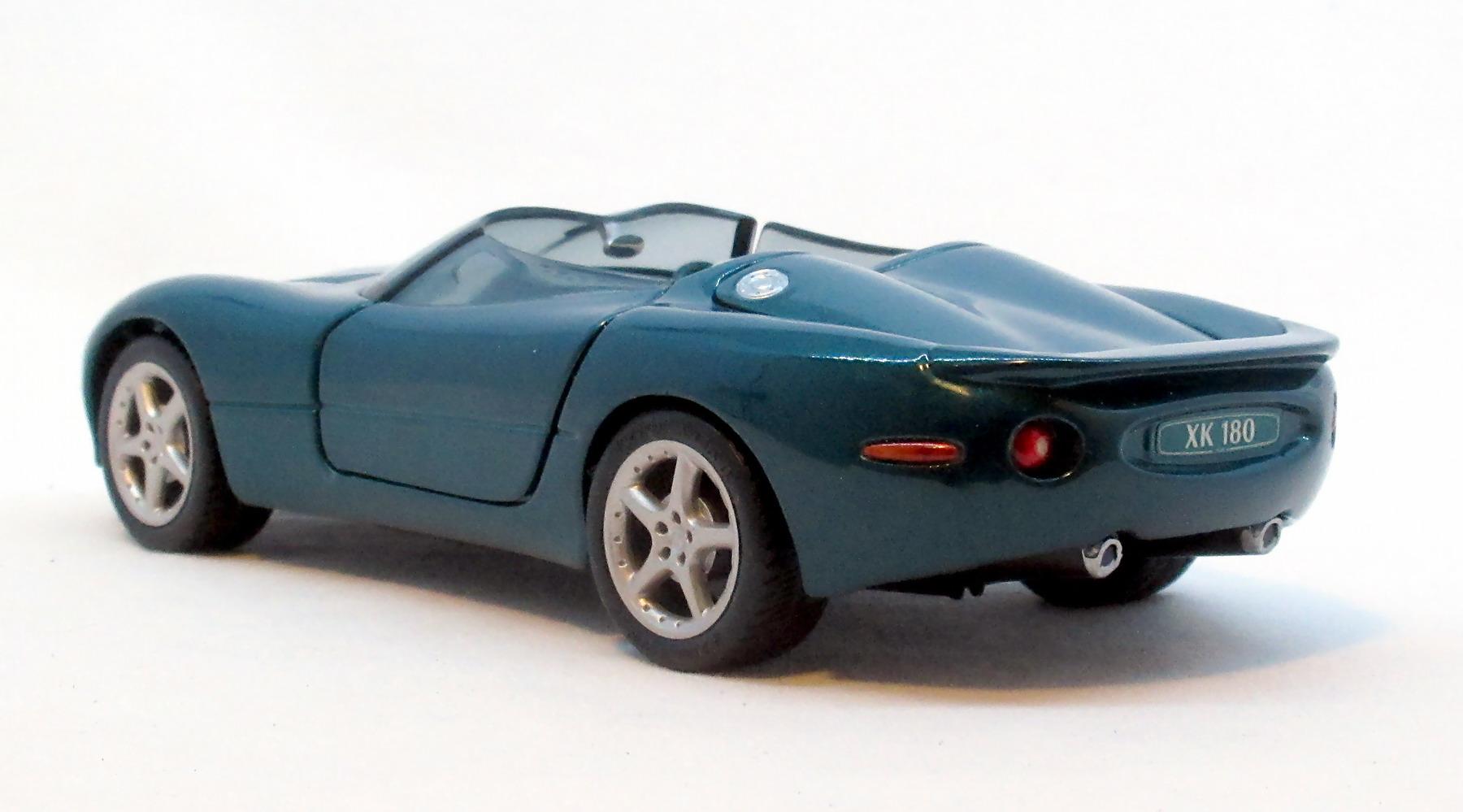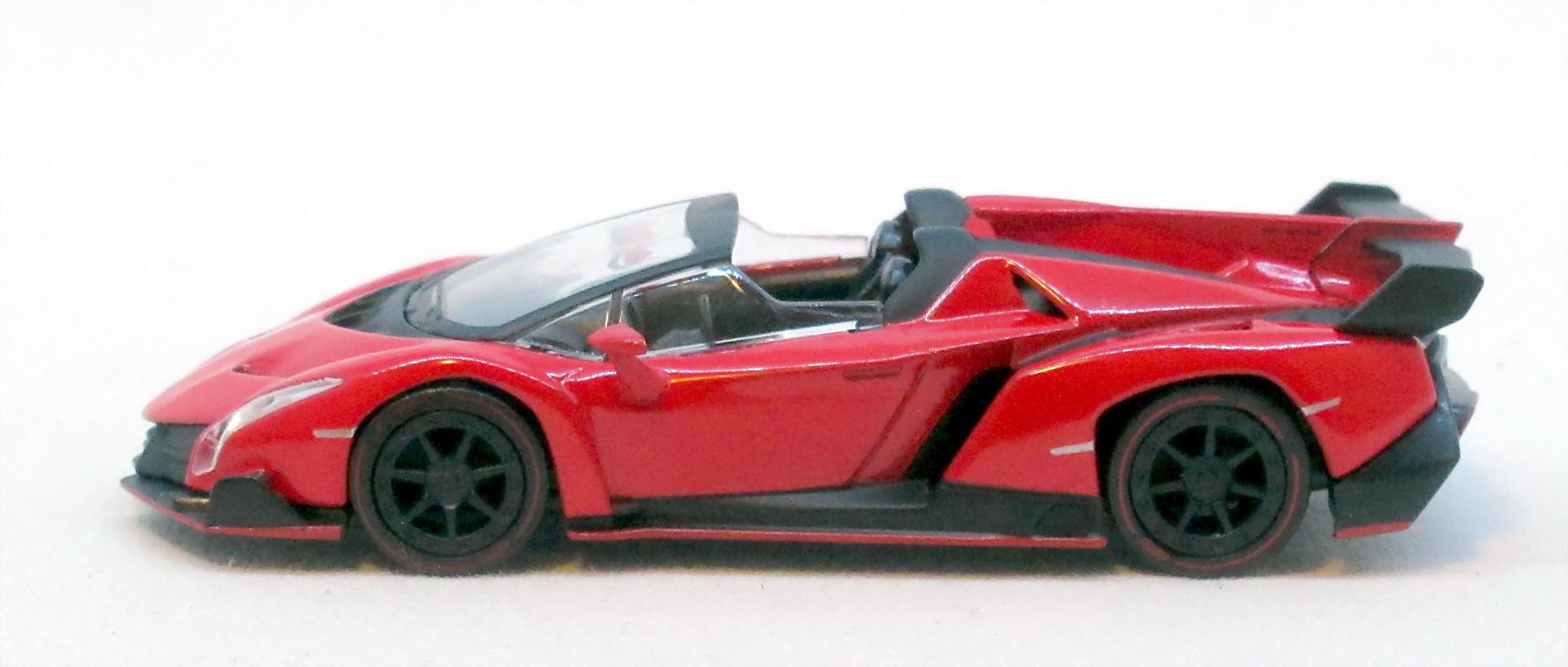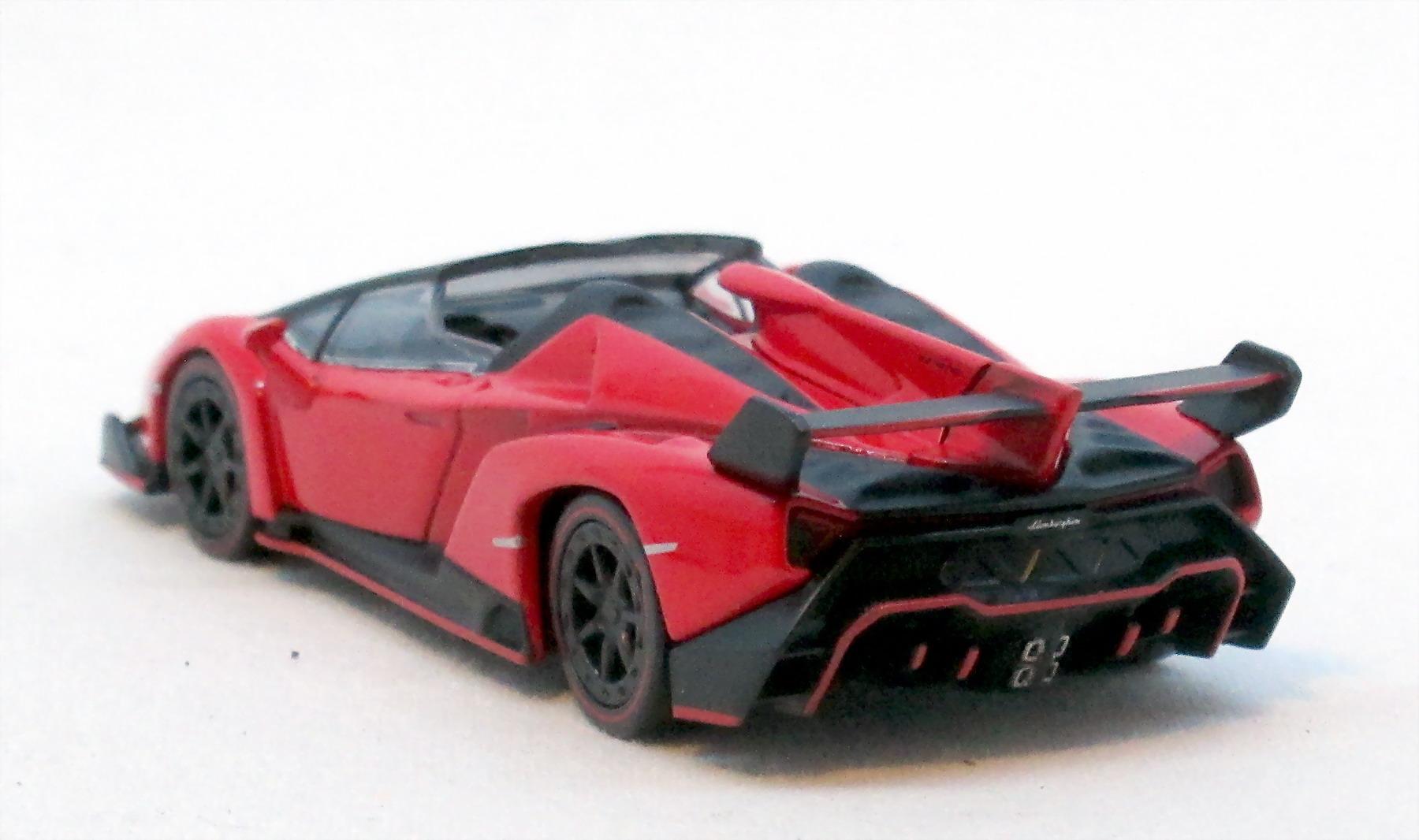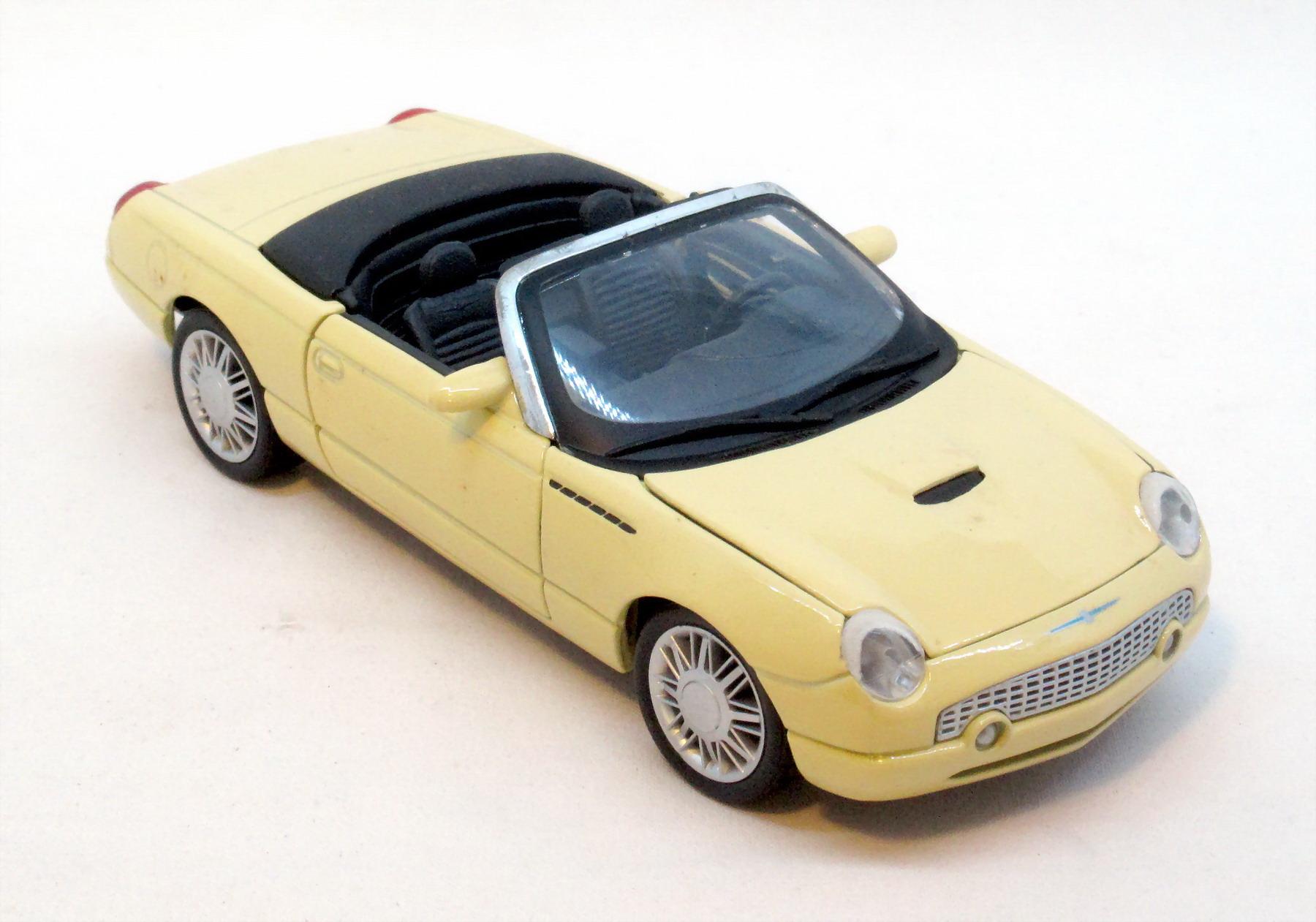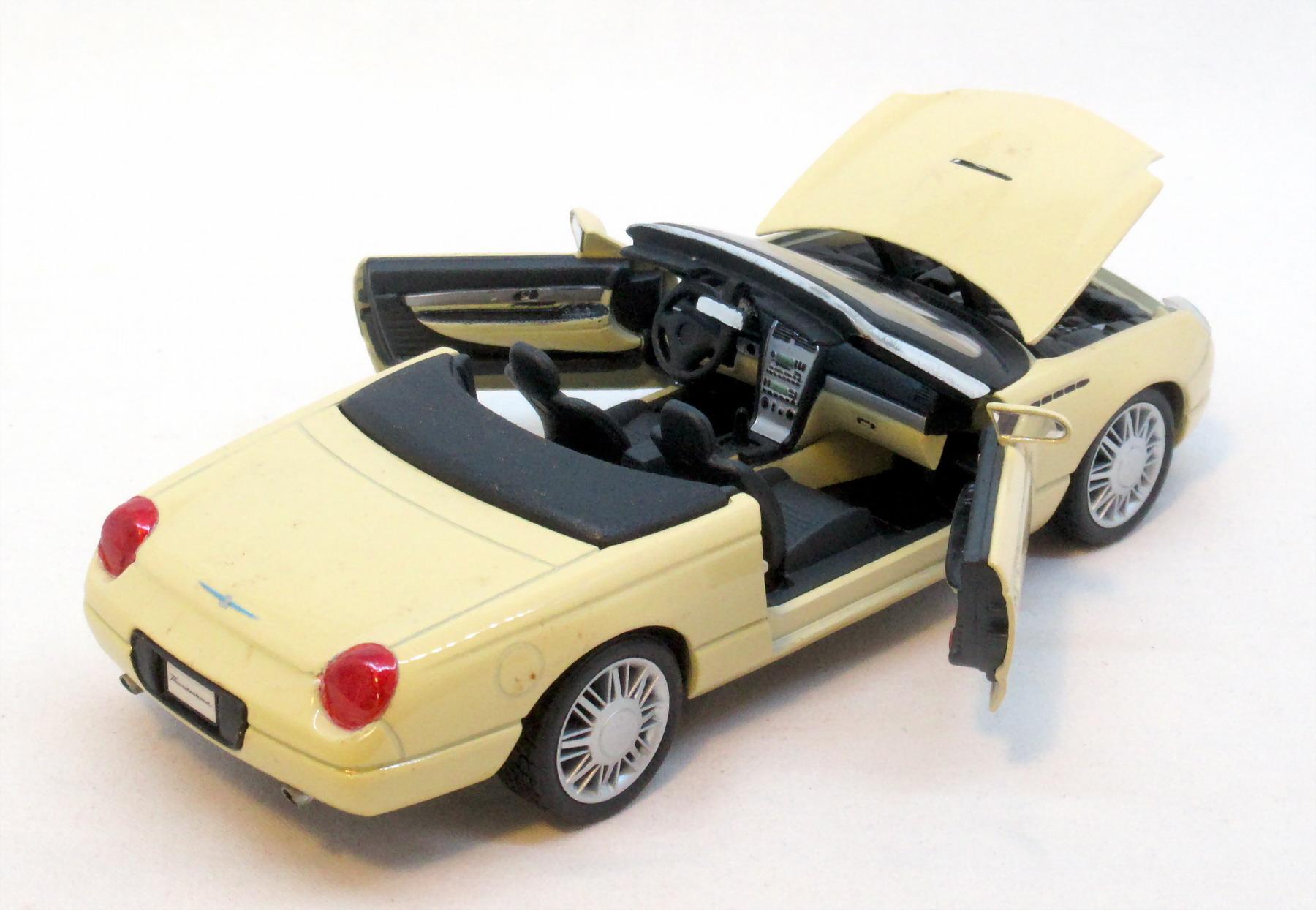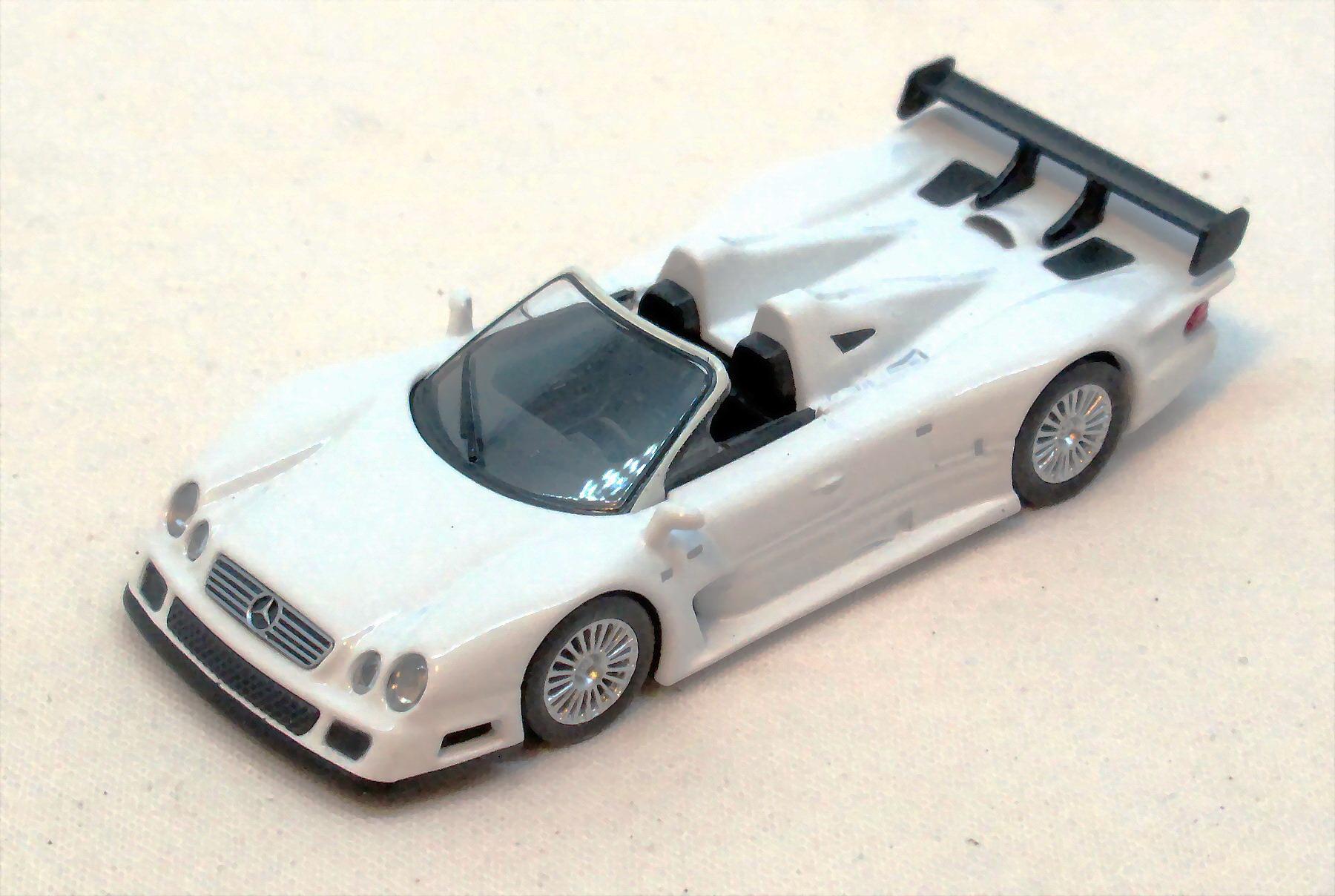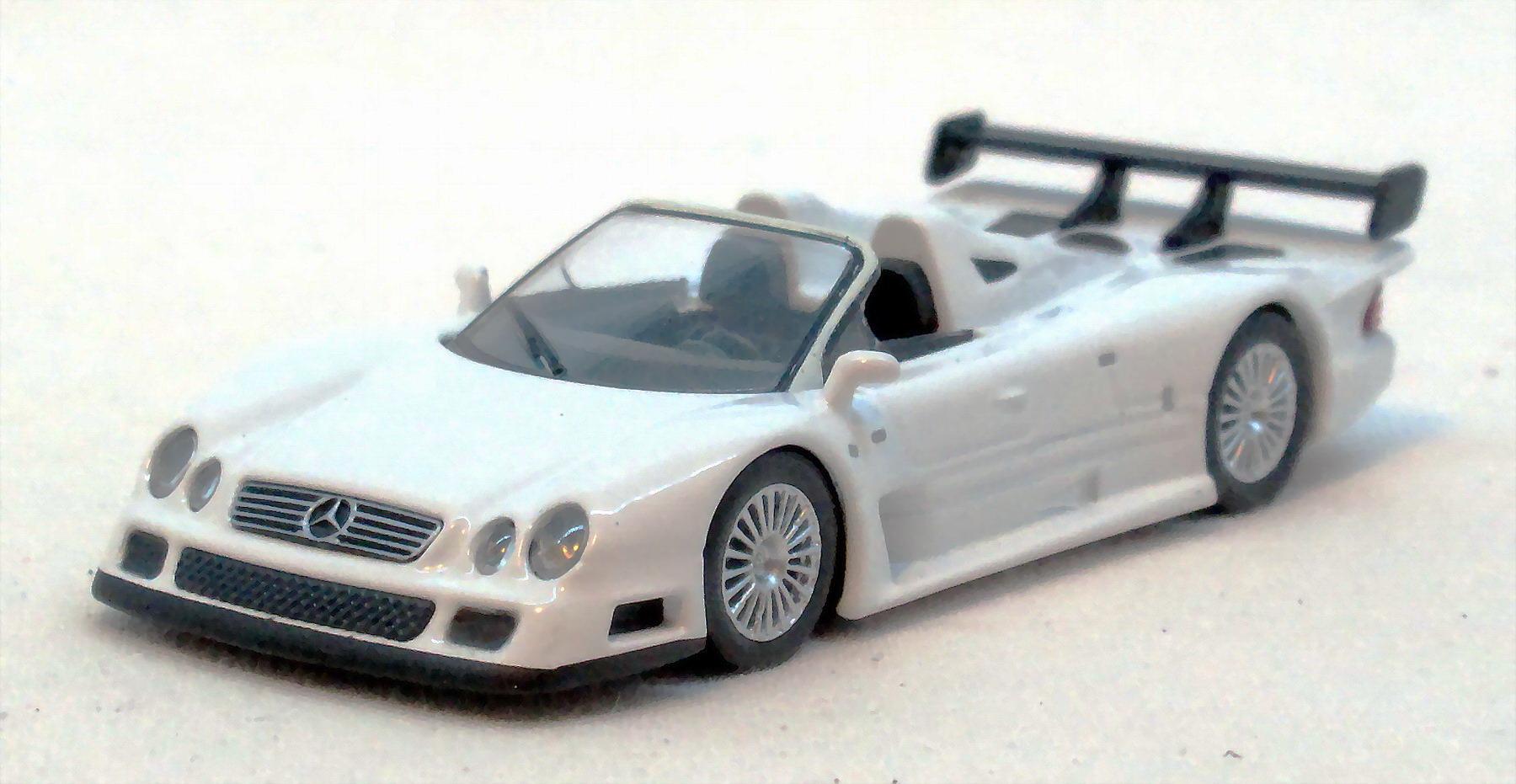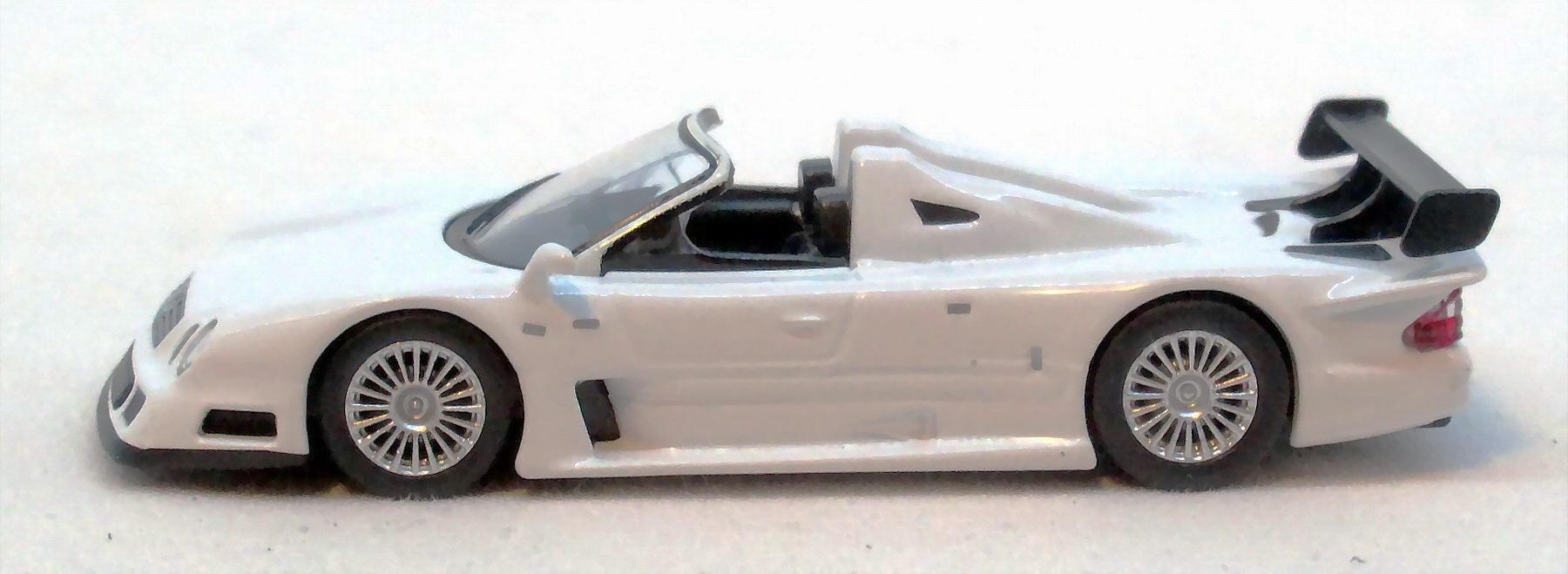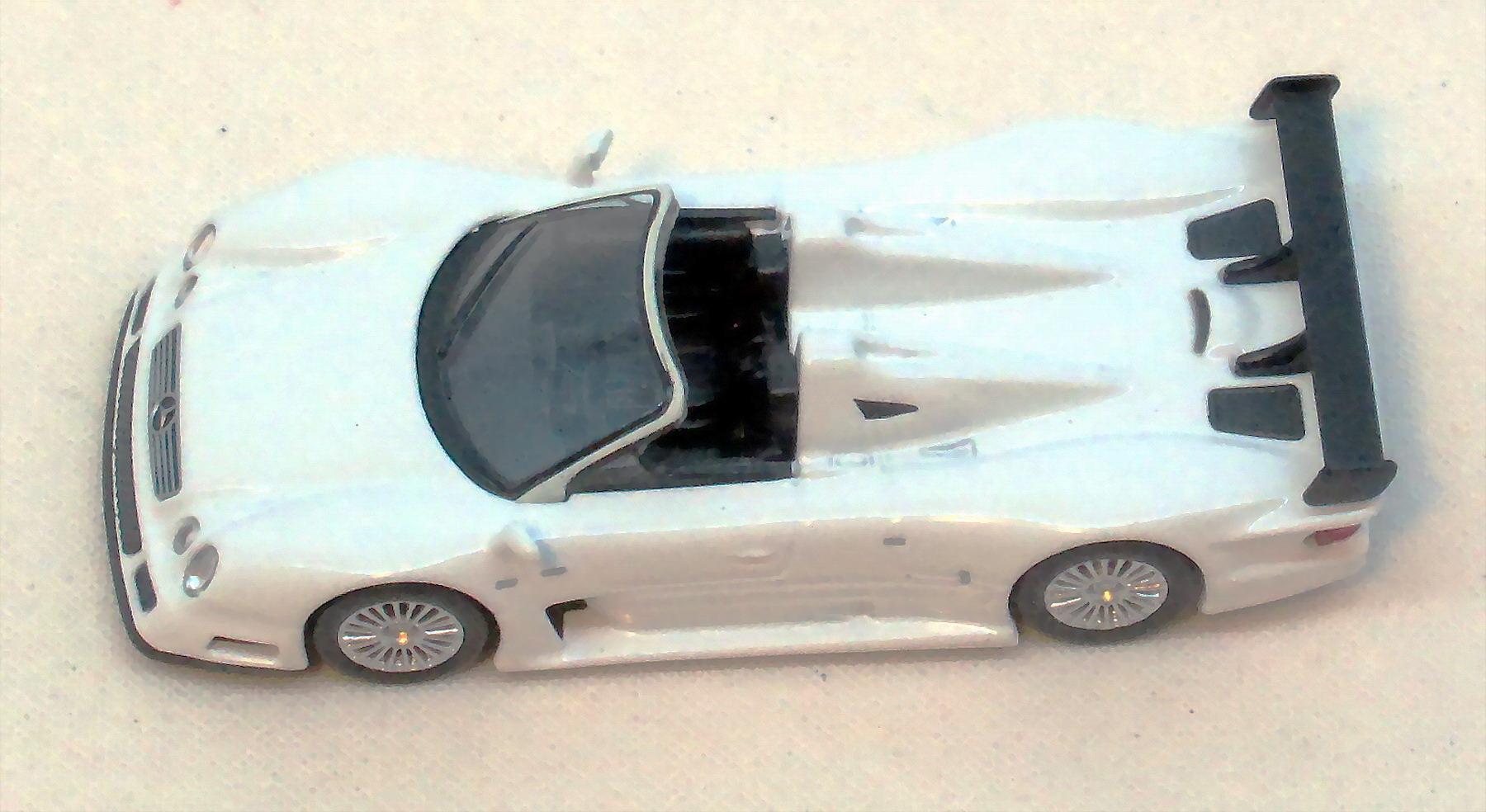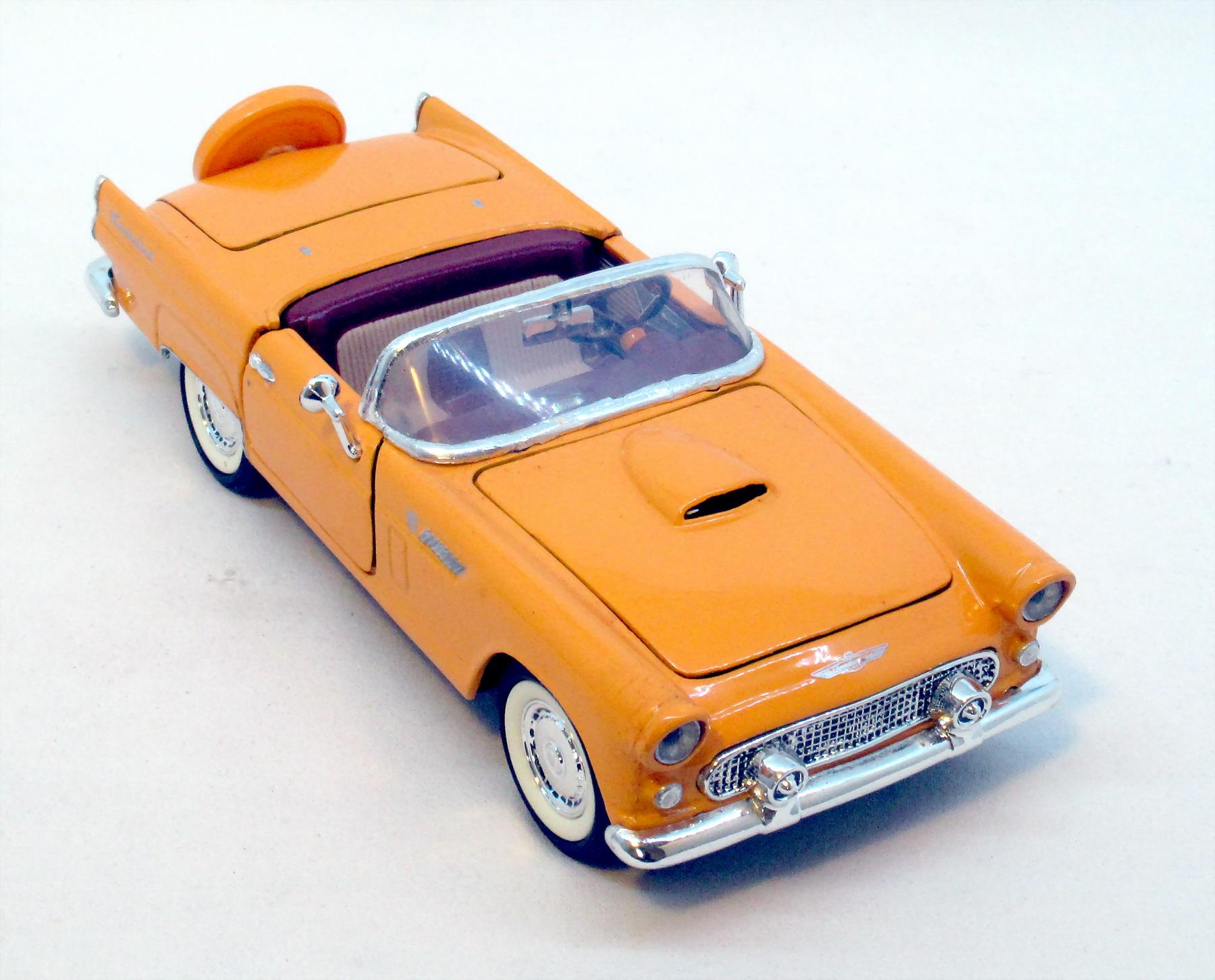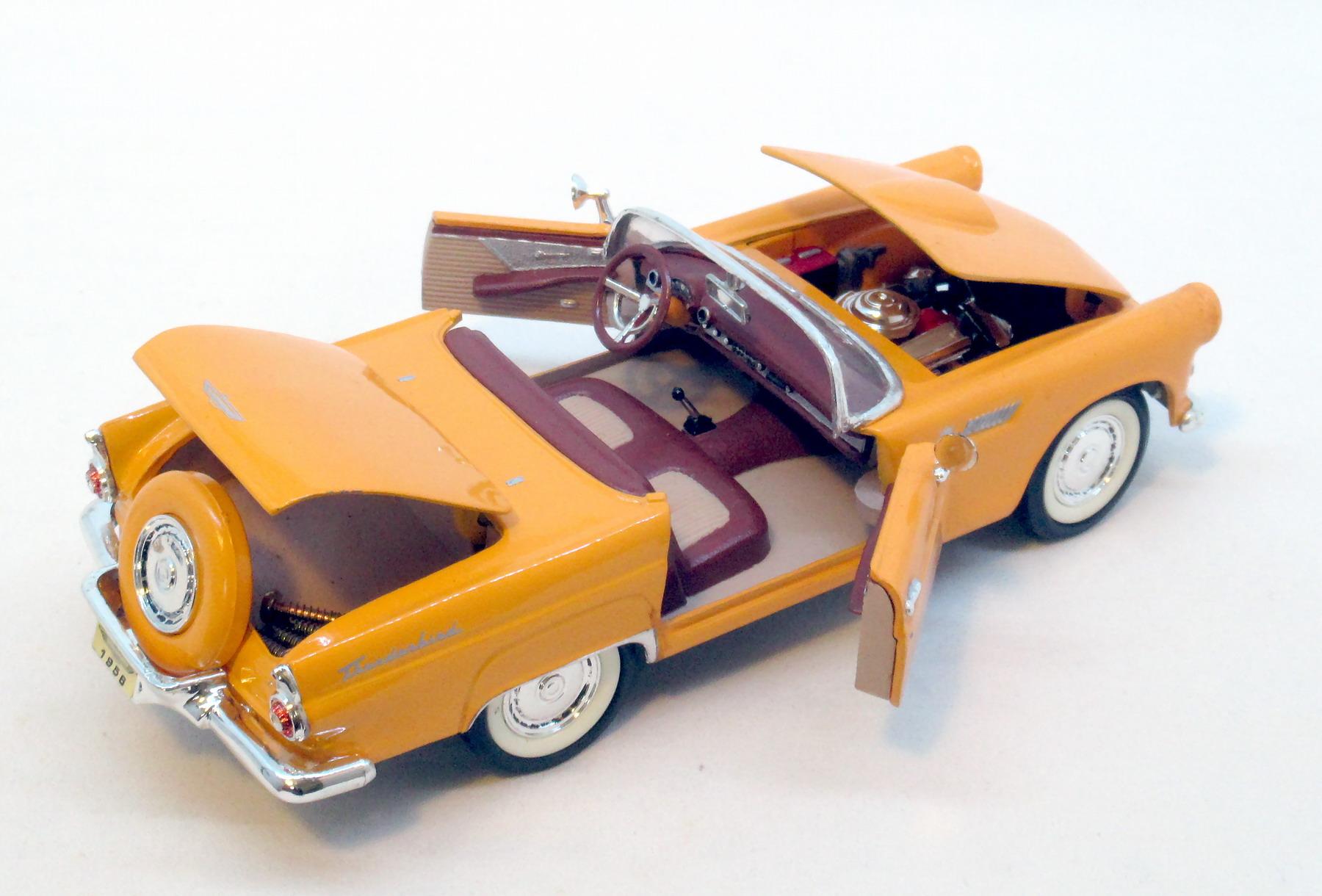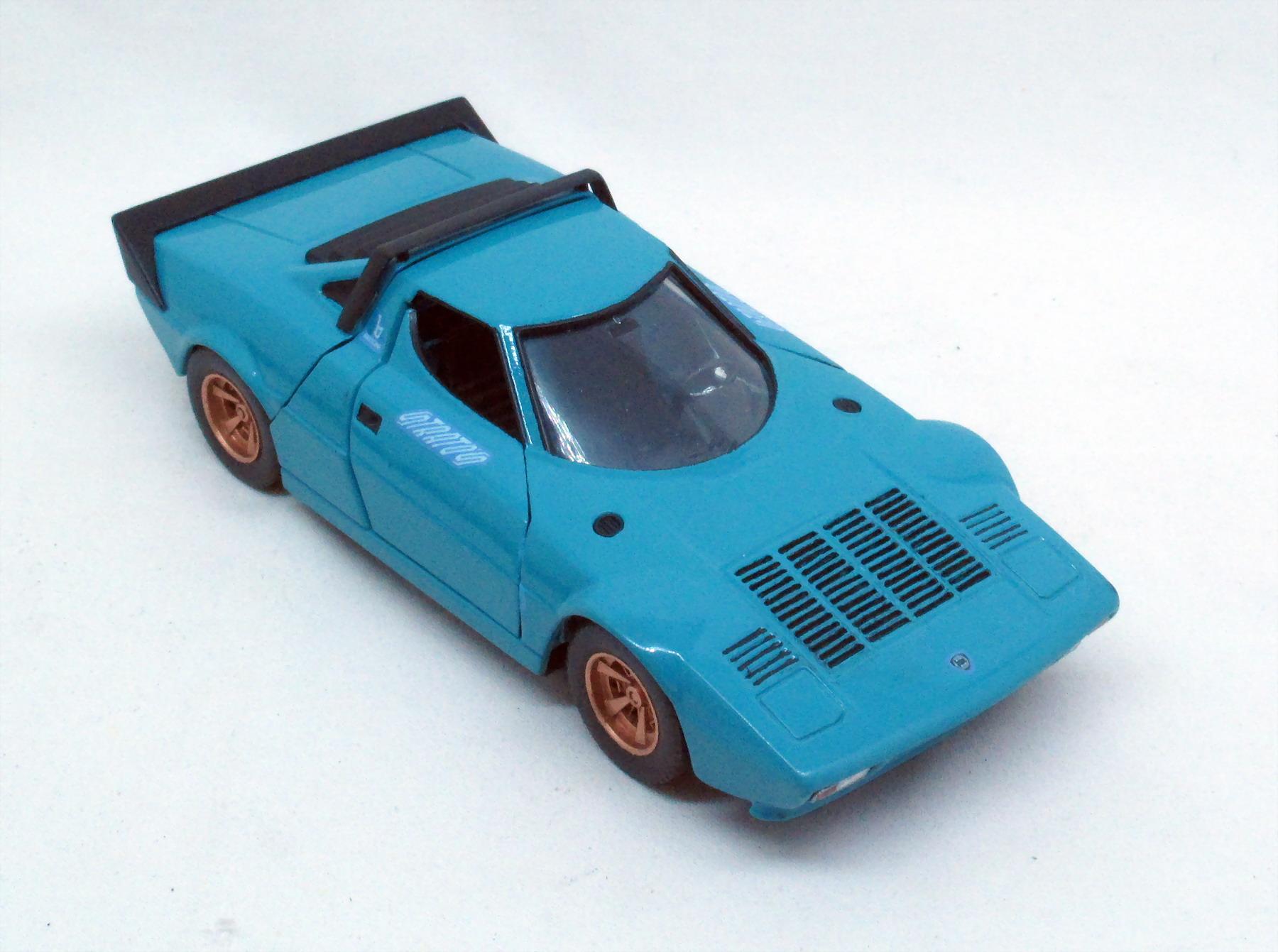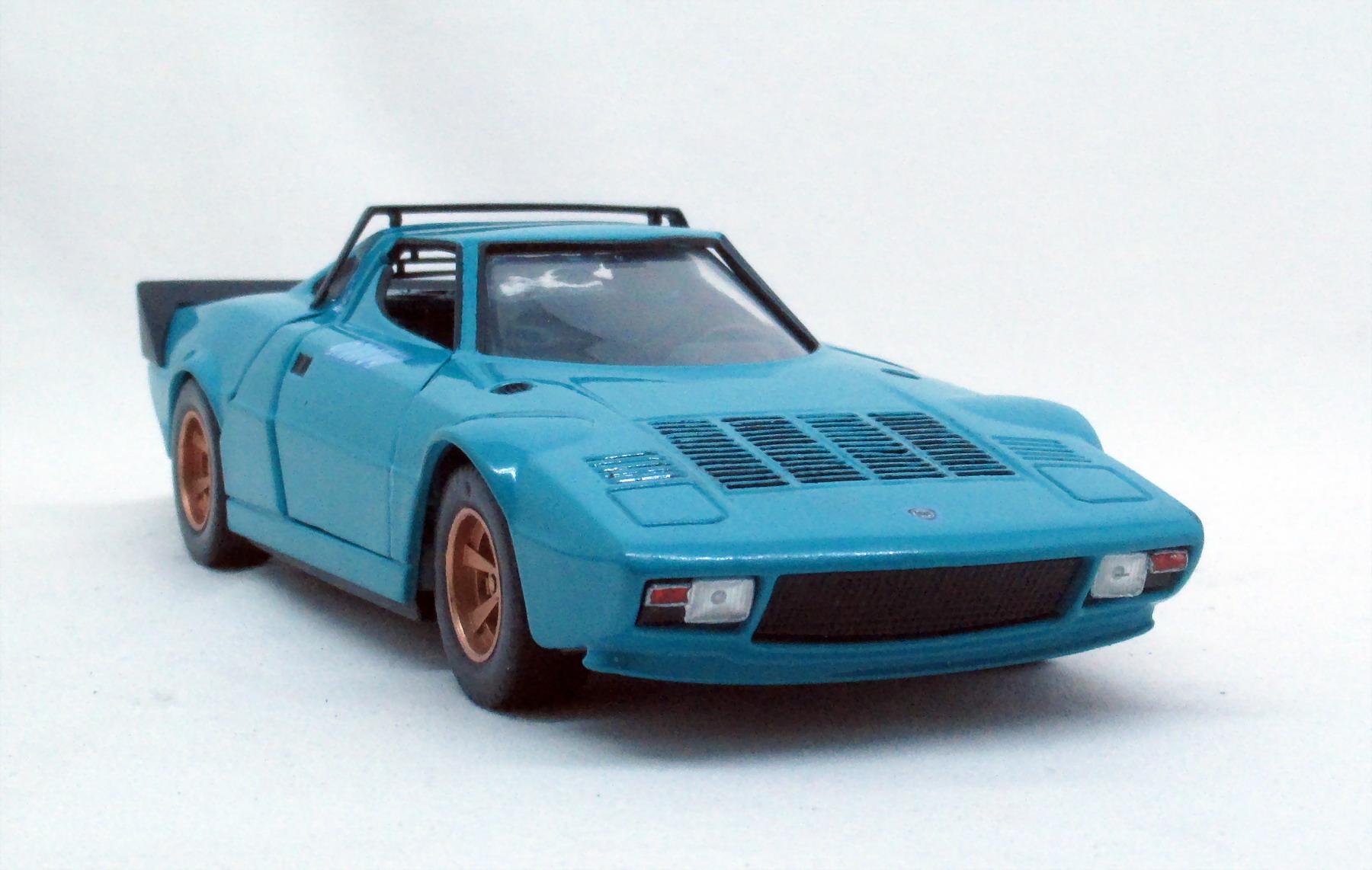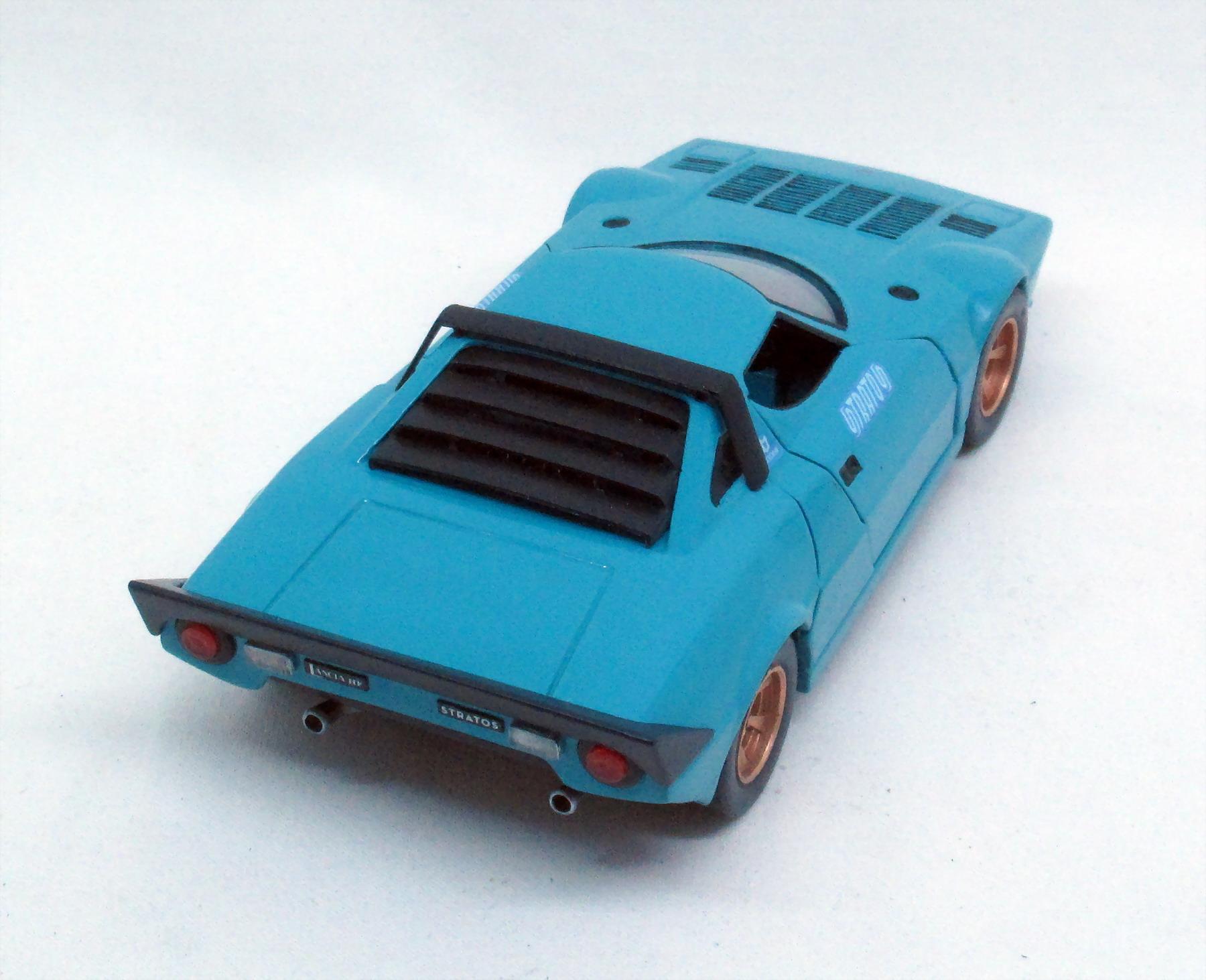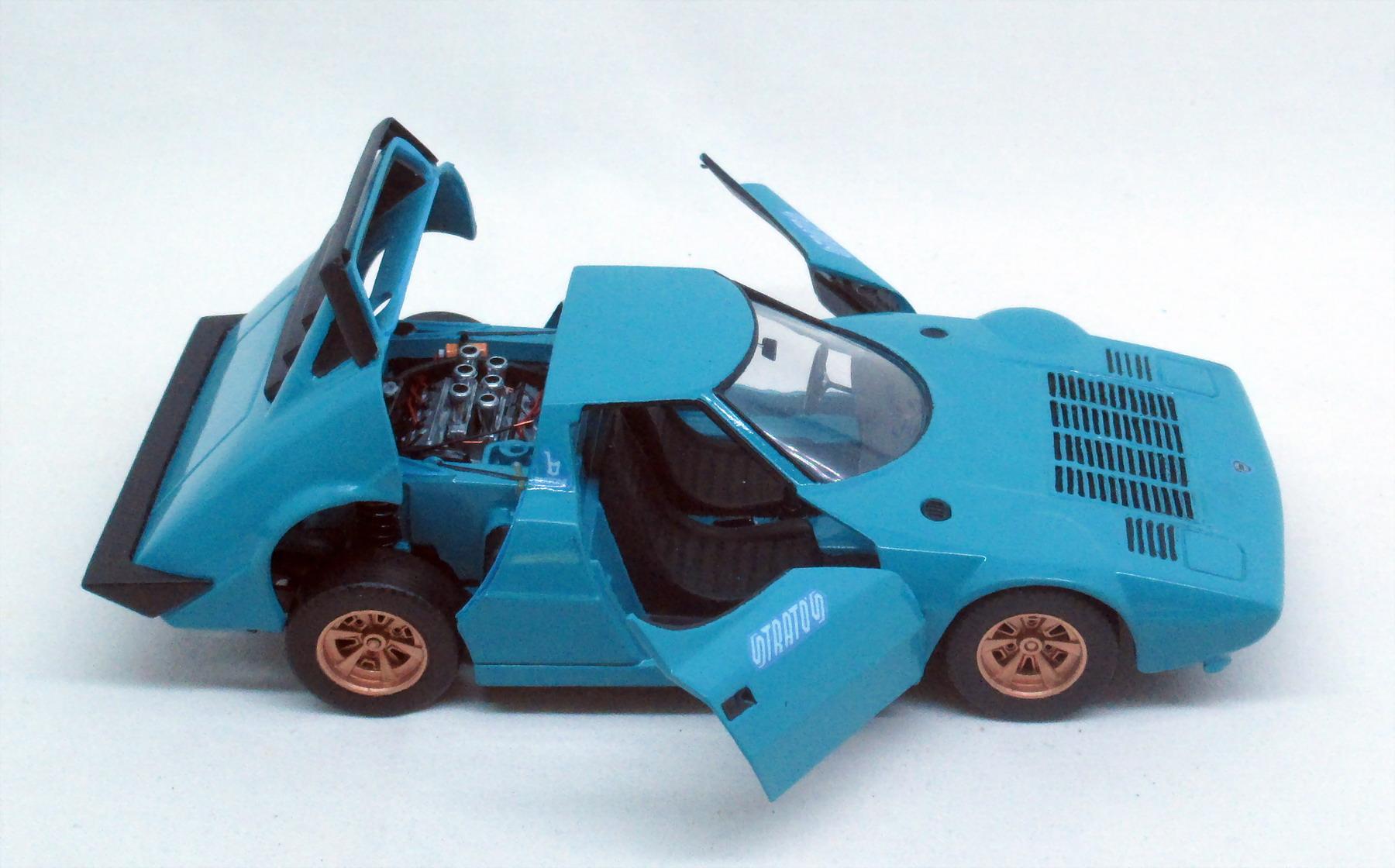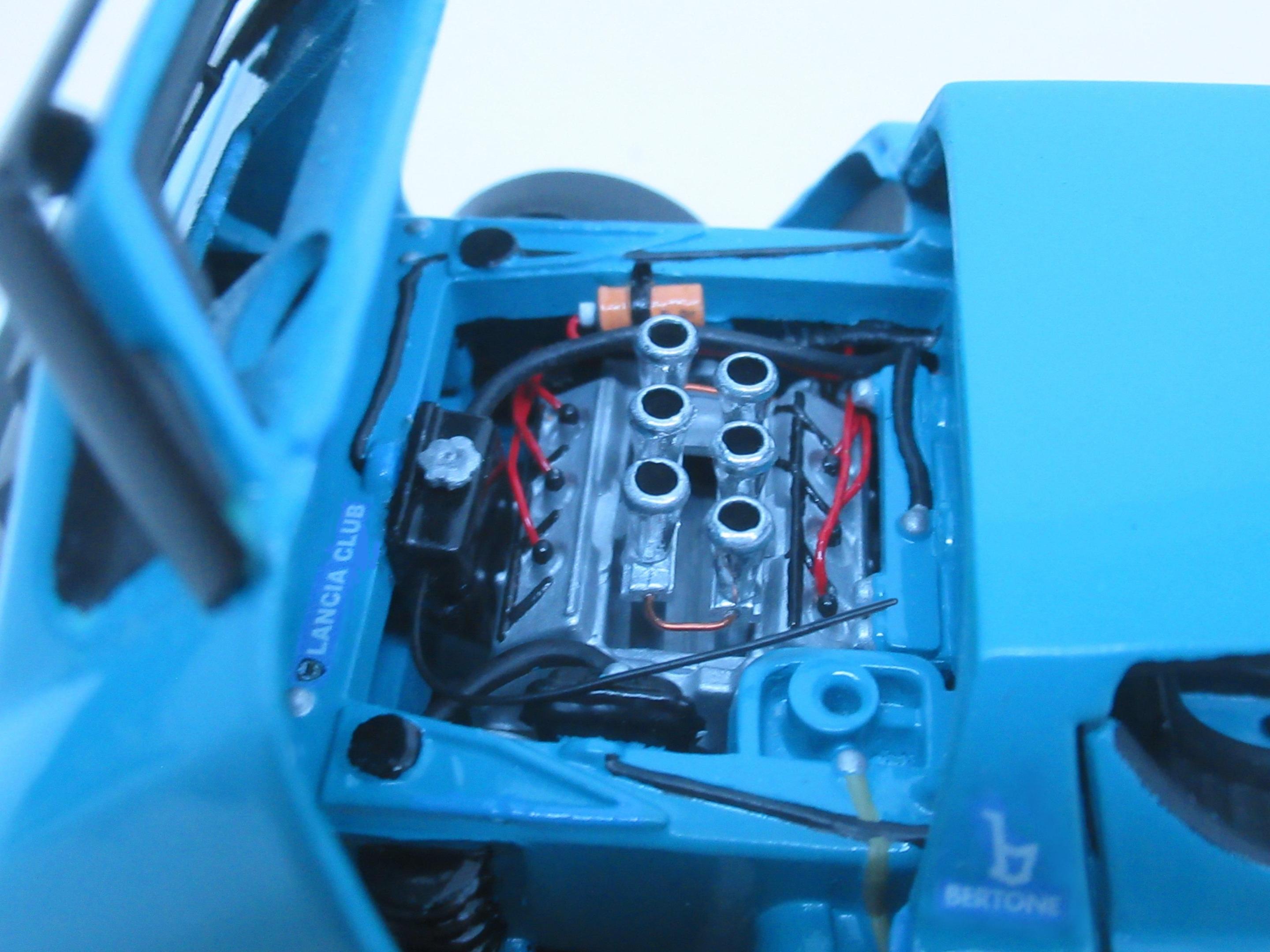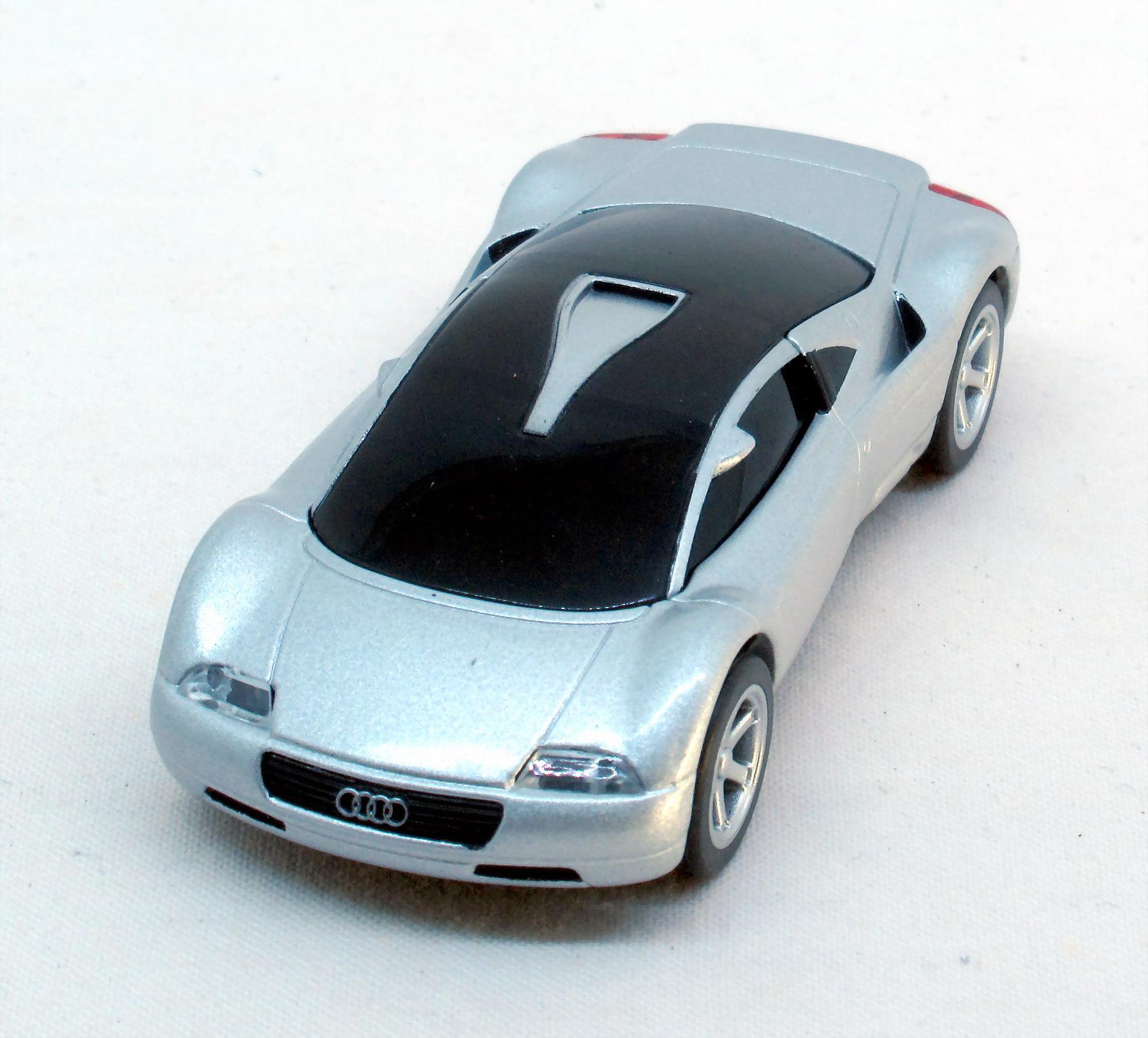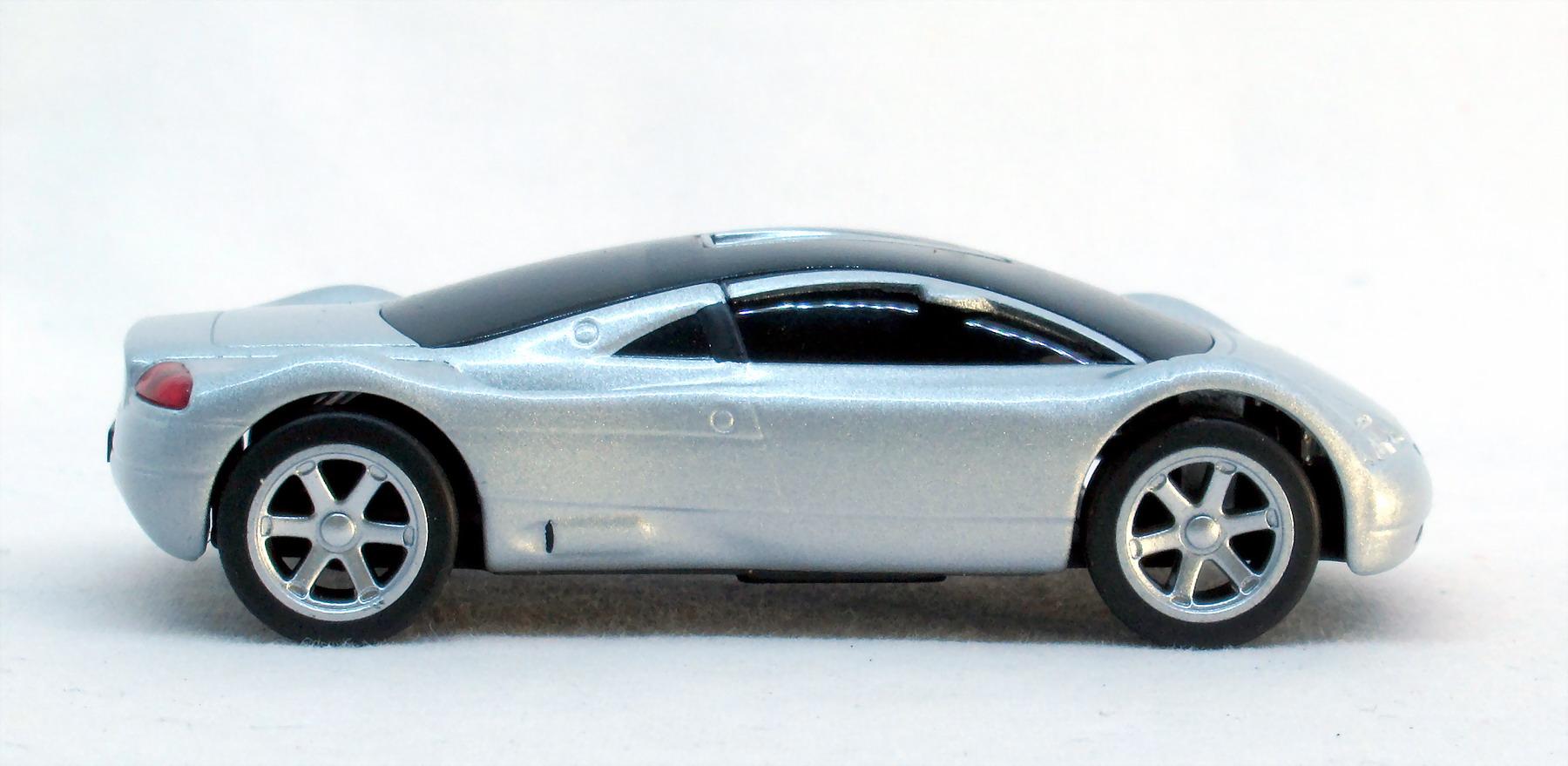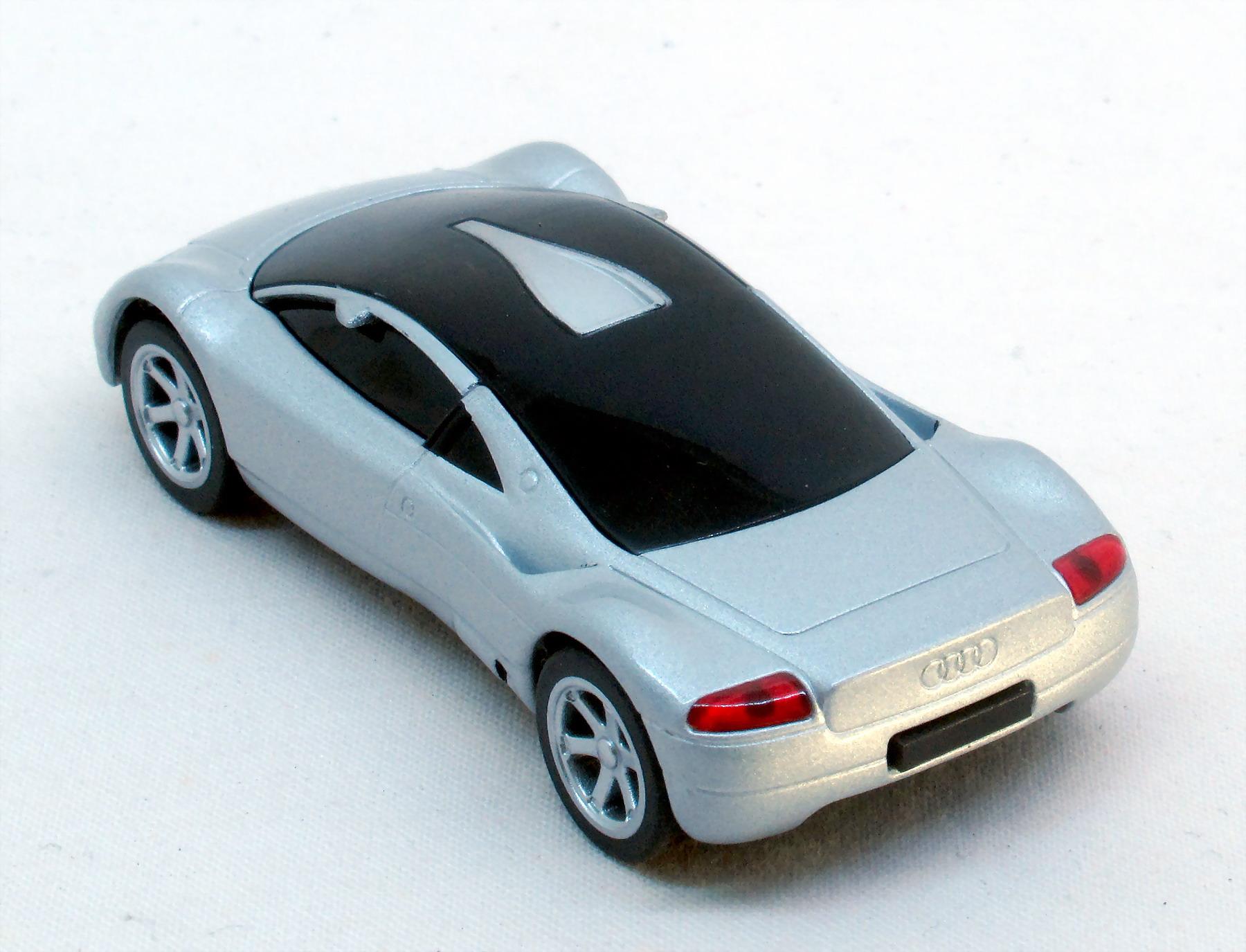-
Posts
477 -
Joined
-
Last visited
Content Type
Profiles
Forums
Events
Gallery
Everything posted by caapa
-
Alfa Romeo Nuvola Concept 1996 In 1996, at the time when Walter de Silva headed the Centro Stile Alfa Romeo the Nuvola signalled the start of a new design direction for Alfa Romeo. It was the company’s interesting attempt at reviving the glory days of coachbuilders. The Italian marque envisaged vivify the method of various body styles made by other companies on a chassis they provided, in order to sell the vehicle through Alfa Romeo dealers. The Nuvola is a fastback coupe with poliester body, LED lighting and bumpers fully integrated in the shape of the bodywork. The drive is with a longitudinal 2.5 litre, twin-turbo, 60-degree Alfa Romeo V6 engine 300 PS coupled to a 6-speed manual transmission and four-wheel drive. It enables a top speed of 280 km/h and a 6 sec acceleration to 100 km/h. Unfortunately, no further versions were ever produced for this chassis and the two-seater sports car remained purely a concept. It is currently on display at the Alfa Romeo Historical Museum in Arese, Italy. The model is made by Solido in 1:43 scale. Enjoy the pictures.
- 443 replies
-
- conceptcar
- showcar
-
(and 1 more)
Tagged with:
-
Lexus 2054 Futuristic Concept 2002 This ultimate Lexus of the future is designed as a high-performance, two-seat personal sports car with a muscular design, ultimate cab-forward seating and tailor-built to be the personal transportation of Tom Cruise in the Steven Spielberg film, Minority Report. The designer of the car, Harald Belker best known for his vehicle designs in films such as Batman & Robin and Minority Report. Probably he is the only one car designer who couldn`t drive a car designed by him. He is more than two meter tall. Technically, this conceptual sports car features a ‘smart-rechargeable’ electric engine developing 500kW, powered by 47 batteries - required a four speed standard shift with reverse - with a monocoque body and chassis made of carbon fibre and titanium composite, with Adaptive Variable Suspension, speed-sensitive Automatic Height Control and able to maintain 70 miles per hour for stretches of time. Lexus paid $5 million for the rights to market the vehicle and its brand in relation to the film. The 2054 Concept is currently parked in the Petersen Automotiv Museum lobby. The model is made by Maisto in 1:24 scale. It was first sold exclusively by Sharper Image to promote the film. Enjoy the pictures.
- 443 replies
-
- conceptcar
- showcar
-
(and 1 more)
Tagged with:
-
Audi RS 5 DTM 2018 Audi Sport presented the DTM (German Touringcar Championship) racing version of the Audi RS 5 Coupe at the same time as the production model at the Geneva Motor Show 2017. „This underlines once again how closely motorsport and production work together at Audi.” said head of Audi Motorsport Dieter Gass. The racecar had the earlier 2894 cc engine, now 444 bhp with a 8-speed Tiptronic automatic transmission and all wheel drive. The top speed is 250 km/h and accelerated 0 – 100 km/h in 3,9 sec. To achieve the desired power boost, the engineers modified the air intake system, the cooling system and some detailed adjustments to ensure the same reliability as before. The RS 5 DTM scored a total of 599 points, 7 wins and 3 pole positions in this season. The model is made by MSZ-CCA in 1:64 scale. Enjoy the pictures.
- 443 replies
-
- conceptcar
- showcar
-
(and 1 more)
Tagged with:
-
Mc Laren Solus GT 2023 An extreme McLaren design concept born in the virtual racing world. Newly made real. And ultra-rare. There will only ever be 25 track-only Solus GTs. It is a single seater with central closed cockpit and jet aircraft-style canopy. A ground-up design set free from the compromises of road and race regulations. The unique monocoque houses a naturally aspirated 5.2 litre V10 engine that revs beyond 10,000 rpm and generates more than 840 hp connected with a 7-speed sequential transmission to the rear wheels. Two electric motors powering each of the front wheels, for a total of 1,134 hp. The car weighs less than 1,000 kg and generates 1,200 kg of downforce. It’s close to the experience and feel of driving a Formula 1 car. The model is made by Hotwheels in the 3” regular line. I completed the livery by painting and decaling. Enjoy the pictures.
- 443 replies
-
- 1
-

-
- conceptcar
- showcar
-
(and 1 more)
Tagged with:
-
Toyota Corona Mark II 1900 SL Coupe 1969 The Corona played a key role in Toyota's North American success. That time advertising said: „It`s roomy without being big. Luxurious without being expensive. And economical without being noisy. TOYOTA, we`re quality oriented.” The car featured a brand new engine, the SOHC 1900 cc 6 cylinder , rear drive and a top speed of nearly 170 km/h. While in front are nicely finished bucket seats, the rear seats were good for sub-teenes and acceptabel for smaler adults only. Modern Motor Magazine 1969 described the Toyota Corona Mark II 1900SL coupe as a “swinging new hardtop” (oh those swinging sixties !). “Comprehensively equipped and pleasantly styled, it has virile straight-line performance and the type of handling, braking and steering that encourage enterprising driving.” Today we may say it was Toyota’s first car on a trajectory that would eventually lead to Lexus. The model is made by Playart in the 3” range. As this was heavy playworn I completly repainted it, chromed the parts and detailed with some paint. Enjoy the pictures.
- 443 replies
-
- 1
-

-
- conceptcar
- showcar
-
(and 1 more)
Tagged with:
-
Ferrari La Ferrari Aperta 70 th Anniversary Edition 2017 What could be a greater experience than sitting in a Ferrari ? Sitting behind the wheel of a La Ferrari Aperta and be a conductor to the howling of the engine, the whine of the tyres and the roar of the wind. And Ferrari gives what is needed for it: a hybrid powertrain, 6.3-liter V12 engine with an electric motor, combined output of 963 horsepower, a 7 speed F1 Dual-Clutch and a high efficiency aerodynamic . The top speed is over 350 km/h, the accelerations 0 – 100 km/h less than 3 sec, to 200 less than 7 sec and to 300 15 sec. You have time to take three breaths only. And you`re sitting in a cockpit that exudes luxury and sophistication, with premium materials, exquisite craftsmanship, advanced technology and gives a driver-centric comfort. There was only 210 units ever made, 200 were sold, nine were reserved for the Ferrari 70th Anniversary celebration and a single model was later sold at auction. This 210th model was auctioned for $10M. This was the most valuable 21st century vehicle ever sold at auction. The model is made by Double Horse/China in 1:22 scale. Obviously the manufacturer is not fully licensed so the logos and inscriptions are not authentic. Enjoy the pictures.
- 443 replies
-
- conceptcar
- showcar
-
(and 1 more)
Tagged with:
-
Willys Jeep 1942 The Jeep legend began in November 1940, in the early days of World War II, just a year before the United States entered the war. A small, four-wheel drive prototype, the Willys –Overland "Quad", was delivered to the U.S. Army on Armistice Day (Veteran's Day), November of 1940. The design was completed in a remarkable 75 days. With 60 horsepower and 105 foot-pounds of torque exceeded the Army's requirements and the performance of the Bantam's and Ford's cocompetitors too. From 1941 to 1945 Willys produced the MB model, the original go-anywhere, do-anything vehicle, which came to be known by its nickname, "Jeep". WWII Reporter Ernie Pyle once said, "It did everything. It went everywhere. Was as faithful as a dog, as strong as a mule, and as agile as a goat. It constantly carried twice what it was designed for and still kept going." Willys produced over 300,000 MB vehicles. The plastic model kit is made by 4ID/ China in 1:72 scale. It is a Snap-Tite kit with tini parts with tith fit in the holes. The windscreen couldn`t be tilted forward fully, had to be grated. I made the dashboard, painted the seats , wheels, lamps, the tools below the drivers side and decaled the missing scripts and stars. Enjoy the pictures.
- 443 replies
-
- 1
-

-
- conceptcar
- showcar
-
(and 1 more)
Tagged with:
-
Koenigsegg Jesko 2019 If you demand the ultimate in engine power and precision handling, you won’t be disappointed by the Jesko. The car was introduced at the 2019 Geneva Motor Show and was completely sold out before the show ended. Christian von Koenigsegg named the new car after his father, who had taken an active role in the company`s development. The engine is an improvement of the 5.1 L twin-turbocharged V8 to 1298 PS (petrol) or 1622 PS (E85 bio). The transmission is with a 9-speed Koenigsegg LST multi-clutch gearbox, allowing the change gears without an interruption in power delivery. The Jesko is the first road-legal car with a top speed over 300 mph. At this speed the front and rear spoilers are generate 1400 kg downforce to hold the car on planet earth. On the other hand it is possible to hydraulically lift the front and rear axles of the car to give additional ground clearance. It is obviously necessary to protect the front and rear aerodynamic delicate elements. The model made is by a no name chinese manufacturer in 1:24 scale. Enjoy the pictures.
- 443 replies
-
- 1
-

-
- conceptcar
- showcar
-
(and 1 more)
Tagged with:
-
Spyker C12 La Turbie 2005 In 1922 a Dutch nobleman won the first prize in the hill climb of the Mont de la Turbie near Monte Carlo with a Spyker named “Tenax”. The Spyker C12 LaTurbie owes its name to this sporting success. The car with a Zagato designed body was introduced in Geneva Motor Show in 2005. This was the first Spyker to run the 6.0 litre VW Group W12, power output of 500 bhp. The transmission is a manual six-speed gearbox fitted with "an F1 style paddle shift”. The gauges are designed by Chronoswiss and the two luggage compartments can be filled with a set of leather bags made to measure by Louis Vuiton. The car arrived a top speed of 325 km/h with acceleration from 0 –100 km/h in 3.9 sec. All 25 examples of this limited edition have been sold at a price double of a standard C12 – for $290.000. The model is made by Die Cast Team/China in 1:64 scale. The A-pillars had to be adjusted because they were not supported by the windscreen and I made some chroming and painting on exterior and interior. Enjoy the pictures.
- 443 replies
-
- 1
-

-
- conceptcar
- showcar
-
(and 1 more)
Tagged with:
-
Lamborghini Sian FKP 37 2019 The Sian FKP 37 is the world’s first super sports car powered by a V12 engine and hybrid technology based on supercapacitors. It is a low-voltage 48V system, enabling peak currents of up to 600A. The electrical power flow is symmetrical, for the same efficiency during the charge and discharge cycles, without overheating. The power unit is 6,5 litre V12 engine, 785 PS with a 7-speed ISR automated manual transmission + a 48 Volt E-motor 34 PS. Acceleration is 0-100 km/h less than 2,8 sec, the top speed is 355 km/h. Limited production to 63 coupes and 19 roadsters. The name Sian means in Bolognese lightning. . "FKP" was the initials of Ferdinand Karl Piëch‘s name - he was the Volkwagen AG`s CEO from 1993 until 2002 - who had died a couple months before the Sián was first shown. The "37" came from Piëch‘s birth year. The model is made by Che Zhi, China in 1:24 scale. Enjoy the pictures.
- 443 replies
-
- 1
-

-
- conceptcar
- showcar
-
(and 1 more)
Tagged with:
-
Spyker C8 Laviolette 2001 The Laviolette name pays tribute to Joseph Valentin Laviolette, the Belgian engineer who worked on the first Spyker models in the early years of the 20th century. The new car unveiled by Spyker at AutoRAI 2001 as a hard top version of the C8 Spyder. Only 58 examples were built until production ended in 2009. The coupe was installed with Audi`s 4.2 liter V8 producing 395 HP coupled with a manual six-speed Getrag gearbox to the rear wheel drive. The acceleration is 0 – 100 km/h 4,5 sec and arrived a top speed over 300 km/h. The Laviolette provides exceptional visibility and a ‘virtual open-air’ experience thanks to its glass roof construction. The Spyker C8 cabin is superbly comfortable with a very special luxurious ambience. The dashboard finish and instrument gauges are a treat for the eyes and are exceptionally satisfying to the touch. Who wouldn`t be satified can order a dashboard designed by the renowned watchmaker Chronoswiss . Every inch of the car lives up to Spyker's slogan: „For the tenacious, no road will be blocked.” The model is made by Tomica in 1:62 scale. Enjoy the pictures.
- 443 replies
-
- conceptcar
- showcar
-
(and 1 more)
Tagged with:
-
Ferrari 499P Le Mans Hypercar 2023 The Ferrari 499P Hypercar is the first elite sports car since the 312PB 50 years ago. This car was the car that gave the organisers exactly what they wanted for their 100th birthday: a headline-making outcome that, by ending one historic period of dominance and restoring a famous name to the top of the results, justified the creation of an entire new category at the summit of endurance racing, with Le Mans as its centrepiece. The hybrid system of the 499P was specifically designed for the vehicle, however it largely drew inspiration from the companies Formula 1 program. Ferrari designed a 2.9-liter twin-turbo 120° V6 - based on the architecture of the 296 GTB road car and 296 GT3 racer -connected to a Xtrac 7-speed sequential manual gear - and combined it with 272 PS electric motor mounted on the front axle. The two power units have a combined maximum output of 670 horsepower in accordance with LMH regulations. The top speed achieved during the Centenary race was 347,8 km/h, clocked by the Hypercar on lap 279. The 499P won the Le Mans race in 2023 and 2024 too. The model is made by Bburago in 1:24 scale. Enjoy the pictures.
- 443 replies
-
- 2
-

-
- conceptcar
- showcar
-
(and 1 more)
Tagged with:
-
Porsche Vision Gran Turismo 2021 The Porsche Vision was a project took around six months only. Each of its innovative features was created by a group of Porsche designers and the in-game vehicle even becoming a tangible reality as it was built as a 1:1 scale model too. The designers made an emotional sportscar using the most eco-friendly options available that time. For example, vegan materials for the seats have fantastic aesthetics and are extremely comfortable. The car got a dual electric engine layout which delivers a system output of 1,098.6 BHP to an all wheel drivetrain. The top speed is 350 km/h, acceleration 0-100 km/h in 2.1 sec, to 200 km/h 5.4 sec. The accu packet is good for a 500 km range. One of the designers said of the role of such projects: “The real world is slowly going to be expanded by the virtual world. There will be exchanges between them and the virtual world will be an inspiration for the real one.” The model made is by Majorette in 1:64 scale. I corrected the livery by painting on wheels, inteieur back part, front and rear lights, the black thinning stripes behind the headrests, as well as removed the original black stripe between the headrests. Enjoy the pictures.
- 443 replies
-
- conceptcar
- showcar
-
(and 1 more)
Tagged with:
-
Mercedes AMG Vision Gran Turismo 2013 It was developed as a concept car in a video game but later built as a real-life model. The AMG Vision concept may look to the future, but several of its inspirations are clearly from the past. So there are styling cues to both the classic 300SL and the current SLS AMG in its shape but its gorgeous side profile is a big departure. The car frame was made of aluminum pipes, the body of carbon fiber. The power unit is a twin-turbocharged 5.5-litre AMG V8 engine with 580 hp. Acceleration is 4.1 sec 0 – 100 km/h and the topspeed is 315 km/h. Later the American company J&S Worldwide Holdings announced the production of 5 such cars. Two copies were intended for Europe and the Middle East, and one for the United States. Mercedes-Benz is notoriously very strict on copying its products and using its brand, especially for profit. So we cannot be sure of the existence of replicas. If you want to drive one, your only option is on your Playstation. The model is made by Xinhaodi/China in 1:22 scale. Enjoy the pictures.
- 443 replies
-
- 1
-

-
- conceptcar
- showcar
-
(and 1 more)
Tagged with:
-
Renault Alpine Vision Gran Turismo 2015 The Alpine Vision GT came out of a company internal competition among 15 designs for virtuelle racing on computer. The winner was inspired by the single seater barchettas of the past. But as Renault was saying, they “couldn’t resist” producing one. So Alpine has created a full-size model of the design. It got a 450-horsepower V8 engine, with a seven-speed sequential gearbox. It may not sound like a lot until you consider that the whole thing weighs under 900 kg , which is feather-light for a modern car. The theoretical top speed is 318 km/h. The car was displaying at the Hôtel des Invalides in Paris before moving it to the Rétromobile show at the Porte de Versailles as part of the marque's 60th anniversary celebrations. The model is made by Majorette in 1:62 scale. I took apart the vehicle, painted yellow the areas which sould be yellow, painted rear lights and completed the paint on the headrest. Enjoy the pictures.
- 443 replies
-
- 1
-

-
- conceptcar
- showcar
-
(and 1 more)
Tagged with:
-
Jaguar XK 180 Concept 1998 The XK 180 story began with a couple of Jaguar executives chatting over a drink. The topic was the 50th anniversary of the XK 120 and how to celebrate it. Shortly was clear a concept car which is abel to go 180 miles/h would be worthy one. The car was revealed at the Paris Motor Show in Oct. 1998, after an incredibly short gestation period of only ten months. And it was a full funktion car not as the usually concepts made of wood and plastic. It had the XKR’s supercharged 4.0-litre V8, here with 450 bhp (80 more than standard), and a five-speed automatic gearbox specially modified to work with buttons on the steering wheel. Suspension was uprated and Brembo brakes was behind the 20 inch alloy wheels, the largest ever seen on a Jaguar. The body made of aluminium just like the original XK-120. During the tests was the car prepared for track test of journalists. It was there behind the pits of Le Mans 1998 for this purpose. The 180 mph top-end seems like a reasonable assumption but no one know exactly how fast it was. There was built only two – one RHD for unveil in Paris, one LHD for the Detroit show, both roofless. The model made by Maisto in 1:25 scale. I detailed the model with some painting. Enjoy the pictures.
- 443 replies
-
- conceptcar
- showcar
-
(and 1 more)
Tagged with:
-
Hi Helmut, it really became a model with the additions. I have in scale 1:72 a one and a two seater racer #55 from Schuco. Have you considered a one-seat conversion ?
-
Lamborghini Veneno Roadster 2014 Can a single car incorporate a car manufacturer’s fifty-year-long evolution in technology and style? When the Veneno was unveiled in Geneva Motor Show 2014, nobody could expect that a car with such an extreme design and incredible performance features could fully realize the Company’s 50th Anniversary motto: “100 Years of Innovation in Half the Time”. In the Veneno the Centro Stile Lamborghini wanted to raise once more the limits and boundaries of design. Only few Venenos were released to the public, three of which are coupes (grey with green, red and white accents) and nine roadsters. The roadster was first shown at the 2014 Las Vegas Consumer Electronics Show. The car is based off the Lamborghini Aventador and uses a version of its V12 engine. It has a top speed of 355 km/h. It can also accelerate from 0–97 km/h in 2.7 seconds. The Veneno can slow down from 97–0 km/h in 30 m. Each one of these cars has been sold at a price of 3,300,000. euros before tax, and they were all sold out even before being unveiled. One gray coupe is currently on display at MUDETEC (the Museum of Lamborghini Technologies hosted in the production plant in Sant’Agata Bolognese) The roadsters are probably in well closed garages and seeing the sun seldom. The model is made by Kyosho in 1:64 scale. Enjoy the pictures.
- 443 replies
-
- conceptcar
- showcar
-
(and 1 more)
Tagged with:
-
Ford Thunderbird Concept Car 1999 In the 1990s through the 2000s automakers and the buying public were obsessed with everything retro. The past was cool again. When in 1997 the actual Thunderbird was dropped some ones in Ford felt that the heritage of the Thundrbird should be kept alive. A dedicated group within Ford done the new design outside the usual ways by unofficial work - like for the first Thunderbird. Ford unveiled the car as a concept vehicle at the 1999 North American International Auto Show. A design feature was taken from the original : the hood line is higher than the rear deck, the opposite of the currant wedge shape. The body was created in fiberglass, powered by a Lincoln 4.6-liter V8, 205 hp and a 5-speed automatic transmission. The construction used more components from Lincoln and Jaguar. There were 3 conceptcars produced. One is in the Sarasota Classic Car Museum in Sarasota/Florida. The model made by Maisto 1:25 scale. Enjoy the pictures.
- 443 replies
-
- 1
-

-
- conceptcar
- showcar
-
(and 1 more)
Tagged with:
-
Oh YES ! Eagerly waiting for it to arrive in stores here.
-
Mercedes CLK GTR Roadster 1997 How to start building a super sports car for customers ? First make a good race car. That's exactly what Mercedes did too. The CLK GTR was not only an excelent race car but symbolizes a significant milestone in motorsport history: Mercedes’ return to racing. The total production of the GTR was 28 cars – 2 prototypes, 20 coupés and 6 roadsters. When the first production run of 20 CLK GTR coupés ended in 1999, one roadster was also produced and held onto by AMG until 2002. The engine was 6,898 cc by Ilmor, resulting in a power bump to 622 hp. This gave the GTR a 0–100 km/h of 3.8 seconds, and a claimed top speed of over 320 km/h, depending on gearing. The power was routed through a six-speed sequential transaxle. Modifications to the coupé included moving the engine intake from the roof to the sides, door-mounted mirrors, an integrated rollbar behind the seats, a revised front grille and rear wing which resembled the fixed rear wing of the race cars. At the time of manufacture, Guinness World Records named the CLK Straßenversion and its siblings the world's most expensive production car, retailing for US$1,547,620. Sotheby`s recently sold a GTR roadster for 10,235,000 USD. The model made by Kyosho 1:64 scale. Enjoy the pictures.
- 443 replies
-
- 1
-

-
- conceptcar
- showcar
-
(and 1 more)
Tagged with:
-
Ford Thunderbird 1956 The first 2-seat Ford since 1938. The Ford Thunderbird was the brainchild of two men – Georg Walker and Louis D. Crusoe. The car was born from the idea that Ford Motor Company should have a sportier vehicle as part of their automobile line. This idea was followed by the company who decided to pursue a “true Ford sports car” for their 1955 model year. It was constructed using a body-on-frame technique with a wheelbase identical to the Corvette's. The car has a 4,8 litre V8 engine with 205 PS and accelerated 0 – 100 km/h in 9,4 sec. The top speed is 174 km/h. Ford unexpectedly sold more Thunderbirds in 1955 than in 1956 (the fewest of the 3 years production of the 2 seater), even though the 1955 model didn't have a full calendar year of sales. Finelly the 1957 Thunderbird was the last two-seater Ford sold until the release of the 1982 Ford EXP. The model made by Motormax in 1:24 scale. There is little detail painting in interiuer and engine bay only. Enjoy the pictures.
- 443 replies
-
- 2
-

-
- conceptcar
- showcar
-
(and 1 more)
Tagged with:
-
Thank you Helmut for the nice comment. The model was not only crude but the hinges of engine cover were brocken too. The repair of metal parts was new and challenging for me.
- 443 replies
-
- conceptcar
- showcar
-
(and 1 more)
Tagged with:
-
Lancia Stratos HF Stradale 1975 The Lancia Stratos is a true demonstration of visionary design, engineering innovation and rally dominance. Lancia traditionally used the design house Pininfarina and had not used Bertone till one day Nucio Bertone himself appeared at the Lancia factory gates with the Stratos Zero and he passed underneath the barrier with the car, to great applause from the Lancia workers. After that Lancia and Bertone agreed to develop a new rally car based on the ideas of Bertone's designer Marcello Gandini. The Lancia Stratos HF Rally is an in racing simply unstoppable rear mid-engined sports car designed for rallying. This was winning the World Rally Championship in 1974, 1975 and 1976, five times the Tour de France Automobile and three times the Giro d'Italia Automobilistico. The Stardales engine is a V6 (Ferrari-Fiat – aka Dino) 2419 cm3, 190 PS with 5 speed manual gearbox and RWD. The acceleration is 6 sec 0 to 100 km/h, top speed 230 km/h. Totaly 492 examples were produced, but the actual number of road-going Stratoses (Strati?) will be far fewer than that. The model made by Bburago in 1:24 scale. I repainted the full car, plumbed and wired the engine bay, scratchbuilt new head and rear lights. I made the decals, the vents on the front lid, the spoiler on rear and over the top. Enjoy the pictures.
- 443 replies
-
- 2
-

-
- conceptcar
- showcar
-
(and 1 more)
Tagged with:
-
Audi Avus Quattro Concept 1991 It was first introduced at the 1991 Tokyo Motor Show. However the car shown here was a precision painted dummy, crafted from wood and plastic only. The real concept car made with panels from polished 1.5 mm thick aluminum that was hand-beaten. The engine was supposed to be a 6.0 litre, 60-valve W12 engine producing 509 PS, The intended powertrain was still in development. The engineers did the math and projected a 0 - 100 km/h run in three seconds and a top speed of 334 km/h. Audi had no intention to put the supercar into production. Rumor has it that didn't stop a few wealthy individuals to try and convince the Ingolstadt-based automaker to build the Avus for as much as $12 million apiece. Ultimately, it didn't happen. The Avus Quattro is now on display at Audi's headquarters in Ingolstadt, Germany. The model sold by Suntory Boss in 1:50 scale. The head and rear lights are inserted plastic and the car is flywheel driven. Enjoy the pictures
- 443 replies
-
- conceptcar
- showcar
-
(and 1 more)
Tagged with:

